What Is Travertine? Complete Overview for Designers
Did you know that travertine forms over thousands of years from mineral-rich springs? This remarkable process gives the stone its instantly recognizable texture and earthy tones. Travertine’s natural beauty and unique formation set it apart from other materials, drawing attention from both designers and homeowners. Understanding its origins and special qualities can help you make informed choices for stylish and lasting surfaces in any space.
Table of Contents
- Defining Travertine And Its Unique Origins
- Types Of Travertine: Finishes And Forms
- Key Properties And Appearance Characteristics
- Travertine Applications In Modern Design
- Pros, Cons, And Comparison With Other Stones
Key Takeaways
| Point | Details |
|---|---|
| Unique Formation | Travertine is a natural stone formed through mineral deposition from mineral springs, characterized by its porous texture and geological story. |
| Versatile Finishes | The stone offers an array of finishes including honed, brushed, filled, and textured, allowing for diverse design expressions across various styles. |
| Design Applications | Travertine is adaptable for various uses, including flooring, wall cladding, and countertops, blending seamlessly into both modern and traditional designs. |
| Comparison with Other Stones | While travertine offers aesthetic versatility and affordability, it demands more maintenance compared to denser options like granite and marble. |
Defining Travertine and Its Unique Origins
Travertine is a fascinating natural stone with origins deeply rooted in geological processes. According to the Natural Stone Institute, this distinctive limestone variety forms terrestrially through a remarkable mineral deposition process, setting it apart from marine-based limestone formations. The stone emerges from mineral springs where calcium carbonate slowly precipitates, creating its signature porous and layered structure.
At its core, travertine represents a remarkable transformation of mineral-rich spring water. The characteristics of travertine are defined by its unique formation mechanism. Those distinctive ‘holes’ that make travertine instantly recognizable? They result from trapped carbon dioxide bubbles during its geological creation, producing a surface that tells a story of patient mineral accumulation over centuries.
Designers appreciate travertine for its natural complexity and visual depth. Its light coloration ranges from creamy whites to rich beiges, with a texture that speaks to its organic origins. Whether used in modern minimalist spaces or more classical design environments, travertine offers a connection to Earth’s intricate geological processes - a living canvas of mineral history waiting to be incorporated into architectural narratives.
Types of Travertine: Finishes and Forms
Travertine offers designers an extraordinary palette of surface treatments and aesthetic possibilities. According to research from the Natural Stone Institute, this versatile material can be transformed through multiple finishing techniques that dramatically alter its visual and tactile characteristics. These processes range from acid washing and texturizing to precise cutting and specialized coating methods.
The primary finishes for travertine include honed, brushed, filled, and textured surfaces. Silver travertine options showcase how these variations can dramatically shift a stone’s visual personality. A honed finish provides a smooth, matte surface perfect for contemporary spaces, while a brushed finish introduces subtle texture that catches light beautifully. Filled travertine, where natural holes are sealed, creates a more uniform appearance ideal for high-traffic areas.
For designers seeking unique expressions, the stone’s inherent porosity allows for remarkable customization. Tumbled travertine offers a weathered, antiqued look with softened edges, while polished varieties deliver a sleek, reflective surface. Each finish tells a different design story - from rustic Mediterranean charm to minimalist urban sophistication.
The versatility of travertine means it can seamlessly transition between design styles, making it a true chameleon of natural stone materials.
Key Properties and Appearance Characteristics
Travertine is a natural stone with extraordinary visual complexity that captivates designers and architects alike. According to research from the Natural Stone Institute, this remarkable material features soft earth tones that provide remarkable decorative flexibility. Its distinctive appearance is characterized by a unique porous texture that tells a geological story through intricate surface patterns.
The stone’s most defining characteristic is its remarkable structural composition. The enduring beauty of travertine flooring highlights how its porous nature creates a surface filled with natural cavities and intricate textures. These characteristic ‘holes’ emerge from trapped carbon dioxide bubbles during its formation, creating a surface that ranges from subtle and uniform to dramatically textured. Colors typically span a palette of warm earth tones - creamy whites, rich beiges, subtle grays - each piece a unique canvas of mineral history.
From a design perspective, travertine’s appearance offers incredible versatility. Its natural variations mean no two pieces are identical, providing designers with a material that brings organic authenticity to spaces. The stone’s inherent texture allows it to interact beautifully with light, creating subtle depth and visual interest that synthetic materials simply cannot replicate. Whether used in minimalist contemporary designs or more traditional settings, travertine brings a sense of natural elegance that transcends temporary design trends.
Travertine Applications in Modern Design
Travertine has emerged as a transformative material in contemporary architectural and interior design, offering designers unprecedented versatility across multiple applications. According to research from the Natural Stone Institute, this remarkable stone finds its strength in adaptability, seamlessly integrating into both interior and exterior design environments with remarkable ease and aesthetic sophistication.
Exploring travertine’s design potential reveals its extraordinary range of applications. Designers leverage travertine for flooring, creating elegant surfaces that range from sleek, polished entryways to rustic, textured outdoor patios. Wall cladding represents another prominent application, where travertine transforms ordinary surfaces into stunning architectural statements. Countertops, bathroom vanities, and even decorative accent pieces benefit from the stone’s natural warmth and unique textural qualities.
The true magic of travertine lies in its chameleon-like design potential. Modern architects and interior designers appreciate how this natural stone can transition between design styles - from minimalist contemporary spaces to more traditional, earthy environments. Its inherent color variations and textural depth allow for nuanced design expressions, whether used as a subtle background element or a bold focal point. Whether integrated into a sophisticated urban loft or a serene Mediterranean-inspired home, travertine continues to prove itself as a material that transcends temporary design trends, offering timeless elegance and natural sophistication.
Pros, Cons, and Comparison With Other Stones
Travertine presents a unique natural stone profile that distinguishes it from other popular stone materials. According to the Natural Stone Institute, this material offers distinctive characteristics that make it both compelling and challenging for designers. Its earthy appeal comes with specific considerations that require careful evaluation compared to alternative stone options like granite, marble, and limestone.
Marble and travertine share fascinating differences that designers must understand. Travertine’s primary advantages include its remarkable aesthetic versatility, natural warmth, and relatively affordable pricing. However, its porous nature demands consistent maintenance - unlike denser stones, travertine requires regular sealing to prevent staining and moisture absorption. Compared to granite, travertine is softer and more susceptible to scratching, making it less ideal for high-traffic kitchen countertops but perfect for creating elegant wall features and unique flooring designs.
When evaluating stone options, designers must weigh travertine’s distinctive pros and cons. Its inherent variability means each piece tells a unique story, offering unparalleled design flexibility. While marble tends to be more uniform and granite more durable, travertine provides a nuanced, organic aesthetic that cannot be replicated by synthetic materials. The stone’s breathtaking ability to capture light, create visual depth, and transform spaces makes it a favorite among architects seeking to infuse natural authenticity into their design narratives.
Here’s how travertine compares to other popular natural stones:
| Characteristic | Travertine | Marble | Granite |
|---|---|---|---|
| Appearance | Porous, earthy tones Unique patterns |
Veined, consistent color Polished look |
Speckled, crystalline Wide color range |
| Durability | Moderate Soft, porous |
Moderate Can scratch |
High Very hard, dense |
| Maintenance | Requires sealing Stain-prone |
Needs sealing Etch-prone |
Low Resistant to stains |
| Best Uses | Flooring Wall cladding |
Countertops Bathrooms |
Countertops High-traffic floors |
| Cost | Affordable | Expensive | Moderate to expensive |
Ready to Transform Your Designs with Real Travertine?
Discovering travertine’s unique origins, its incredible finishes, and authentic texture is just the beginning. If you’re searching for true natural stone solutions that look stunning and deliver lasting performance, the challenge is finding a trusted source for quality materials. Designers often struggle to balance the desire for authenticity with the need for durability and cost-effectiveness, especially when it comes to porous stones like travertine. At Surfaces Galore, we solve this by importing and curating superior travertine and marble options, providing direct access to premium tiles, mosaics, and decorative pieces you will not find at ordinary retailers. From precise finishes like honed and brushed to colors that express your vision, our inventory lets you bring your project’s story to life with confidence.
Take a closer look at silver travertine finishes or explore how our natural stone can elevate your modern design in this comprehensive overview of travertine applications.
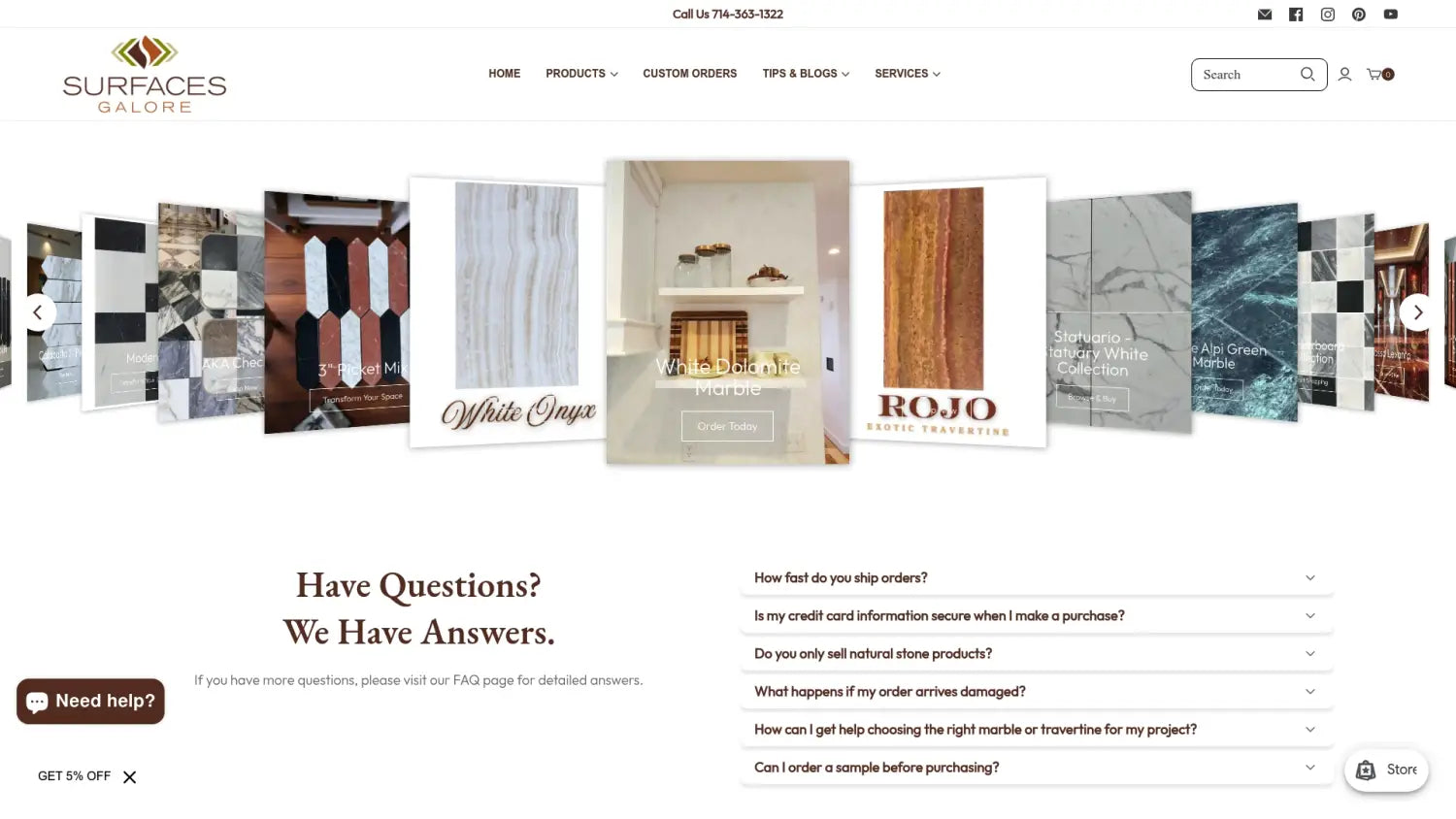
Let the material do the talking. Visit Surfaces Galore right now for direct access to authentic travertine and marble. Supplies for high-impact projects are ready to ship nationwide, so secure your perfect stone before limited batches sell out. Start your next design chapter today.
Frequently Asked Questions
What is travertine and how is it formed?
Travertine is a natural stone that forms through mineral deposition at mineral springs, resulting in a unique porous and layered structure created by trapped carbon dioxide bubbles during the geological process.
What types of finishes are available for travertine?
Travertine can be finished in various ways, including honed, brushed, filled, and tumbled. Each finish alters its appearance and texture, allowing for different design expressions, from smooth and modern to textured and rustic.
What are the main characteristics of travertine?
Travertine features an earthy color palette, typically including creamy whites, rich beiges, and subtle grays. Its porous texture and unique patterns contribute to its natural beauty, making each piece distinct and ideal for various design styles.
What are the pros and cons of using travertine in design?
The pros of travertine include its aesthetic versatility, natural warmth, and affordability. However, it also requires regular maintenance due to its porous nature, which can lead to staining and moisture absorption if not sealed properly.

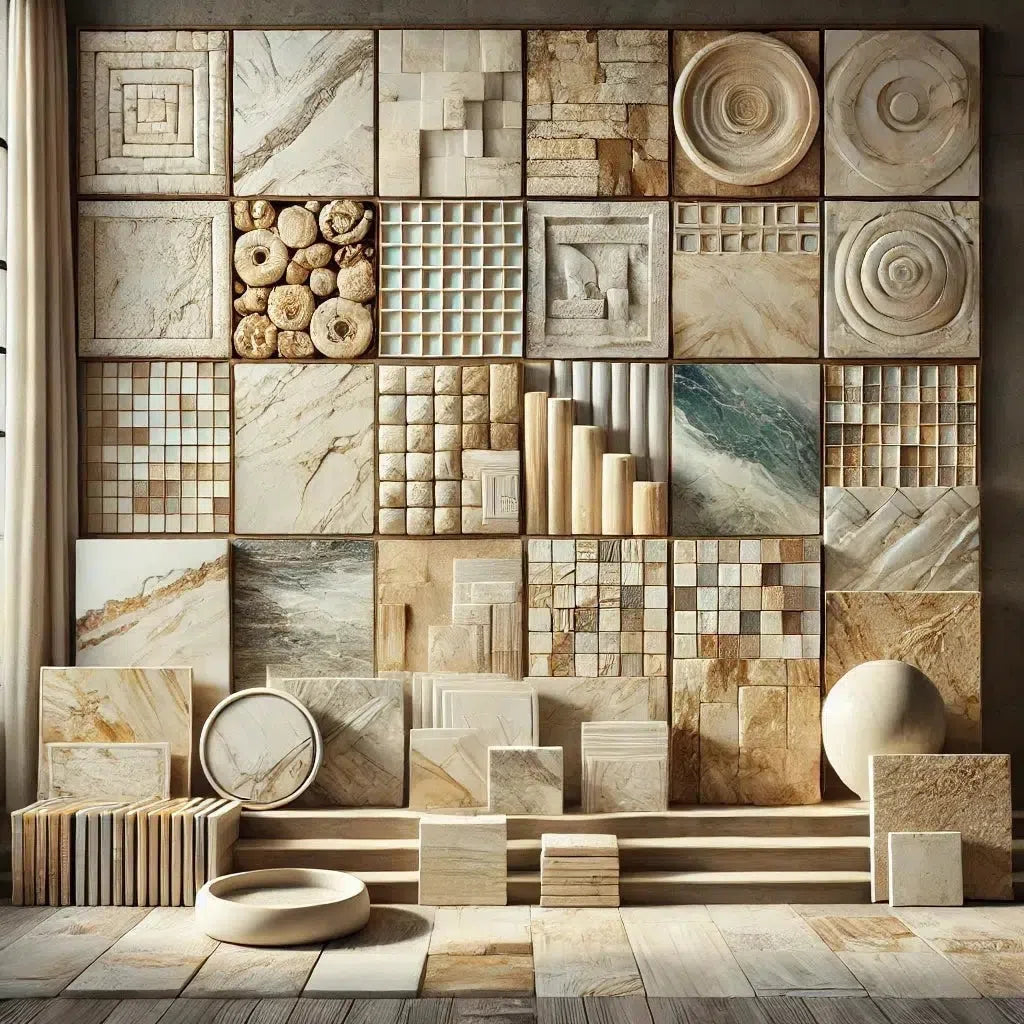 Best Selling Marble Collections
Best Selling Marble Collections
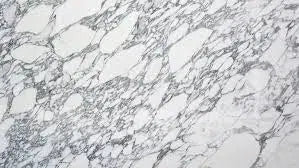 Arabescato Corchia
Arabescato Corchia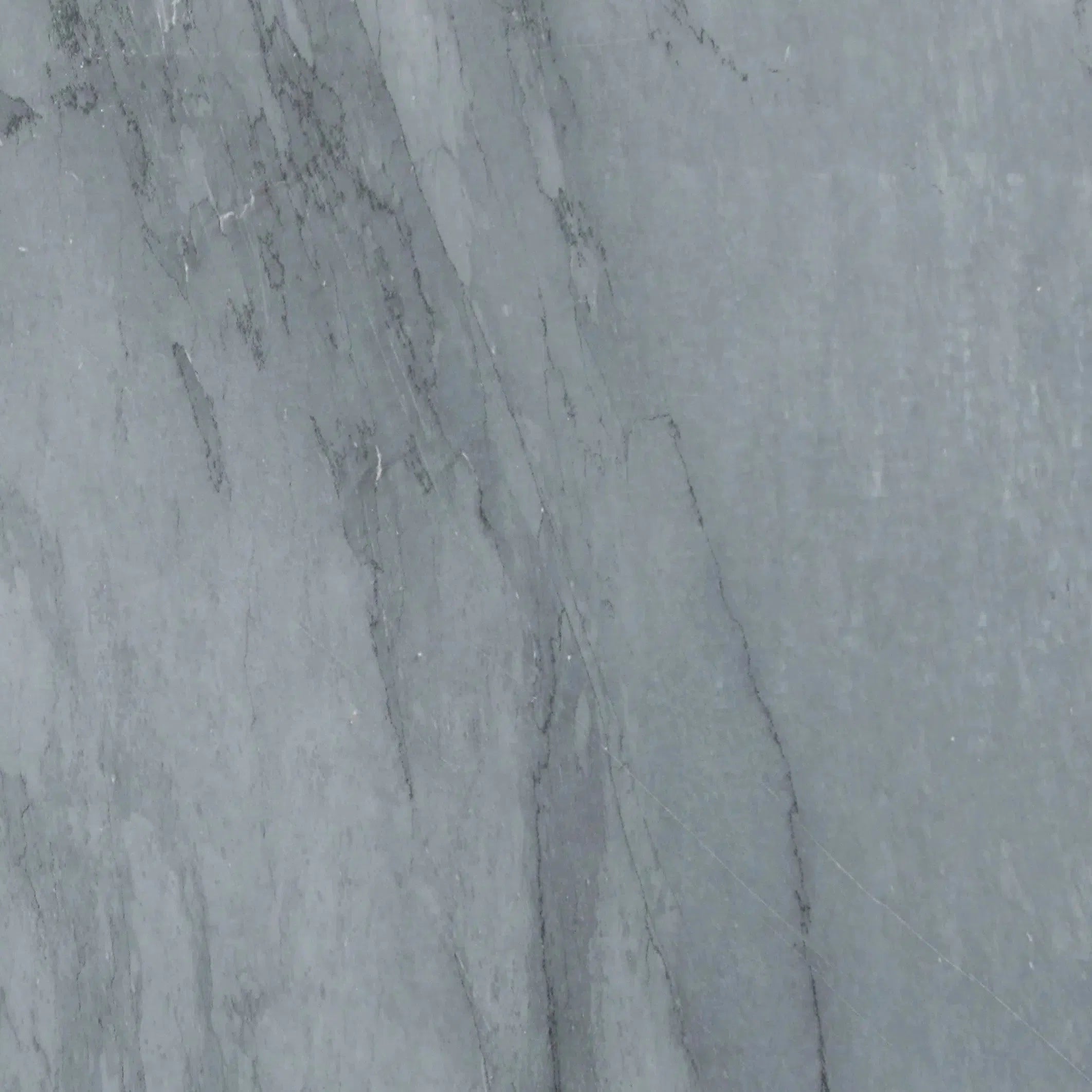 Bardiglio
Bardiglio Bianco Dolomite
Bianco Dolomite 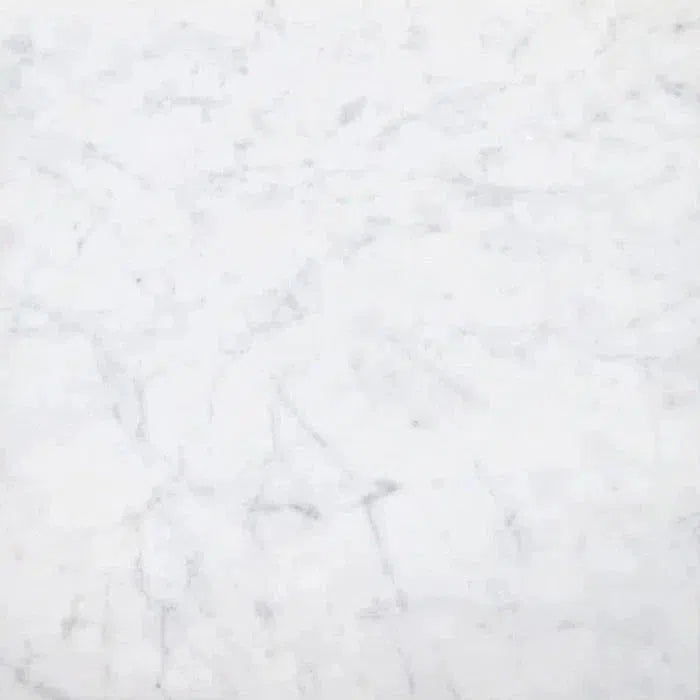 Carrara White
Carrara White 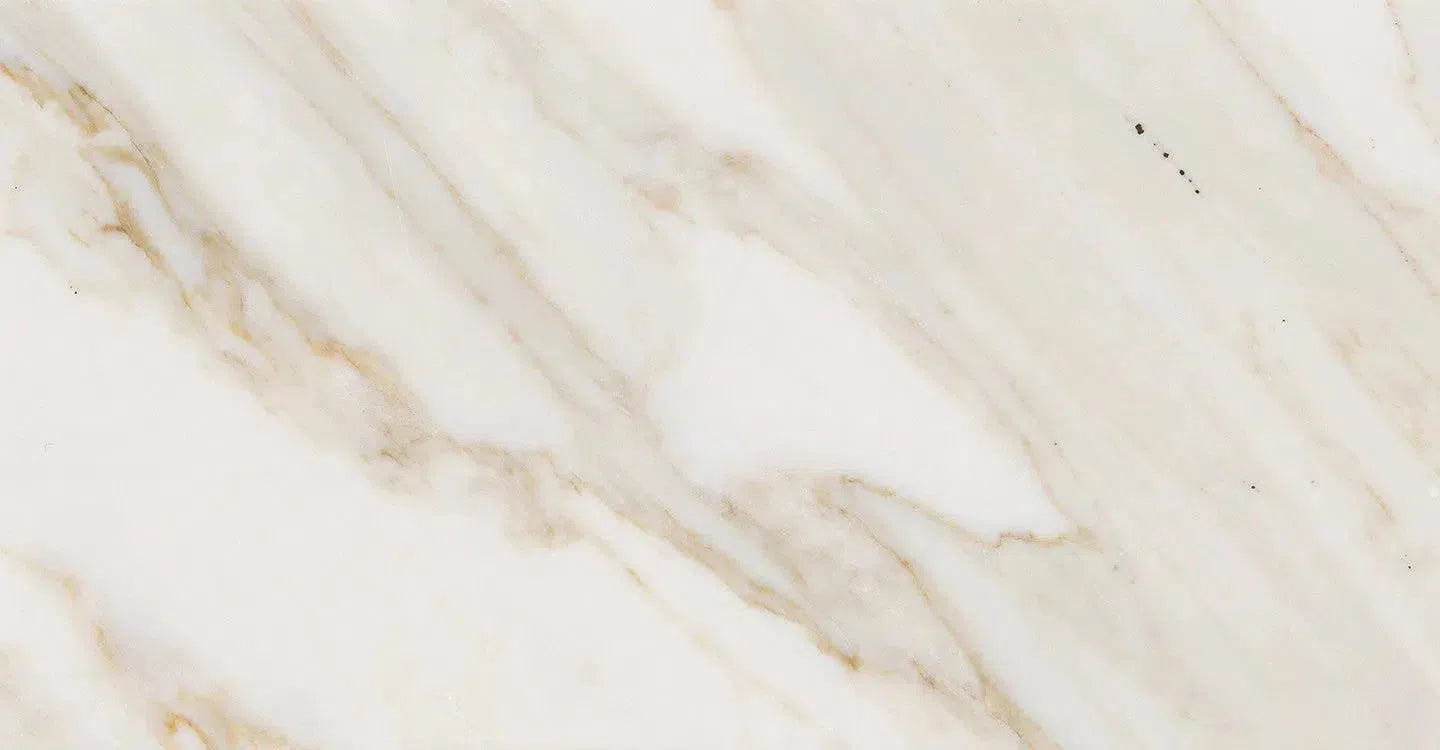 Calacatta Gold
Calacatta Gold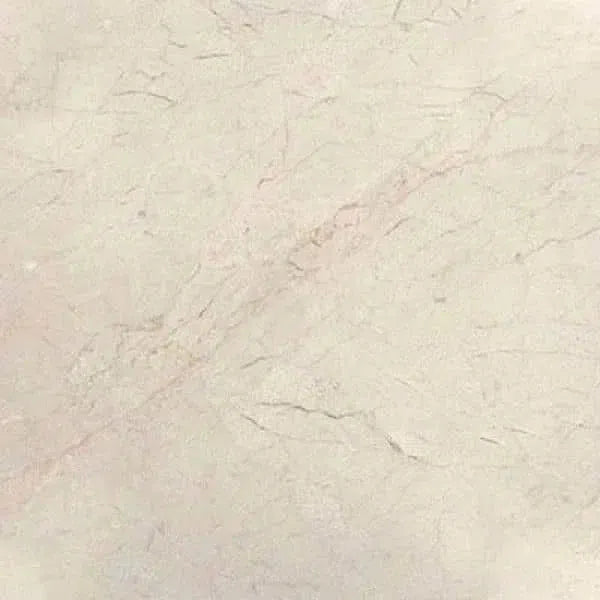 Crema Marfil
Crema Marfil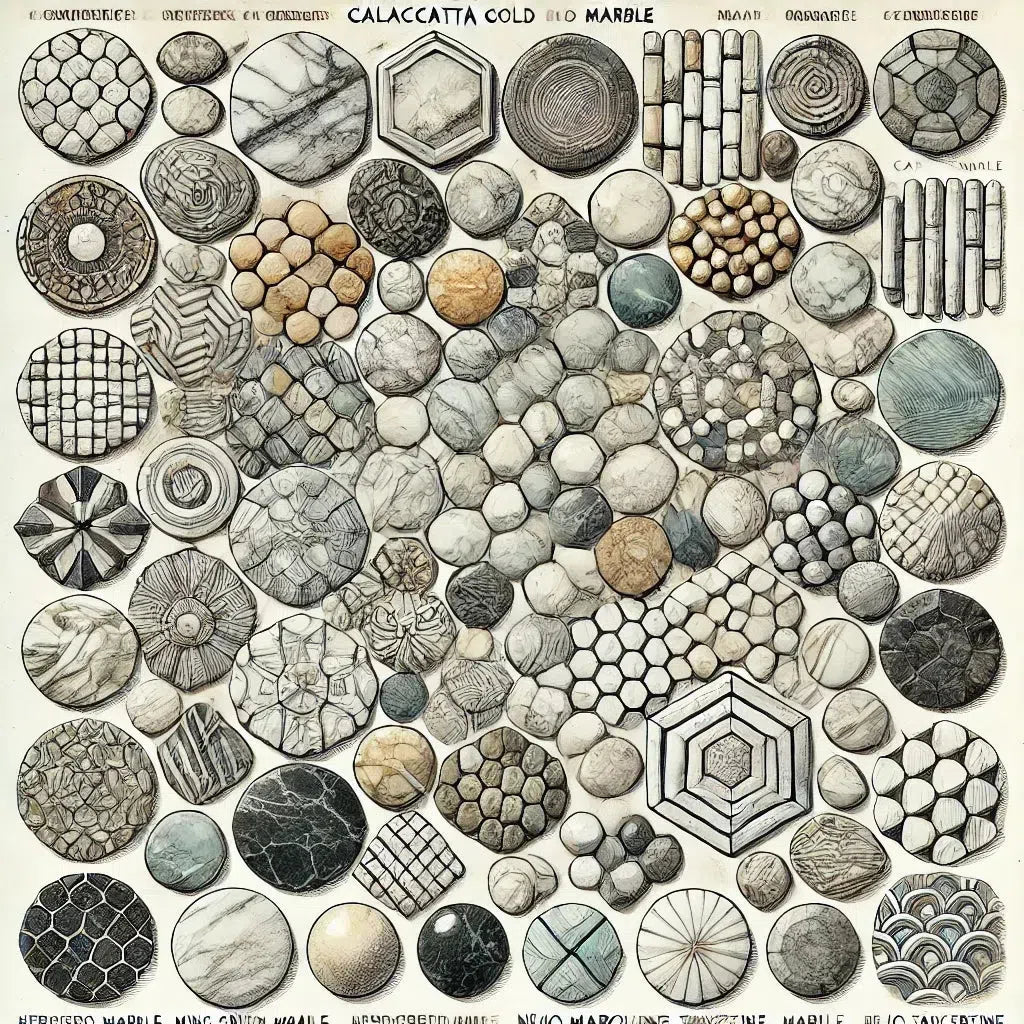 Custom Made Mosaic
Custom Made Mosaic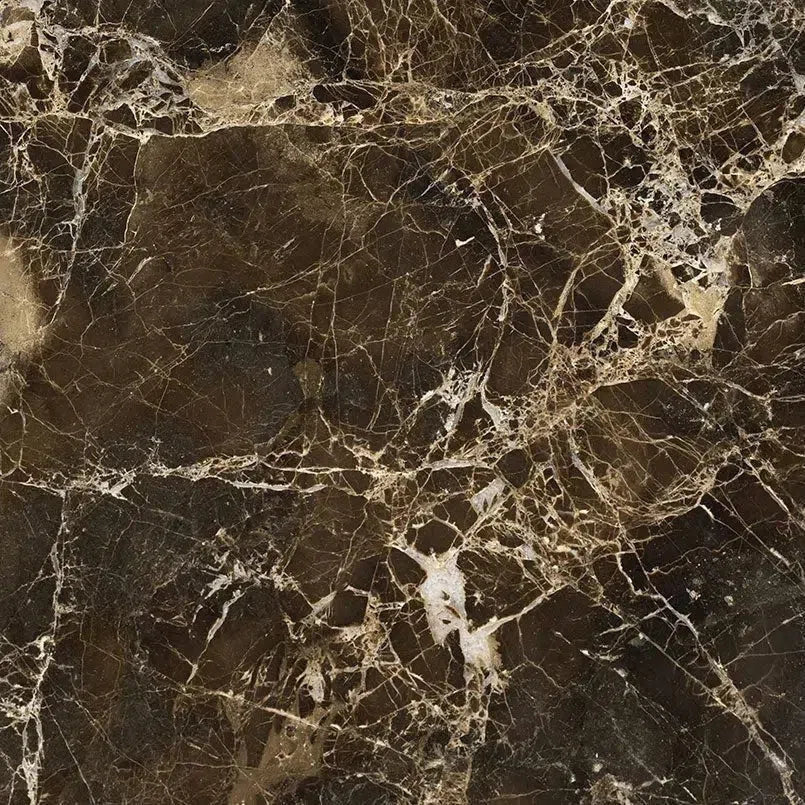 Emperador Dark
Emperador Dark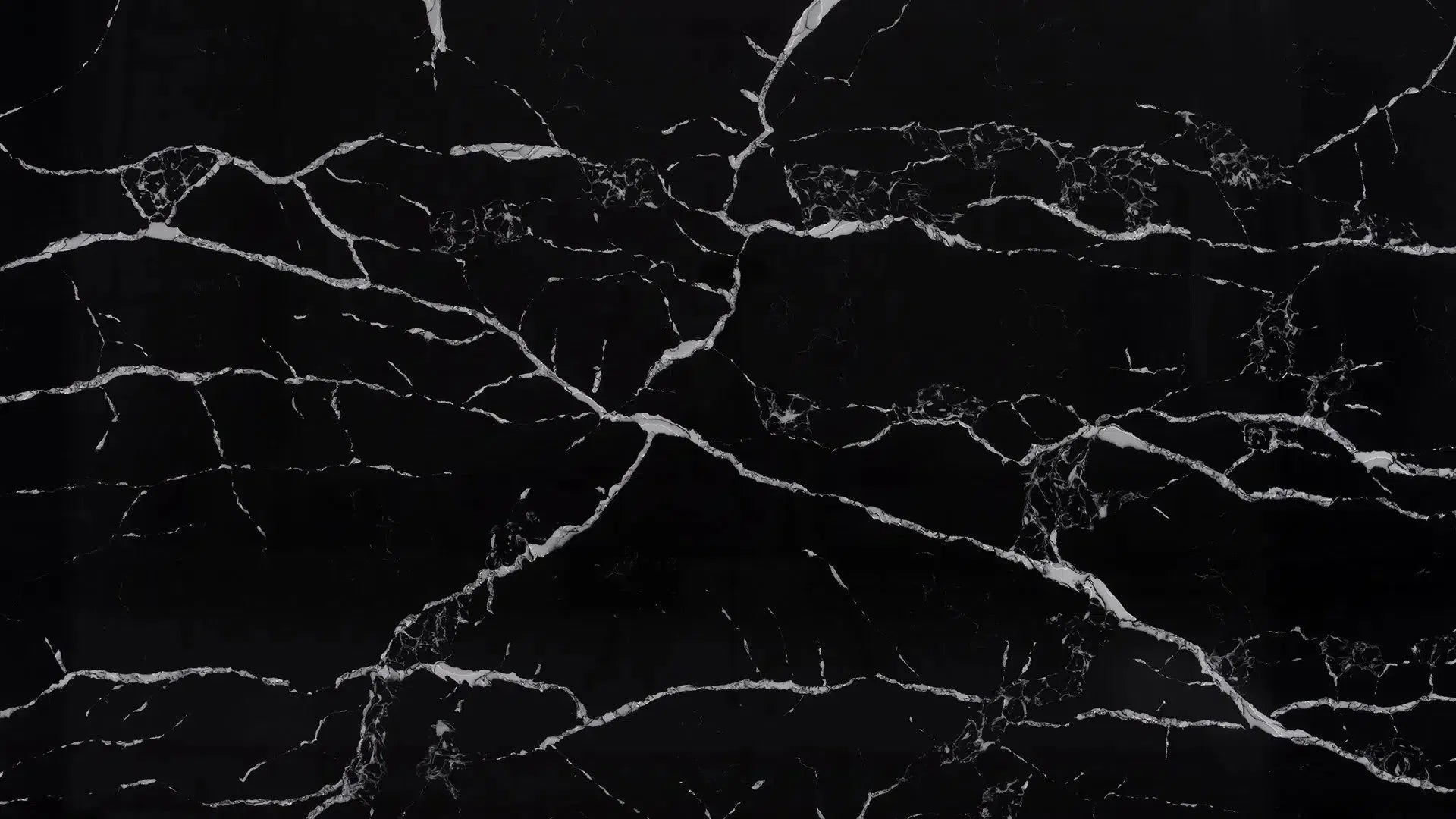 Nero Marquina
Nero Marquina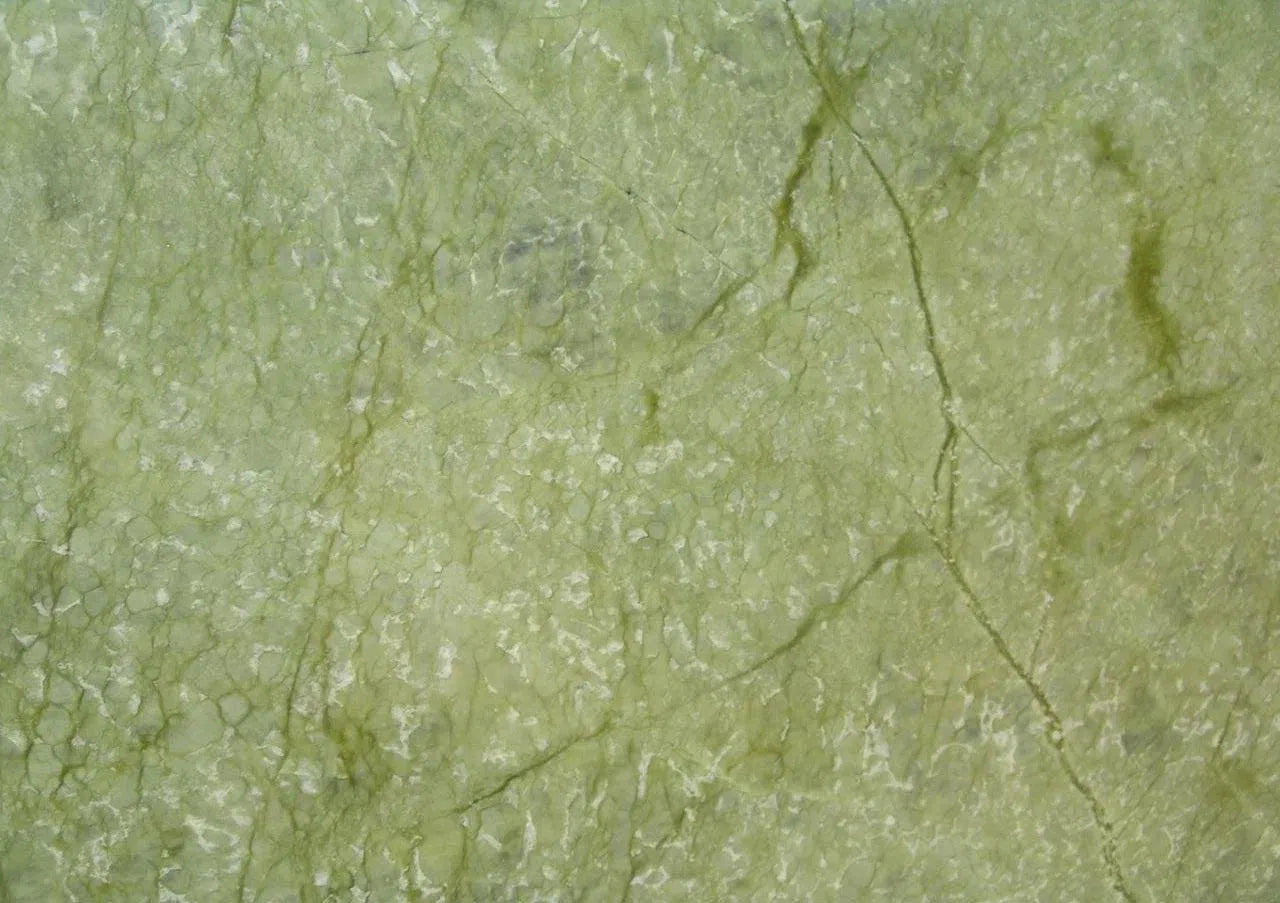 Ming Green Marble
Ming Green Marble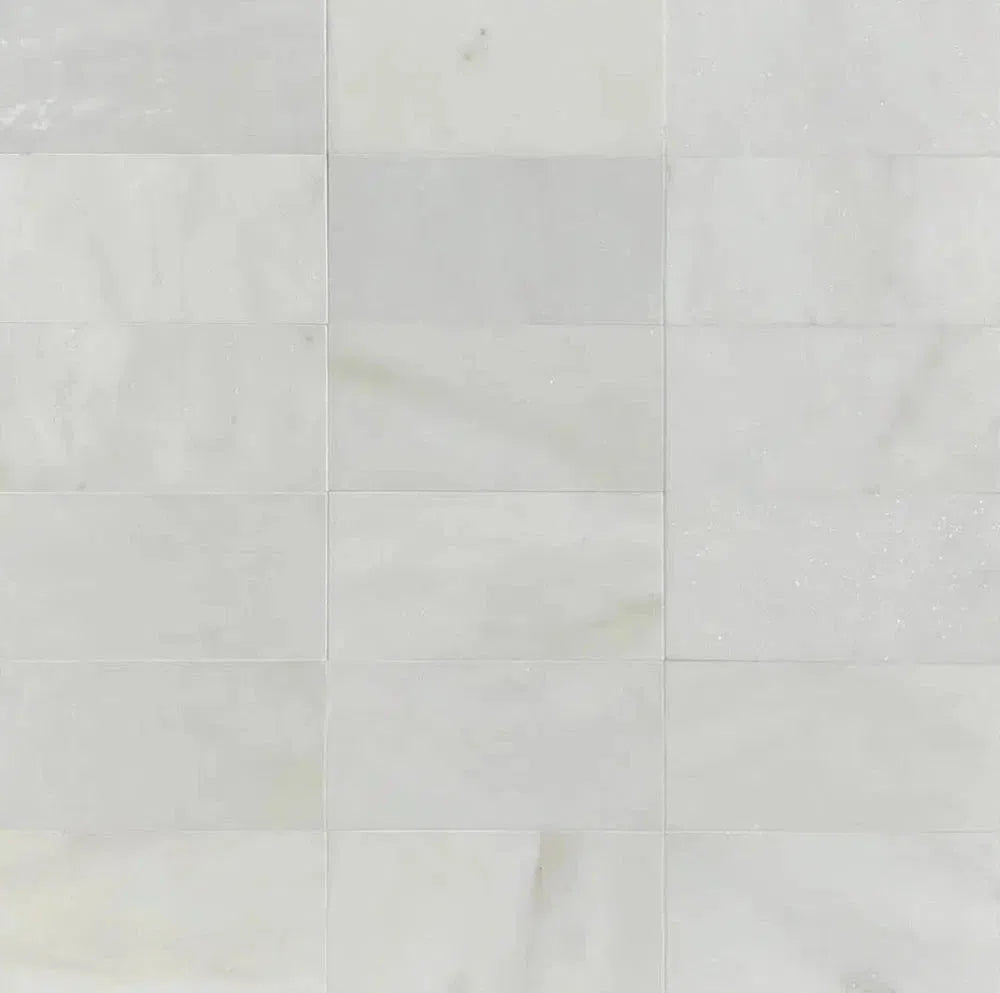 Oriental White Marble (Asian Statuary Marble)
Oriental White Marble (Asian Statuary Marble)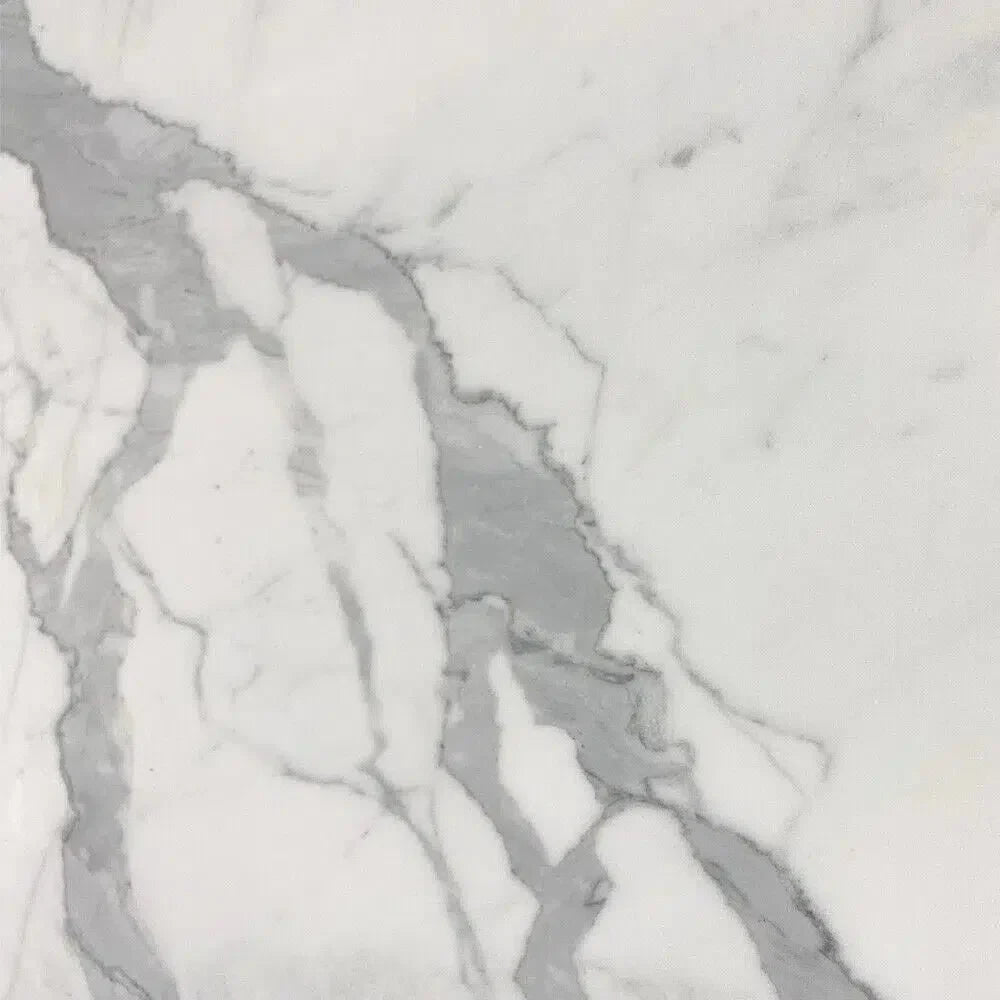 Statuary - Statuario White (Italian) Marble
Statuary - Statuario White (Italian) Marble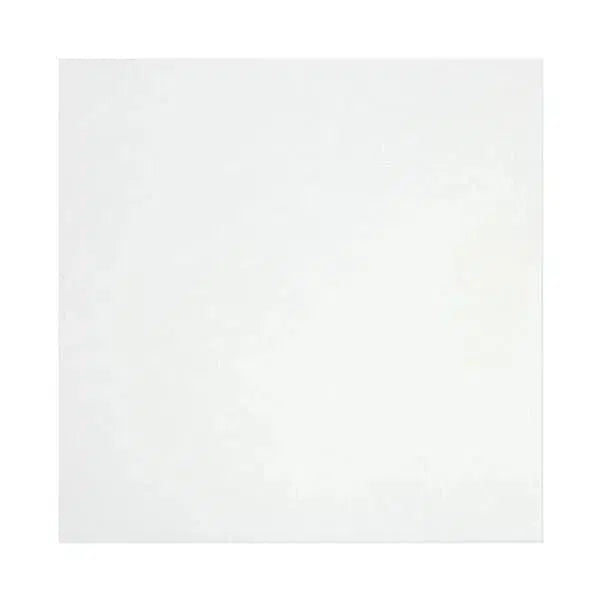 Thassos White
Thassos White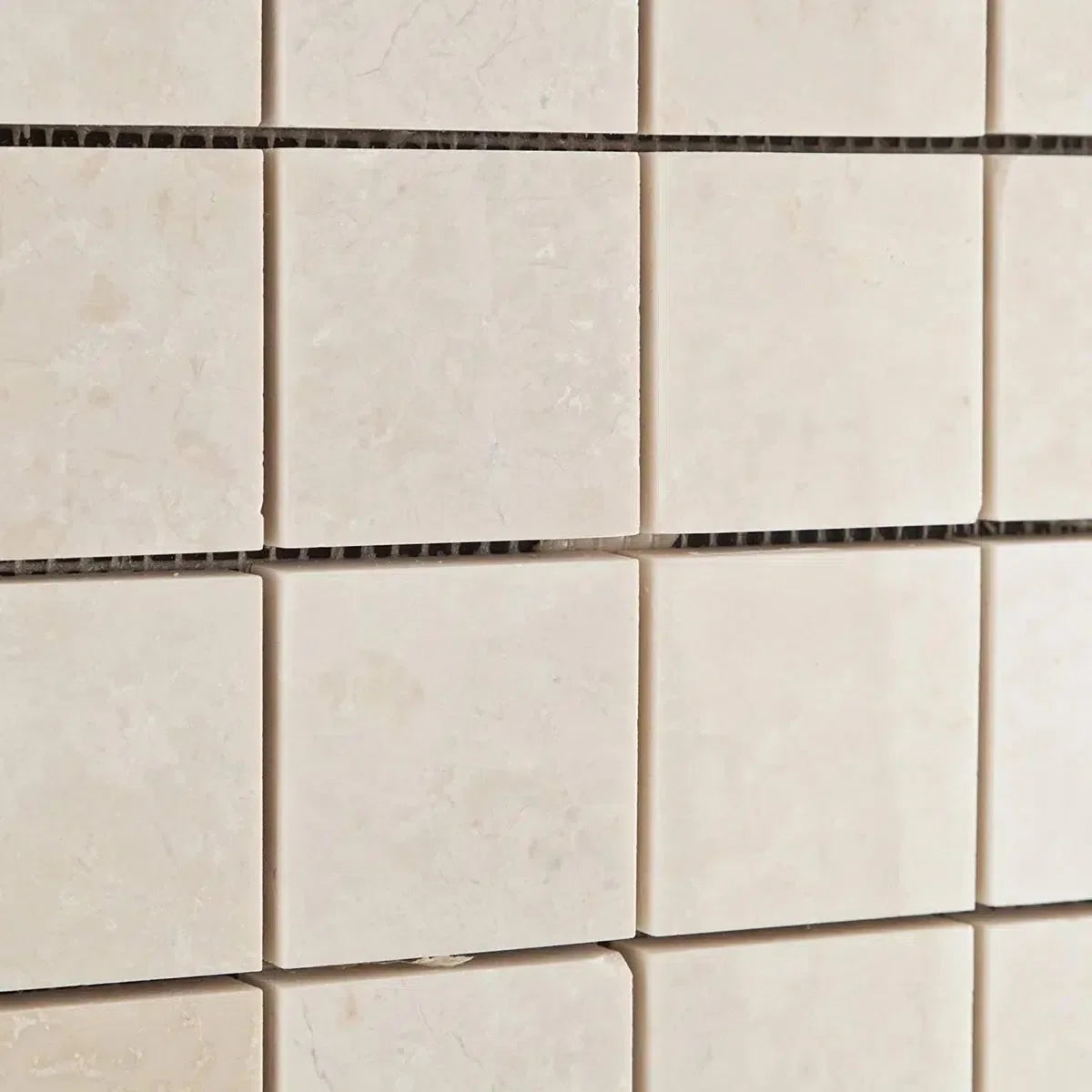 White Pearl/Botticino Beige Marble
White Pearl/Botticino Beige Marble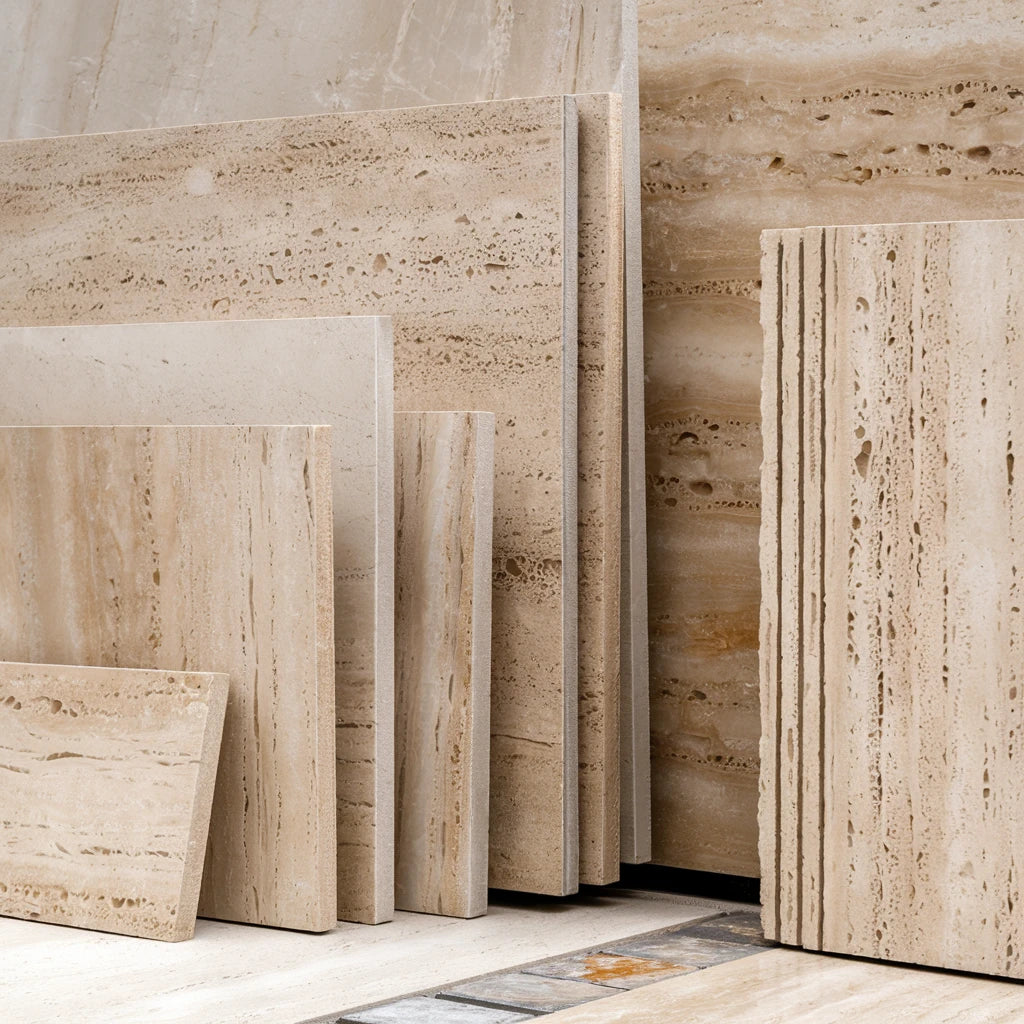 Best Selling Travertine Collections
Best Selling Travertine Collections
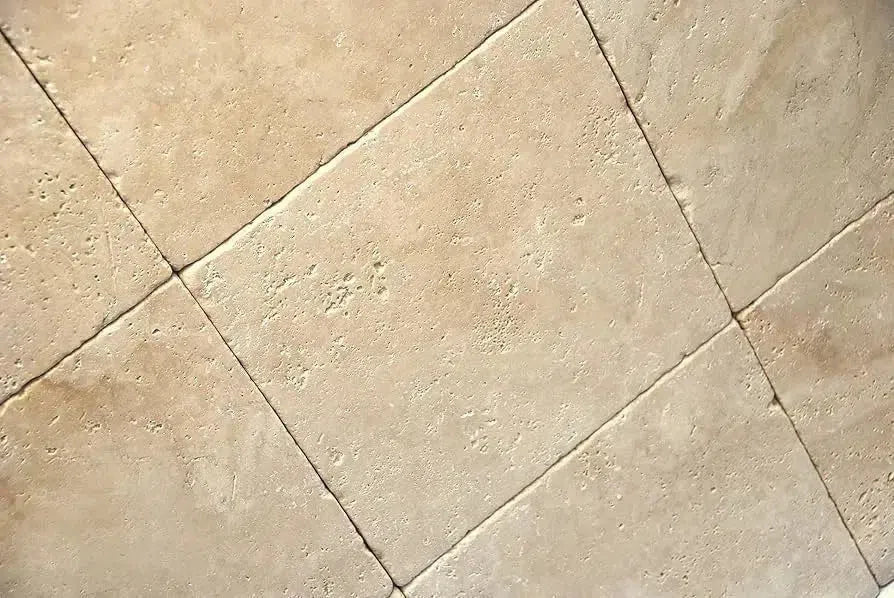 Ivory Travertine
Ivory Travertine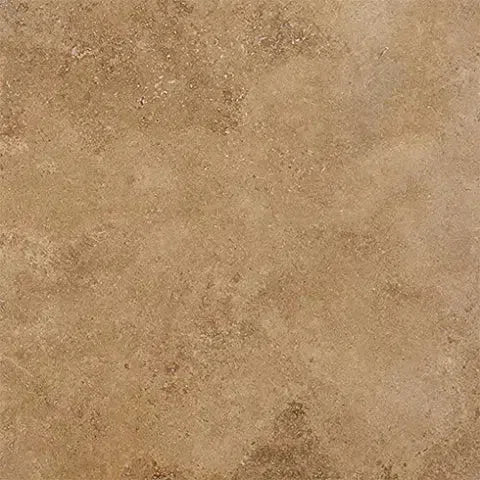 Noce Travertine
Noce Travertine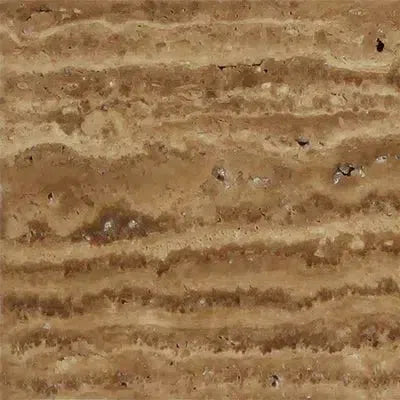 Exotic Noce Travertine
Exotic Noce Travertine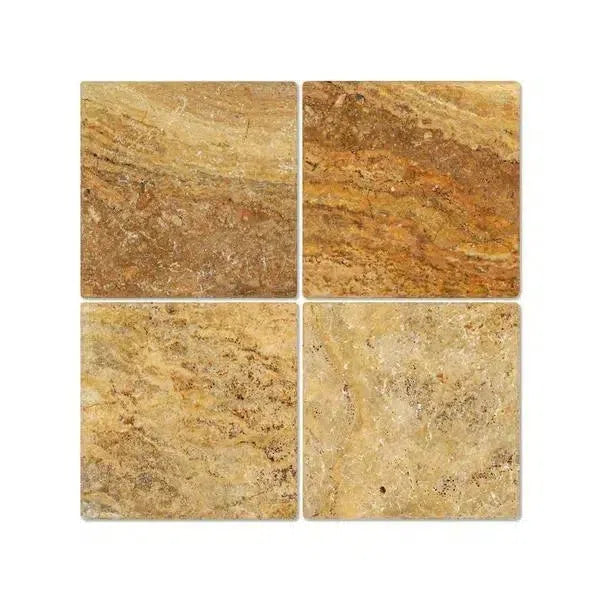 Scabos | Autumn Leaves Travertine
Scabos | Autumn Leaves Travertine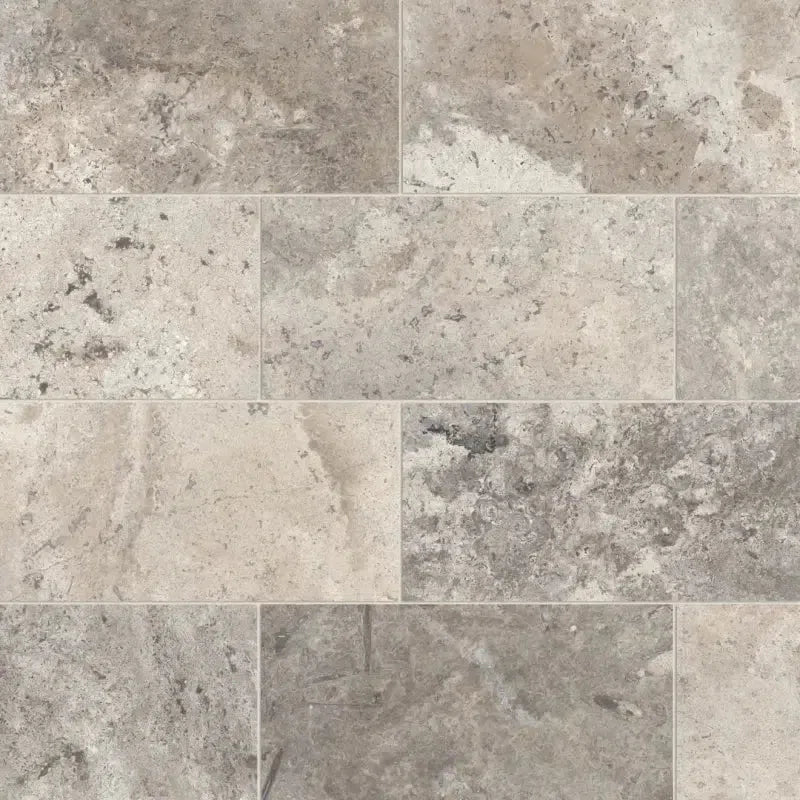 Silver Travertine
Silver Travertine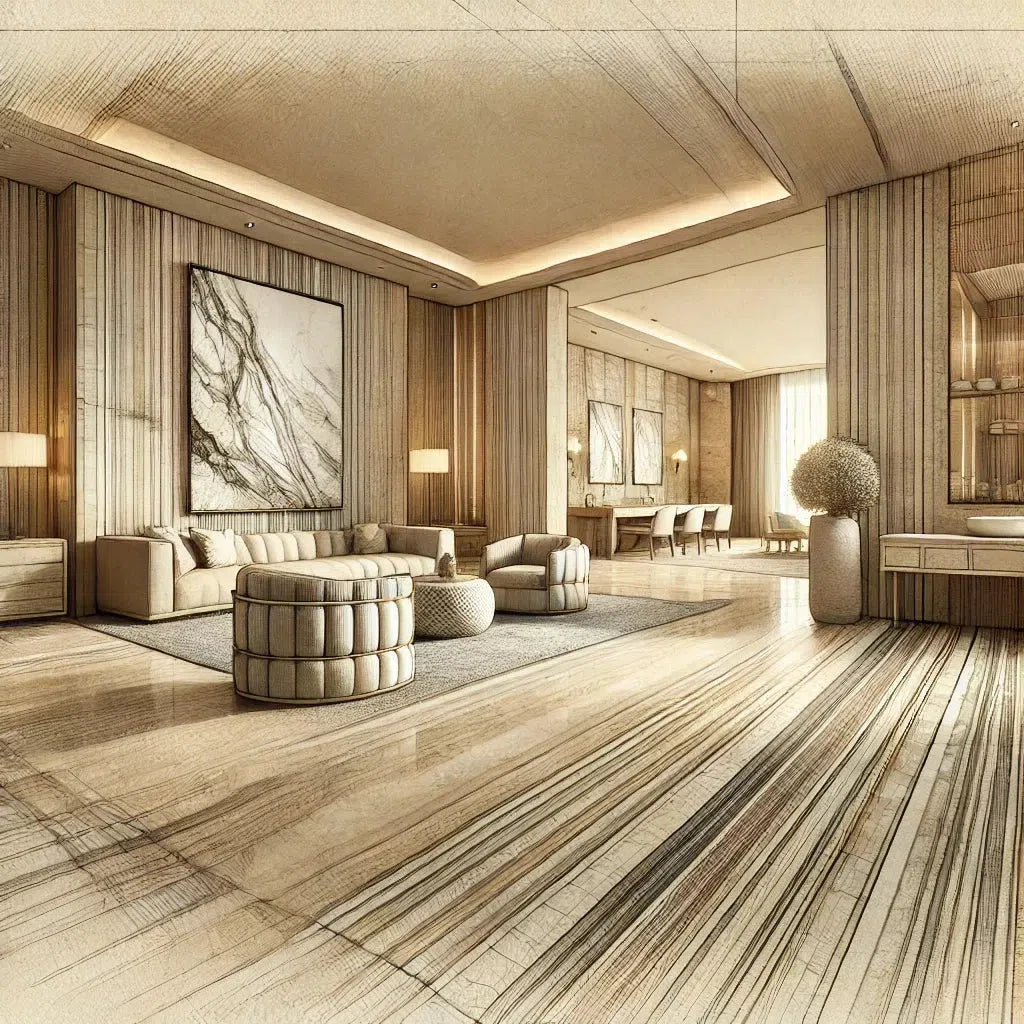 Exotic Travertine
Exotic Travertine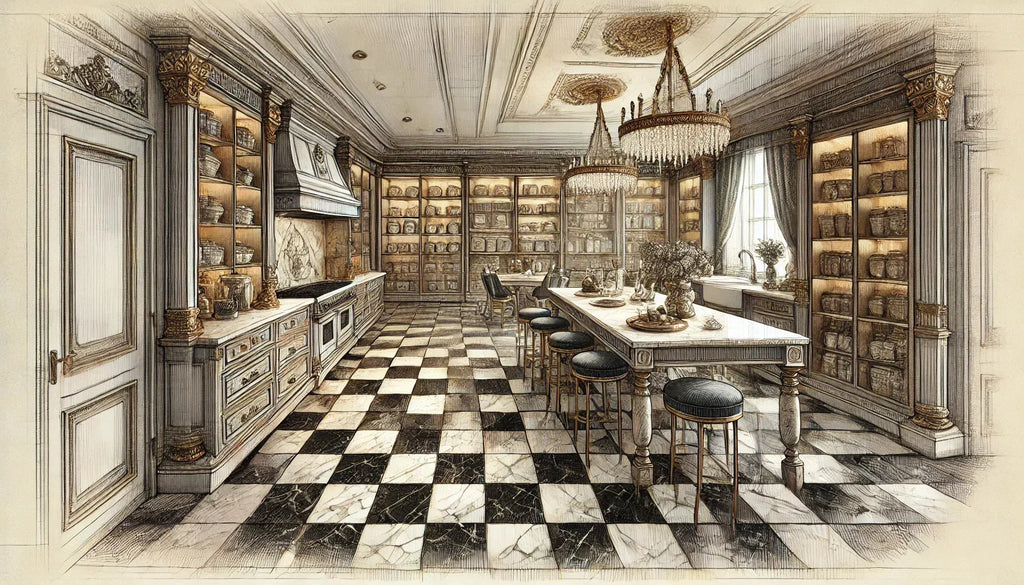 Checkerboard
Checkerboard
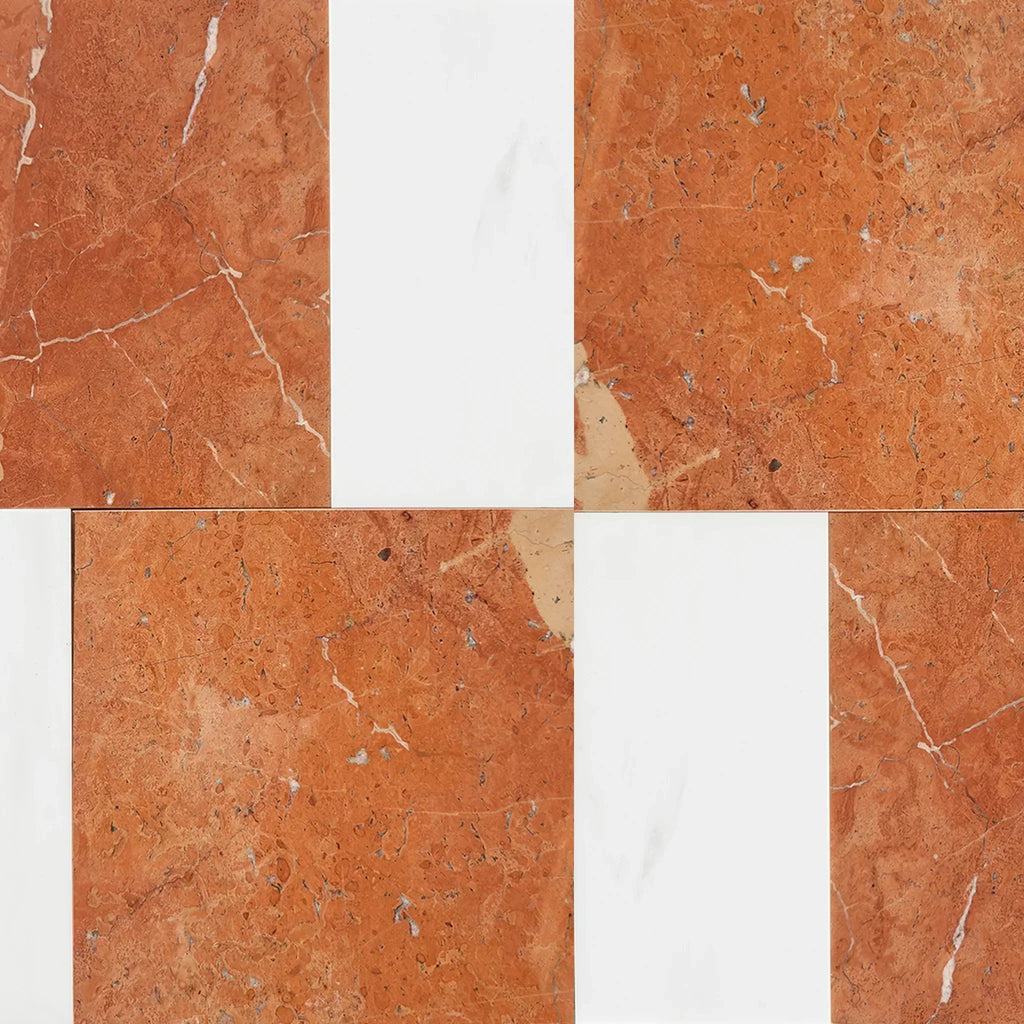 Patterned Tile
Patterned Tile
 Shop By Material
Shop By Material
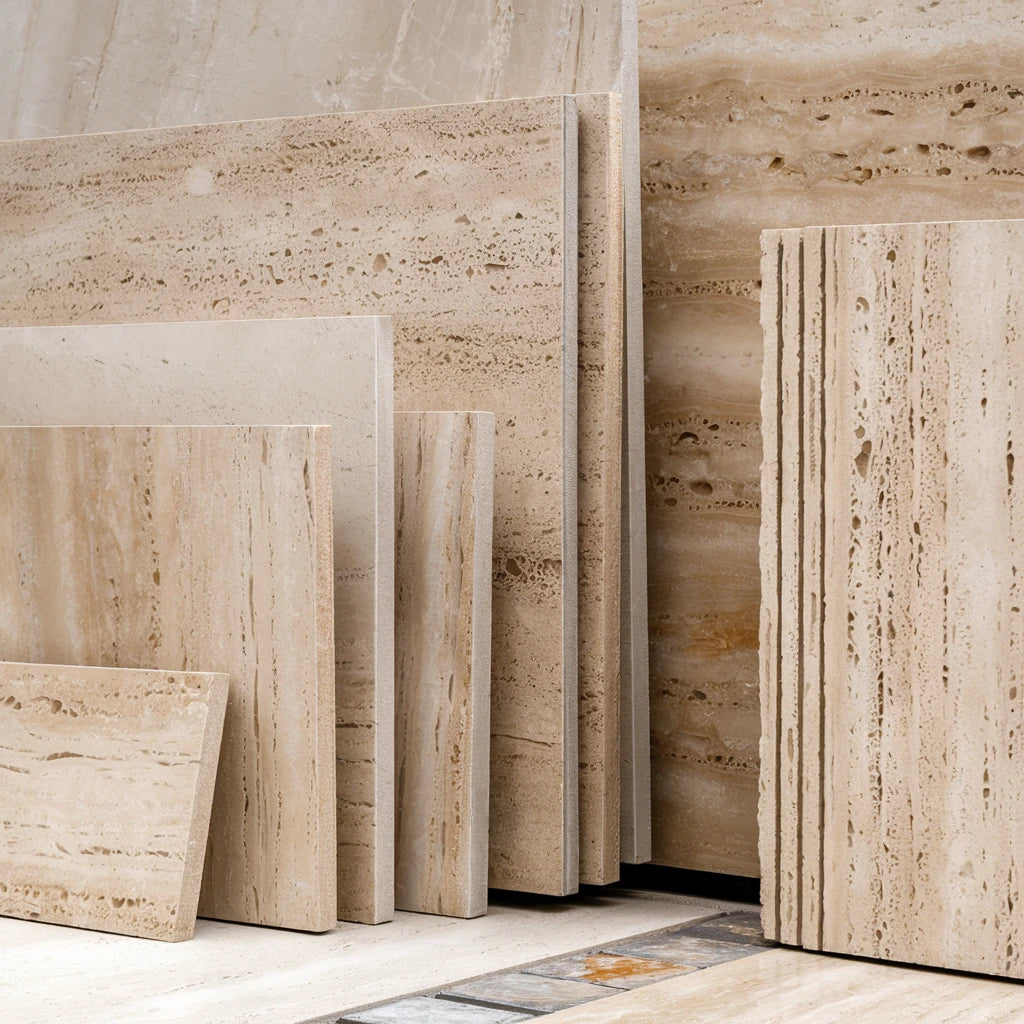 Travertine
Travertine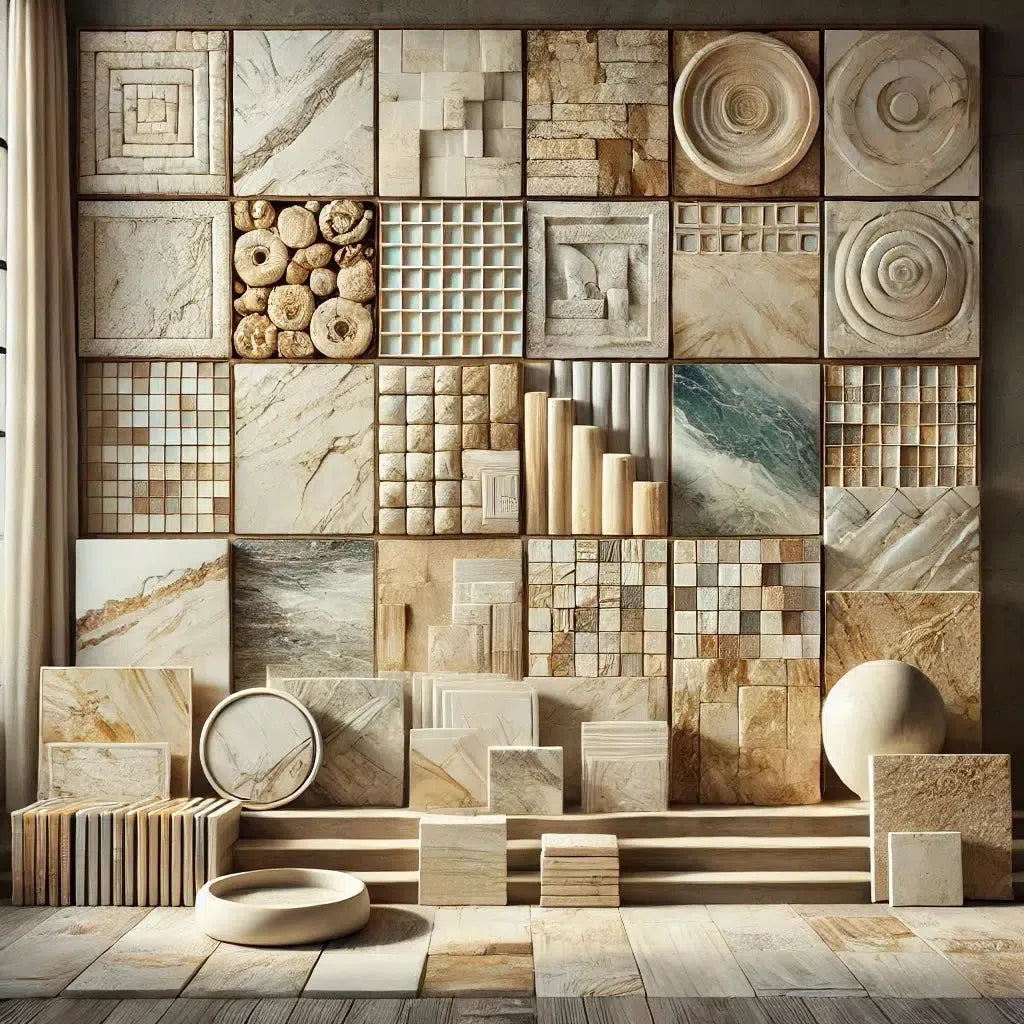 Marble
Marble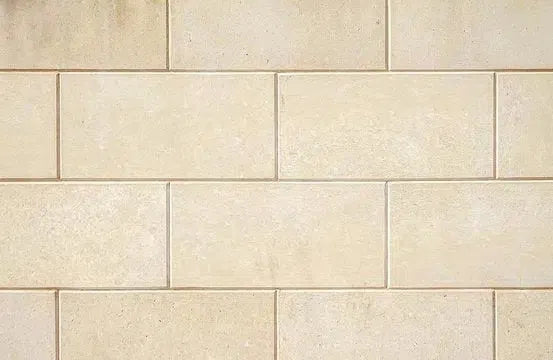 Limestone
Limestone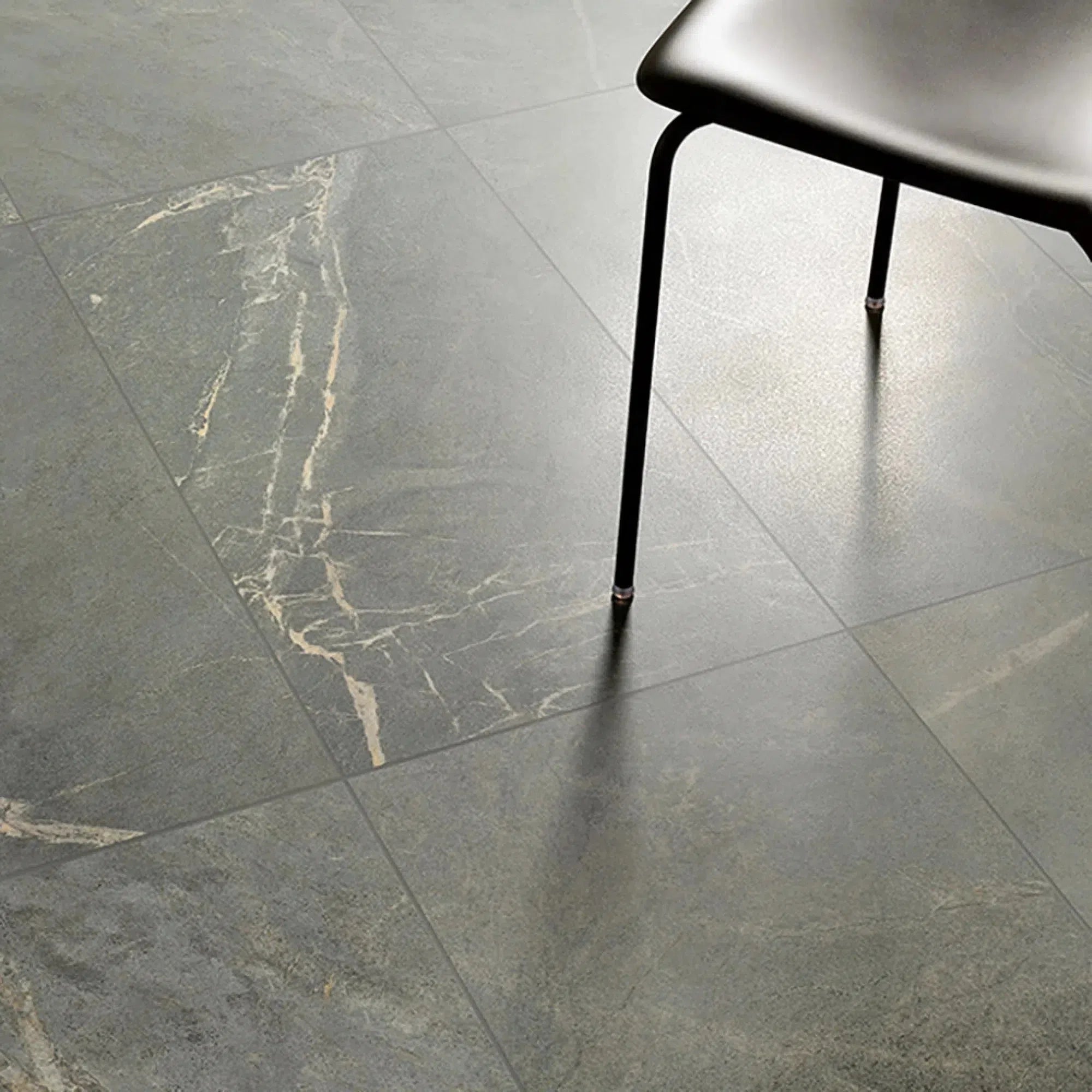 Soap Stone
Soap Stone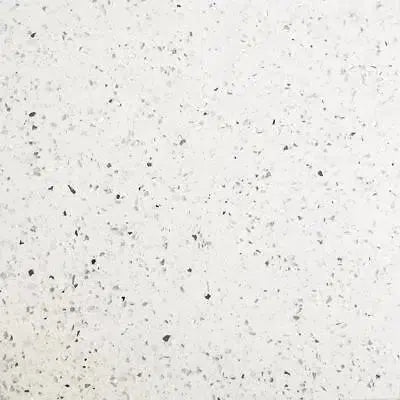 Quartz
Quartz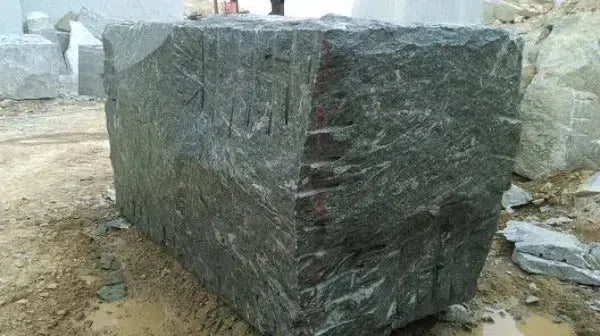 Granite
Granite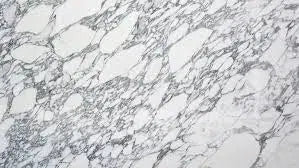 Shop By Name
Shop By Name
 Absolute Black Granite
Absolute Black Granite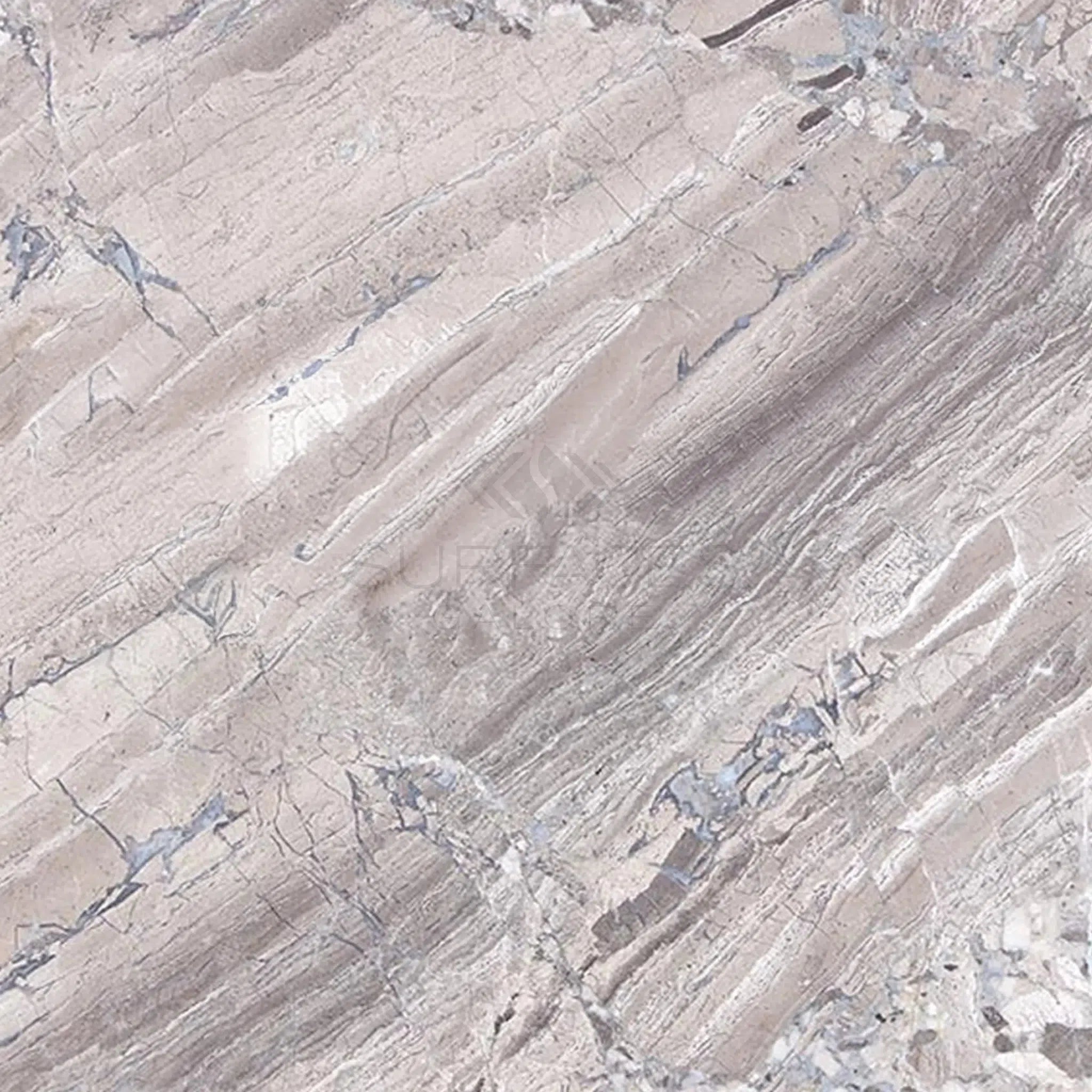 Atlantic Gray Marble
Atlantic Gray Marble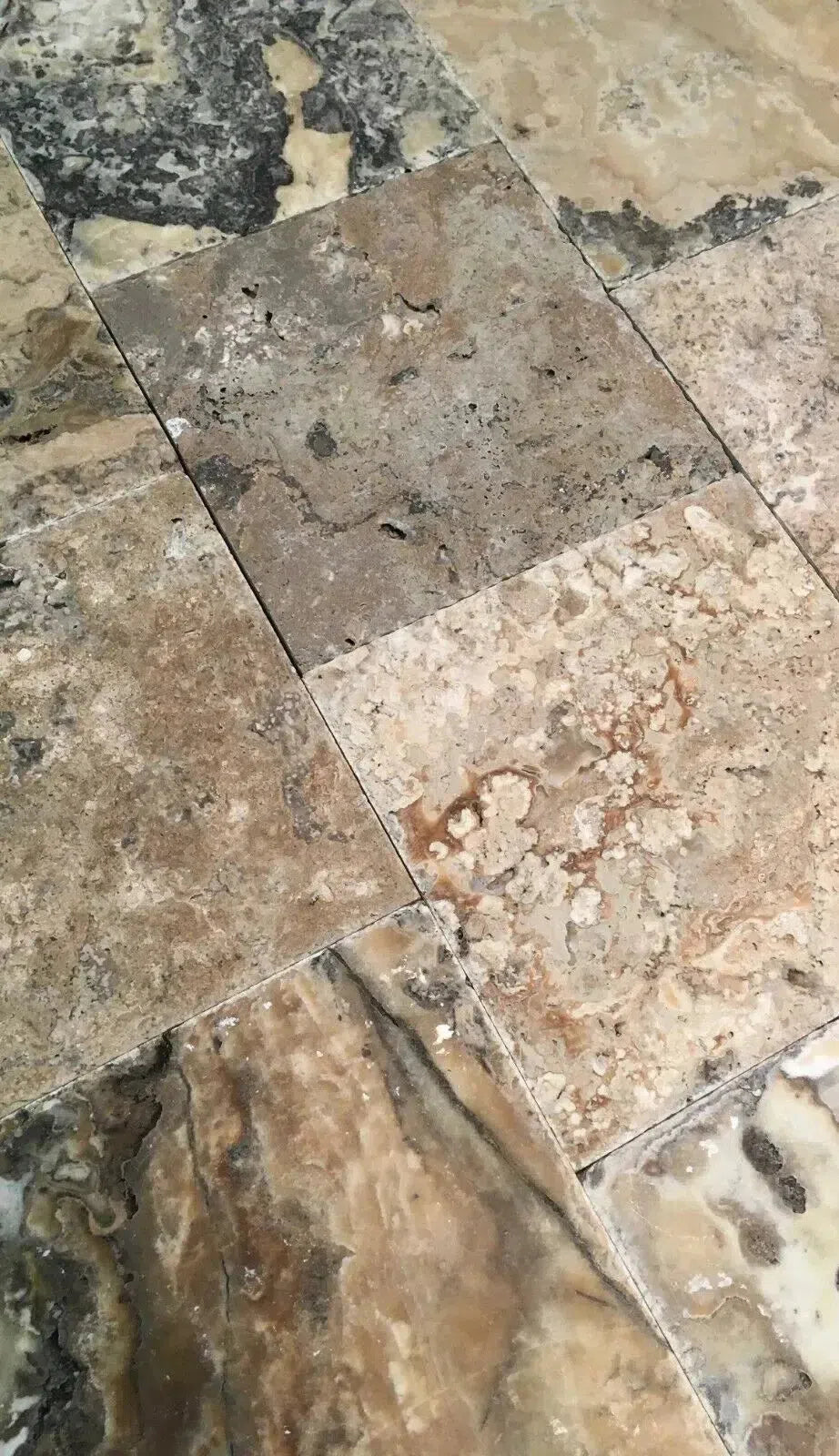 Antico Onyx Travertine
Antico Onyx Travertine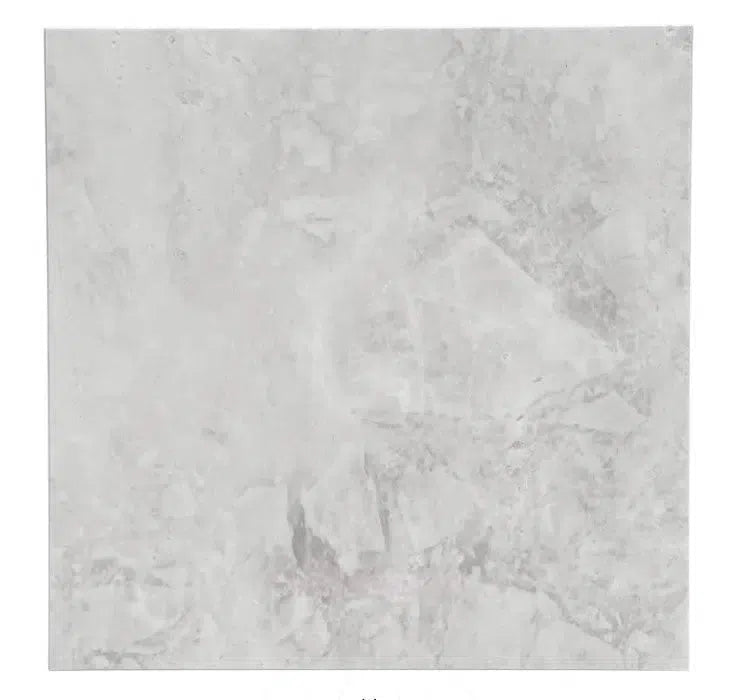 Bianco Congelato Dolomite
Bianco Congelato Dolomite Bianco Venatino (Bianco Mare) Marble
Bianco Venatino (Bianco Mare) Marble Burgundy Mocha Marble
Burgundy Mocha Marble Calacatta Verde Royale Marble
Calacatta Verde Royale Marble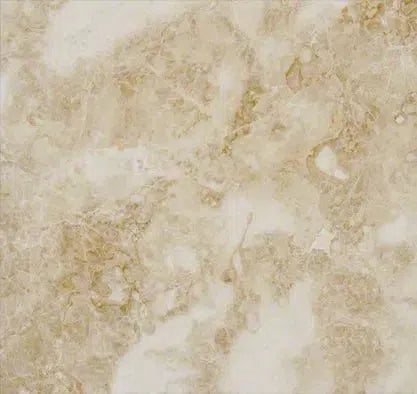 Cappuccino Marble
Cappuccino Marble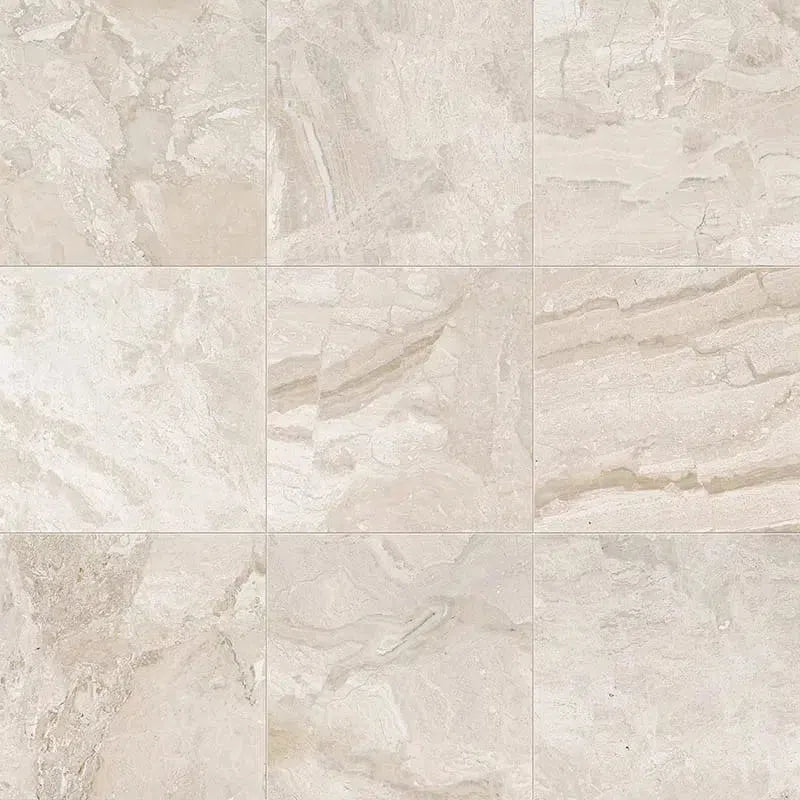 Diano Royal (Queen Beige) Marble
Diano Royal (Queen Beige) Marble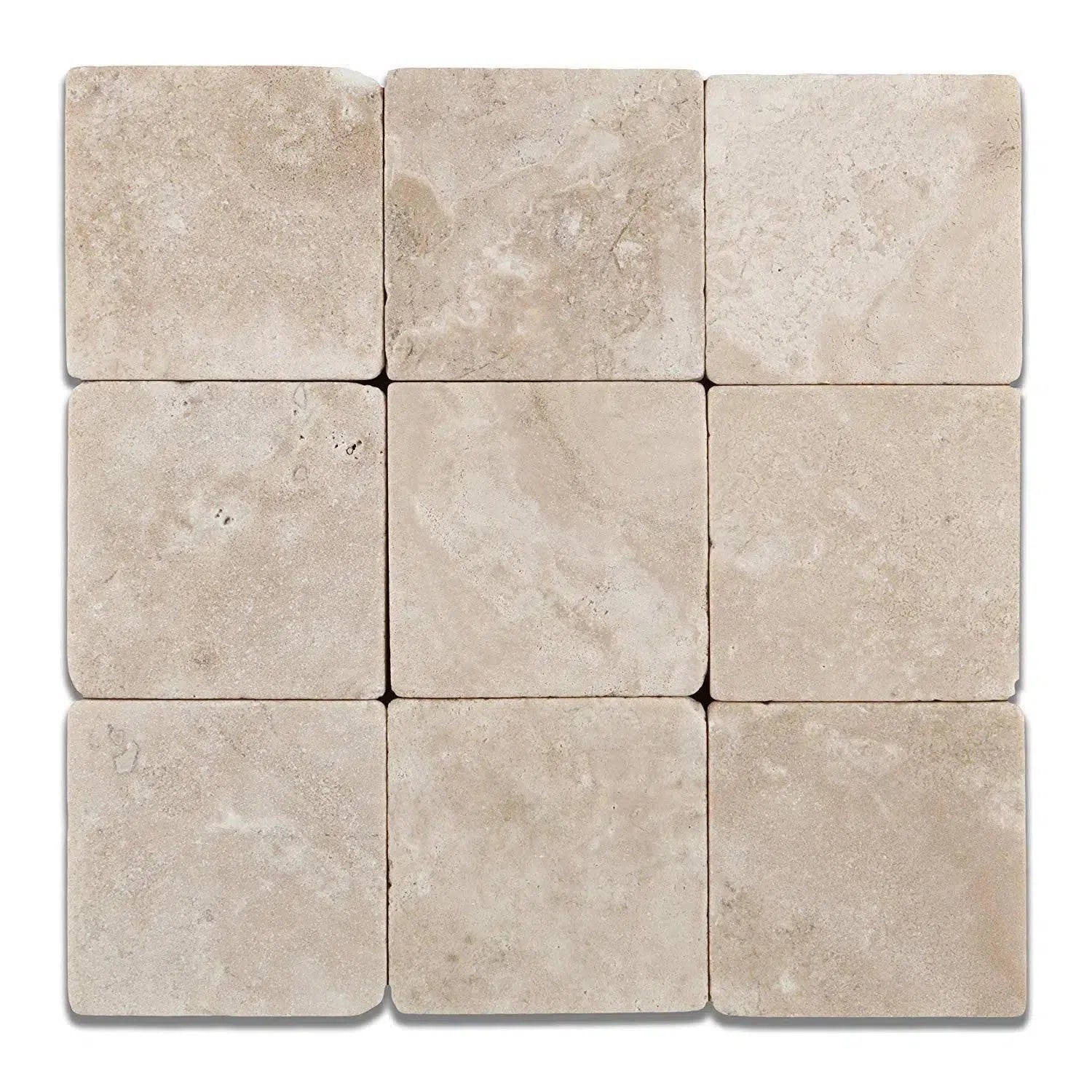 Durango Cream Traverine
Durango Cream Traverine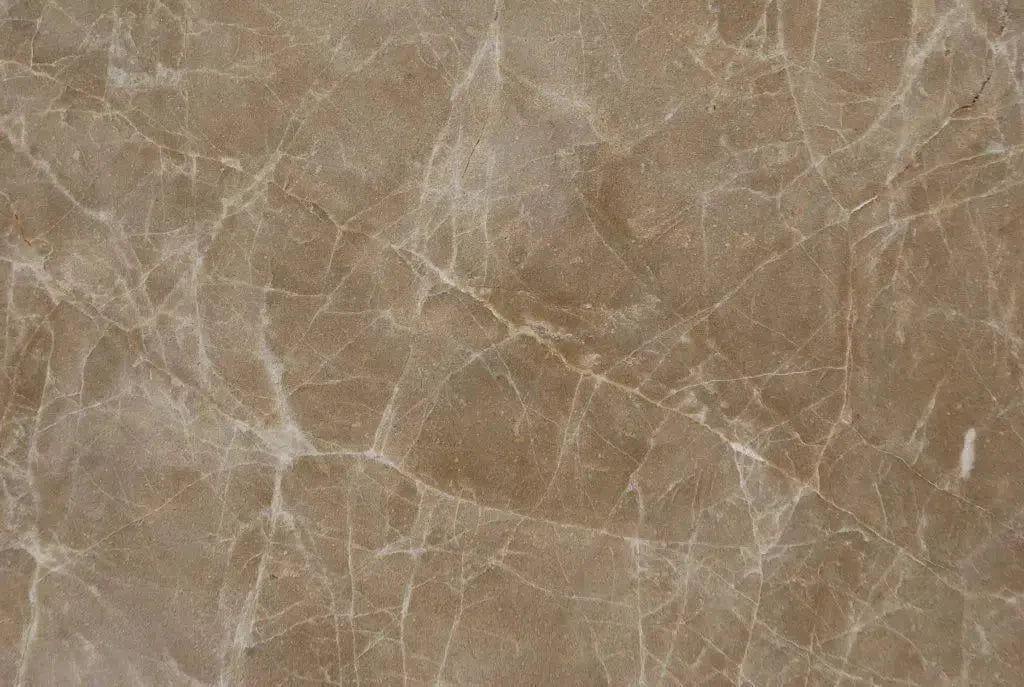 Emperador Light Marble
Emperador Light Marble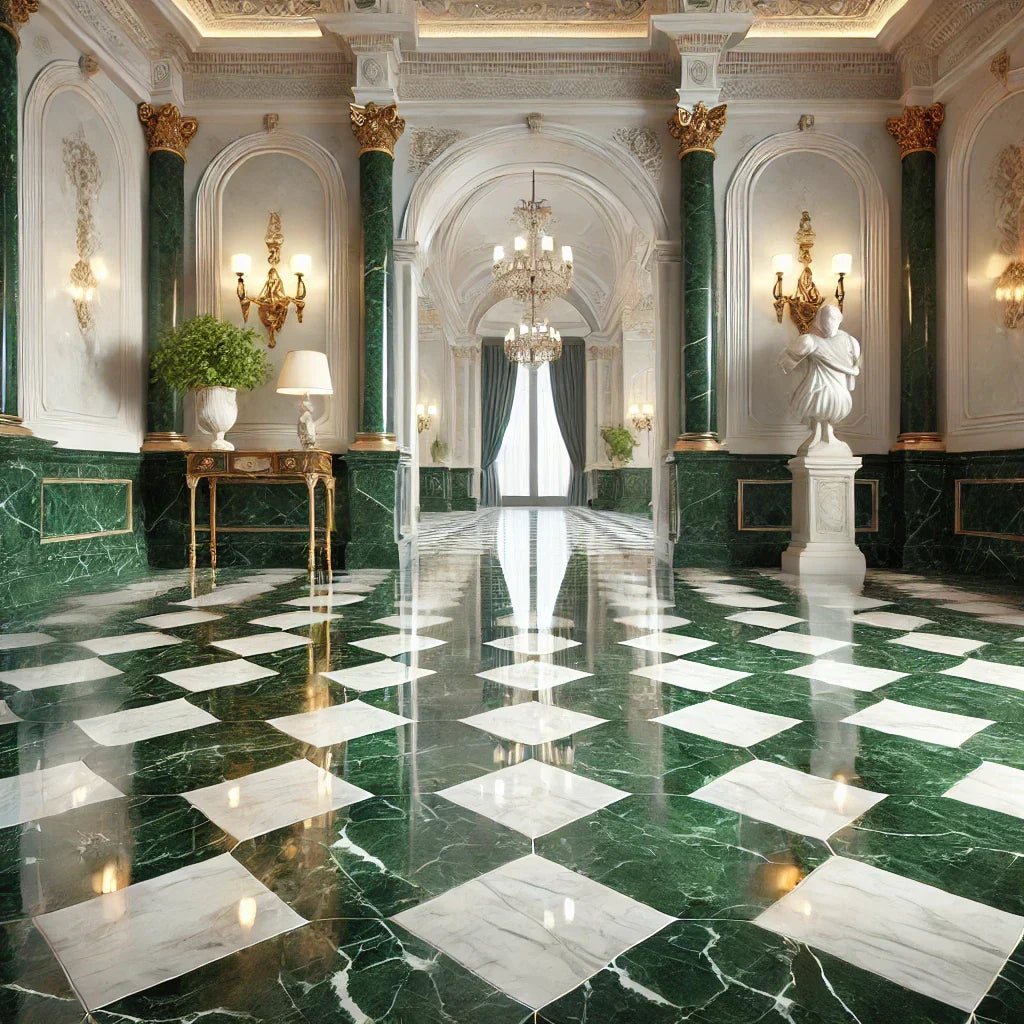 Empress Green Marble
Empress Green Marble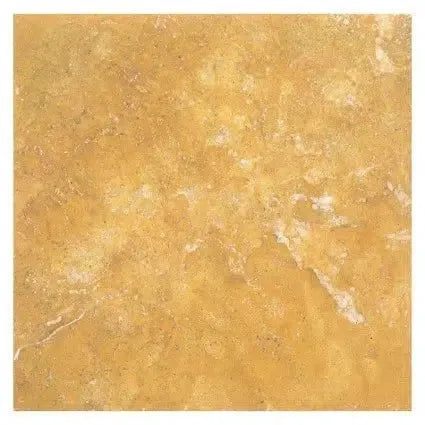 Gold/Yellow Travertine
Gold/Yellow Travertine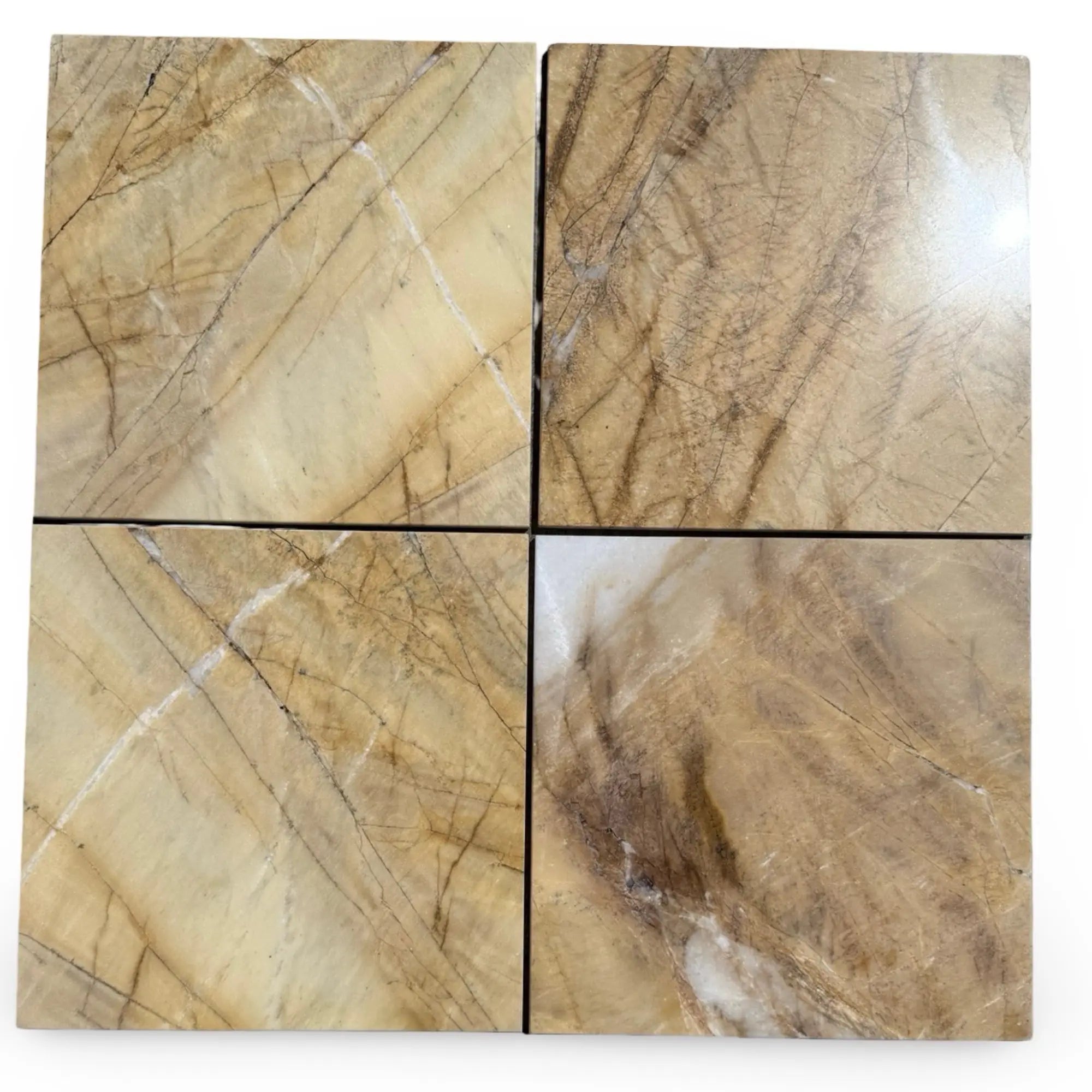 Golden Horizon Marble
Golden Horizon Marble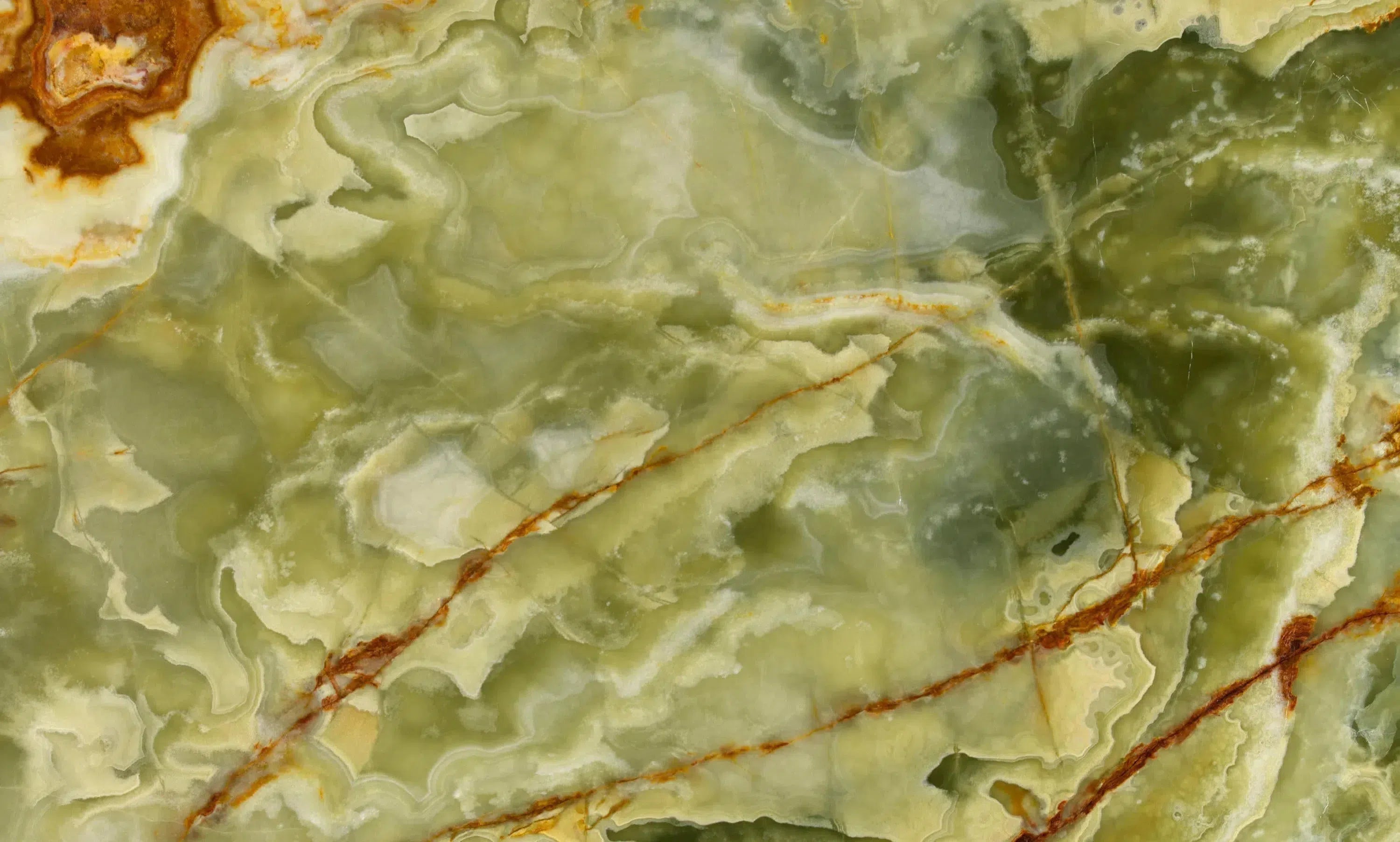 Green Onyx Marble
Green Onyx Marble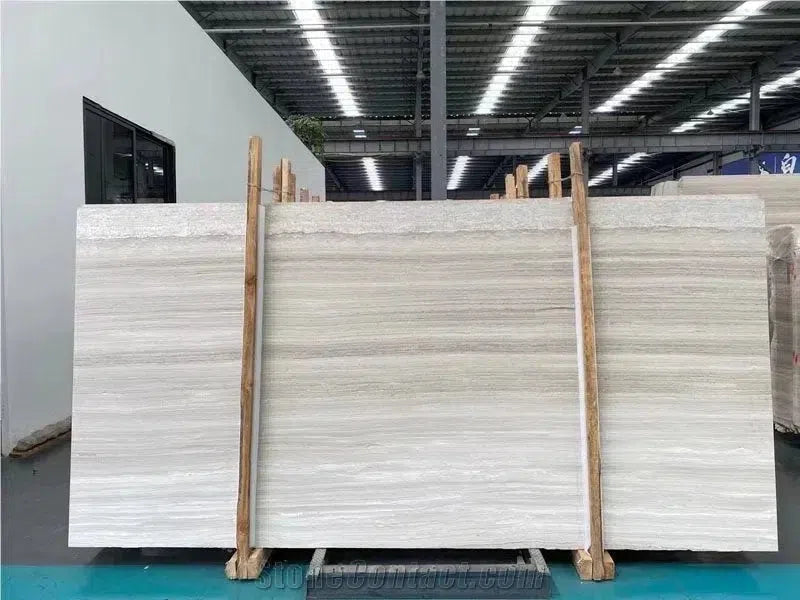 Haisa Light (White Wood) Limestone
Haisa Light (White Wood) Limestone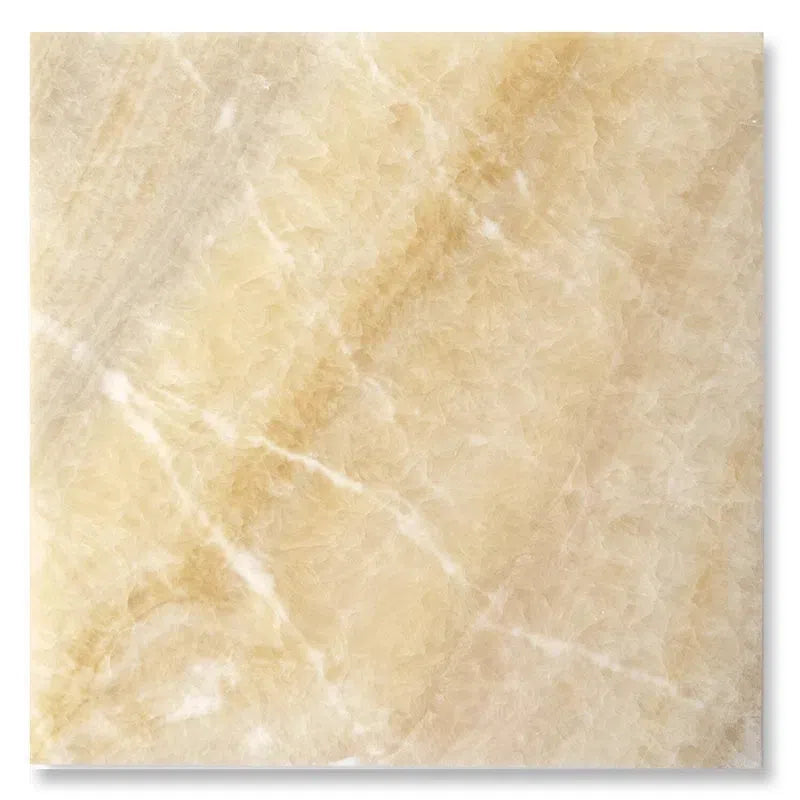 Honey Onyx Marble
Honey Onyx Marble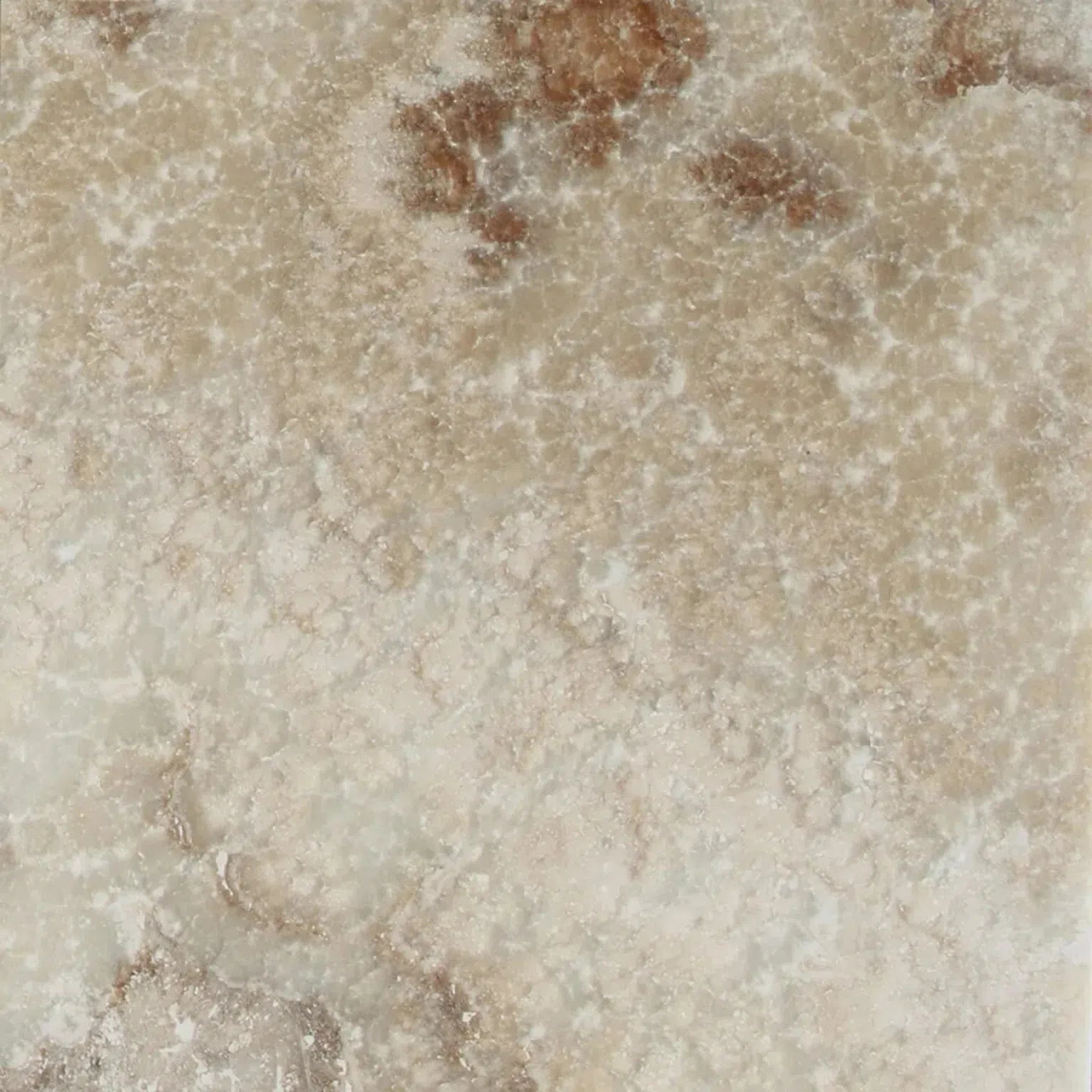 La Travonya Travertine
La Travonya Travertine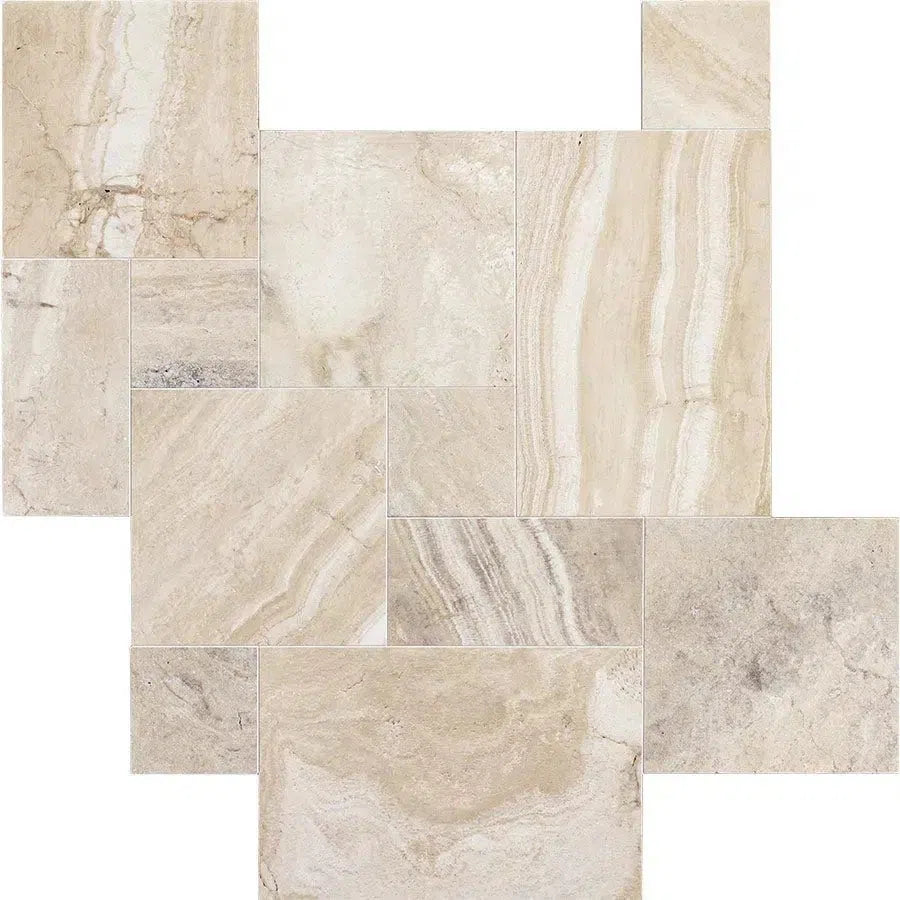 Malibu Travertine
Malibu Travertine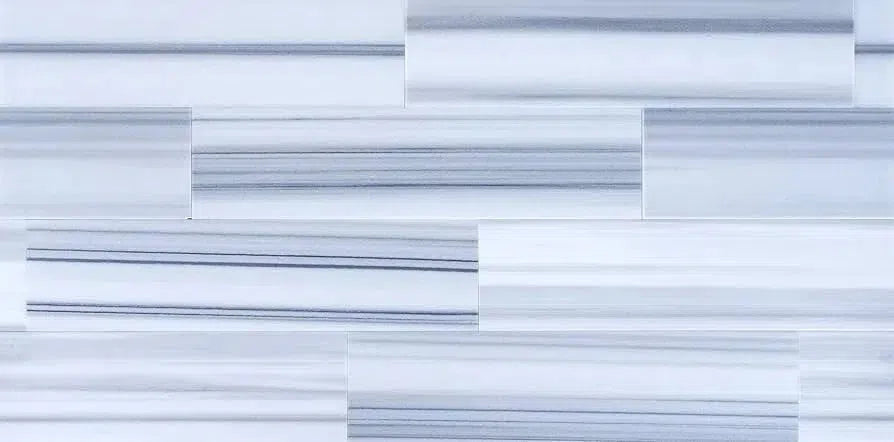 Mink (Equator) Marble
Mink (Equator) Marble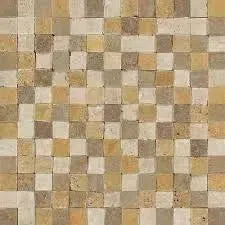 Mixed (Ivory-Noce-Gold) Travertine
Mixed (Ivory-Noce-Gold) Travertine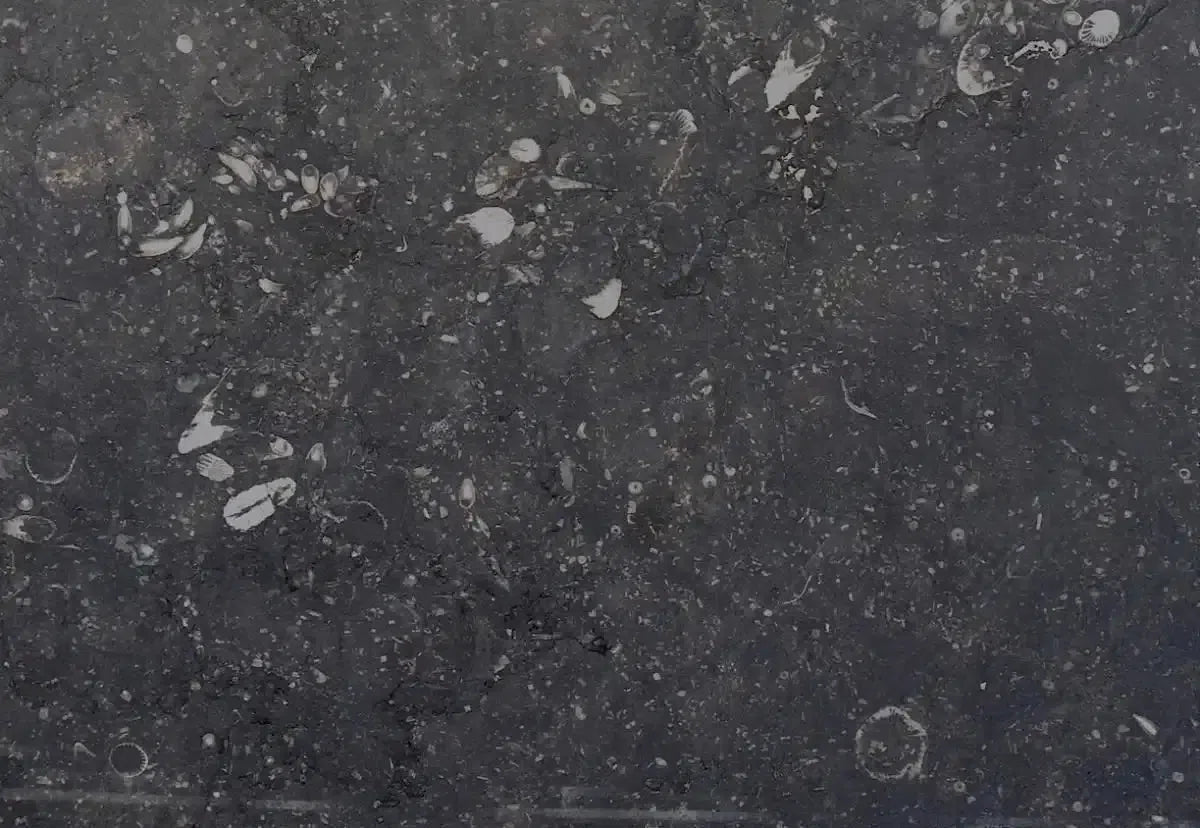 Pierre Bleue (Pierre Blue) Marble
Pierre Bleue (Pierre Blue) Marble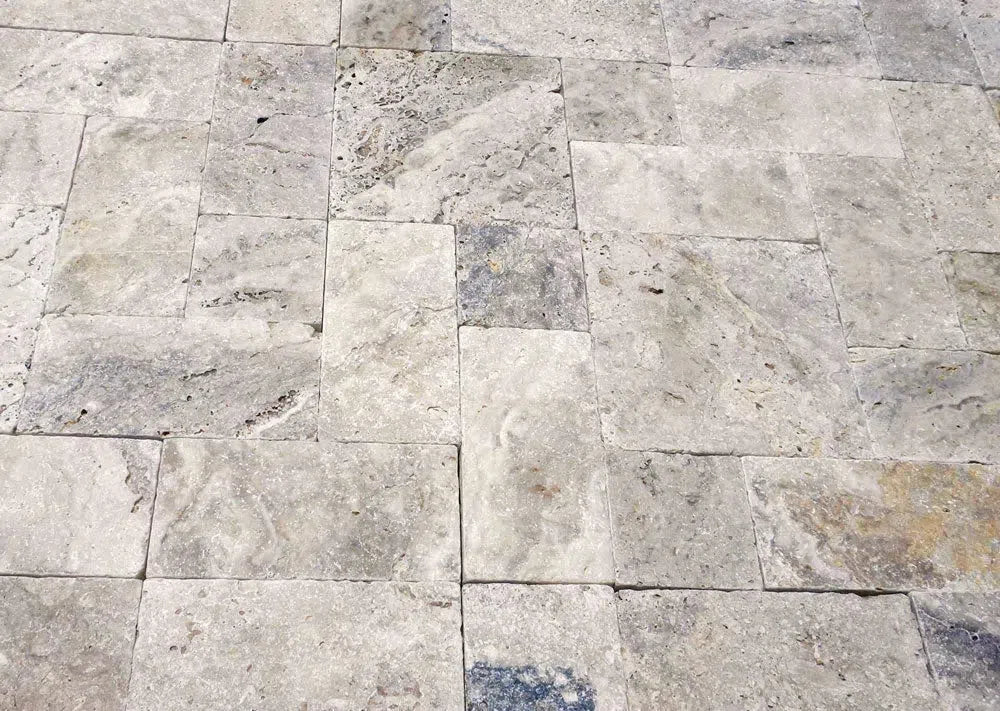 Philadelphia Travertine
Philadelphia Travertine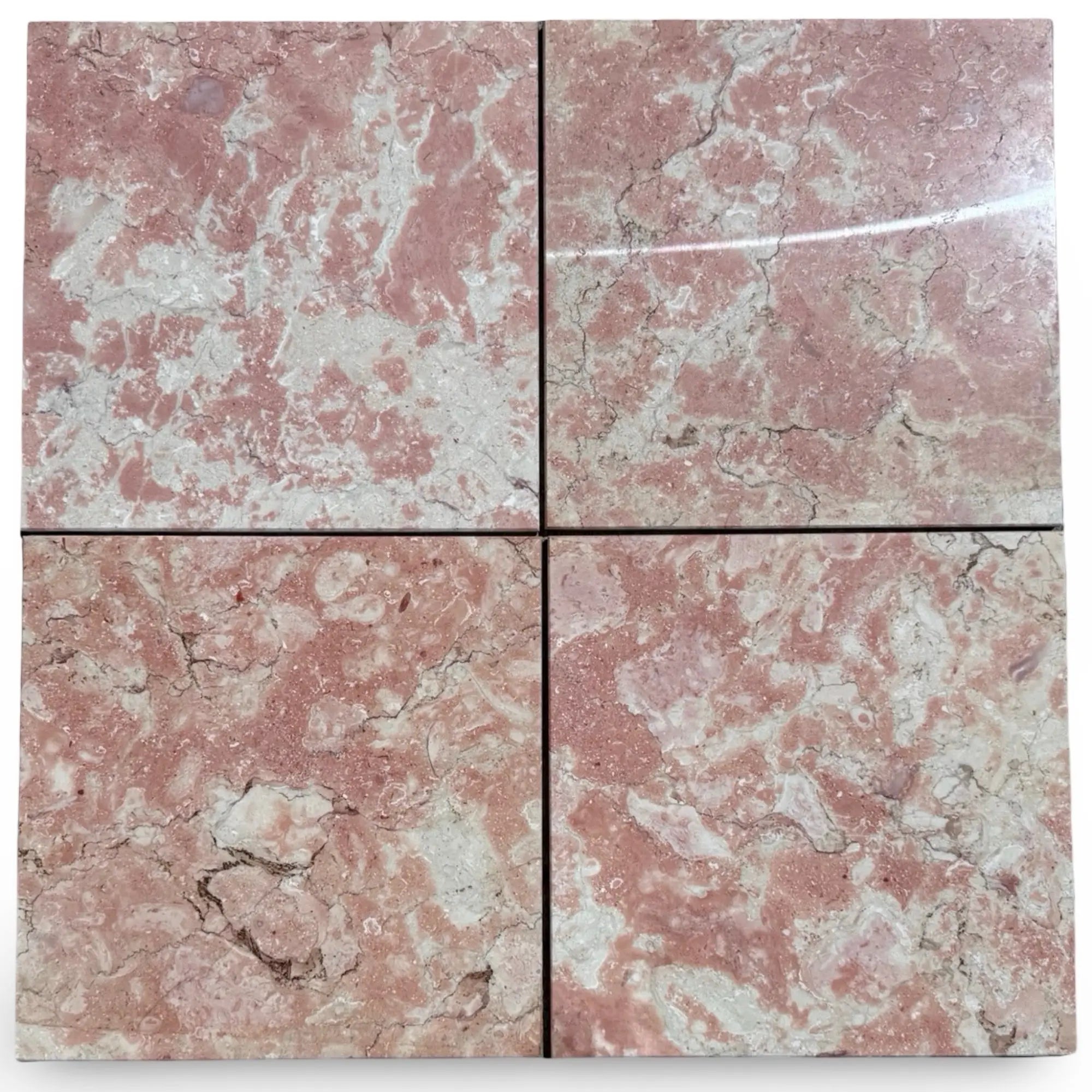 Rosé Aurora Marble
Rosé Aurora Marble Rosetta Storm Marble
Rosetta Storm Marble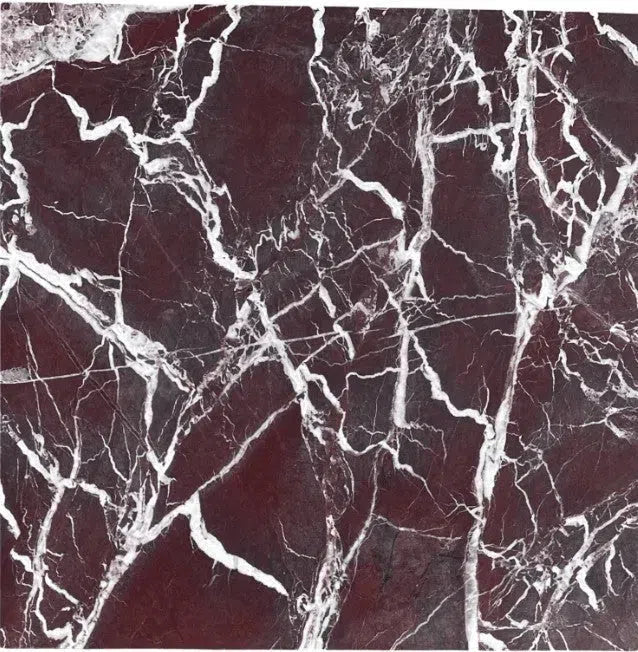 Rosso Levanto Marble
Rosso Levanto Marble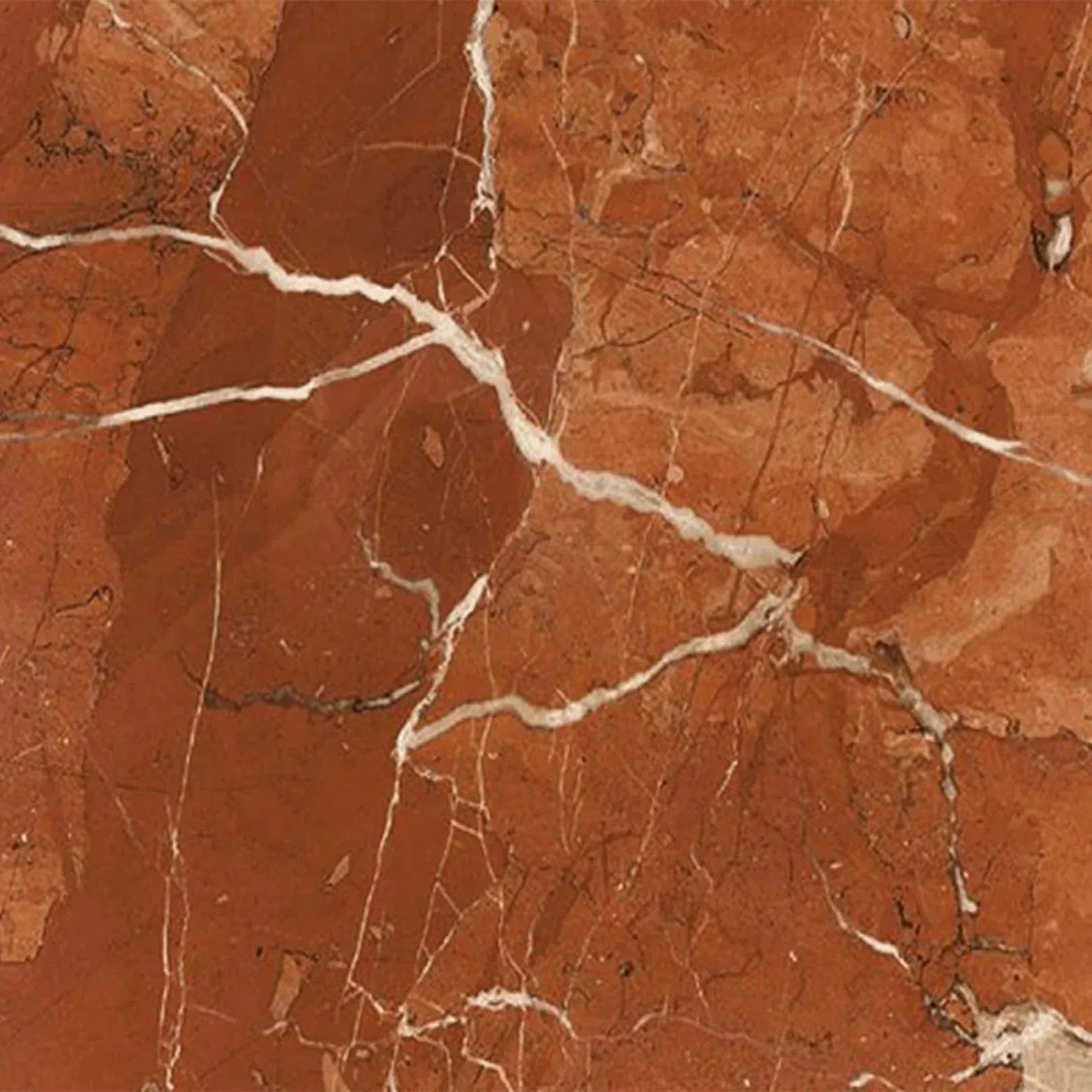 Rojo Alicante Marble
Rojo Alicante Marble Sahara Ember Marble
Sahara Ember Marble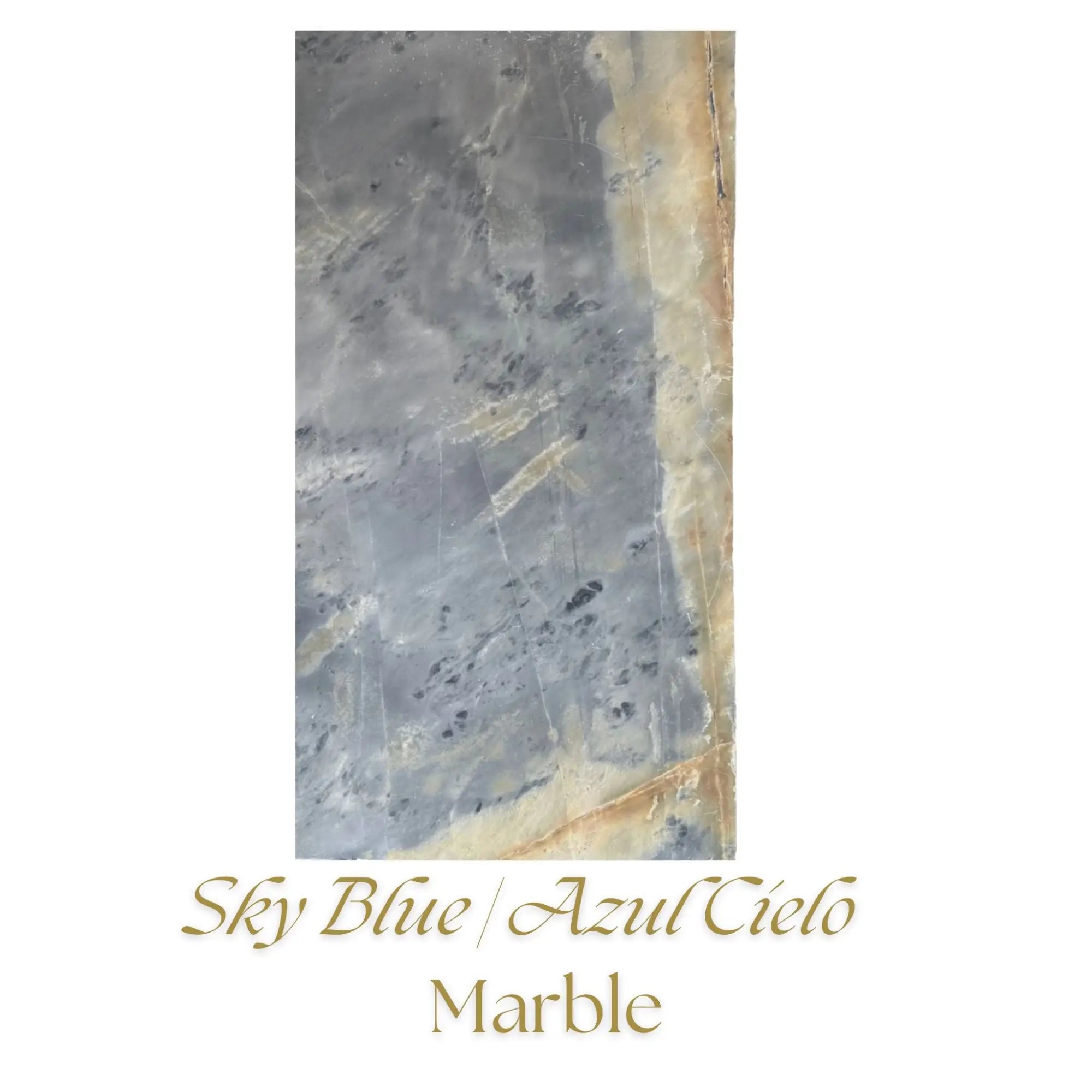 Sky Blue | Azul Cielo Marble
Sky Blue | Azul Cielo Marble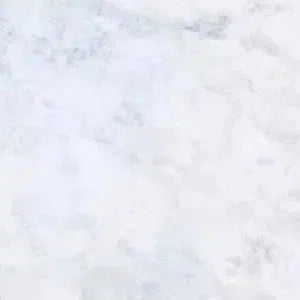 Snow White (Afyon White) Marble
Snow White (Afyon White) Marble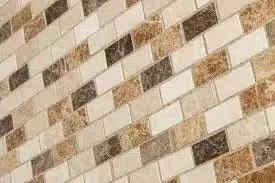 Spanish Mix Marble
Spanish Mix Marble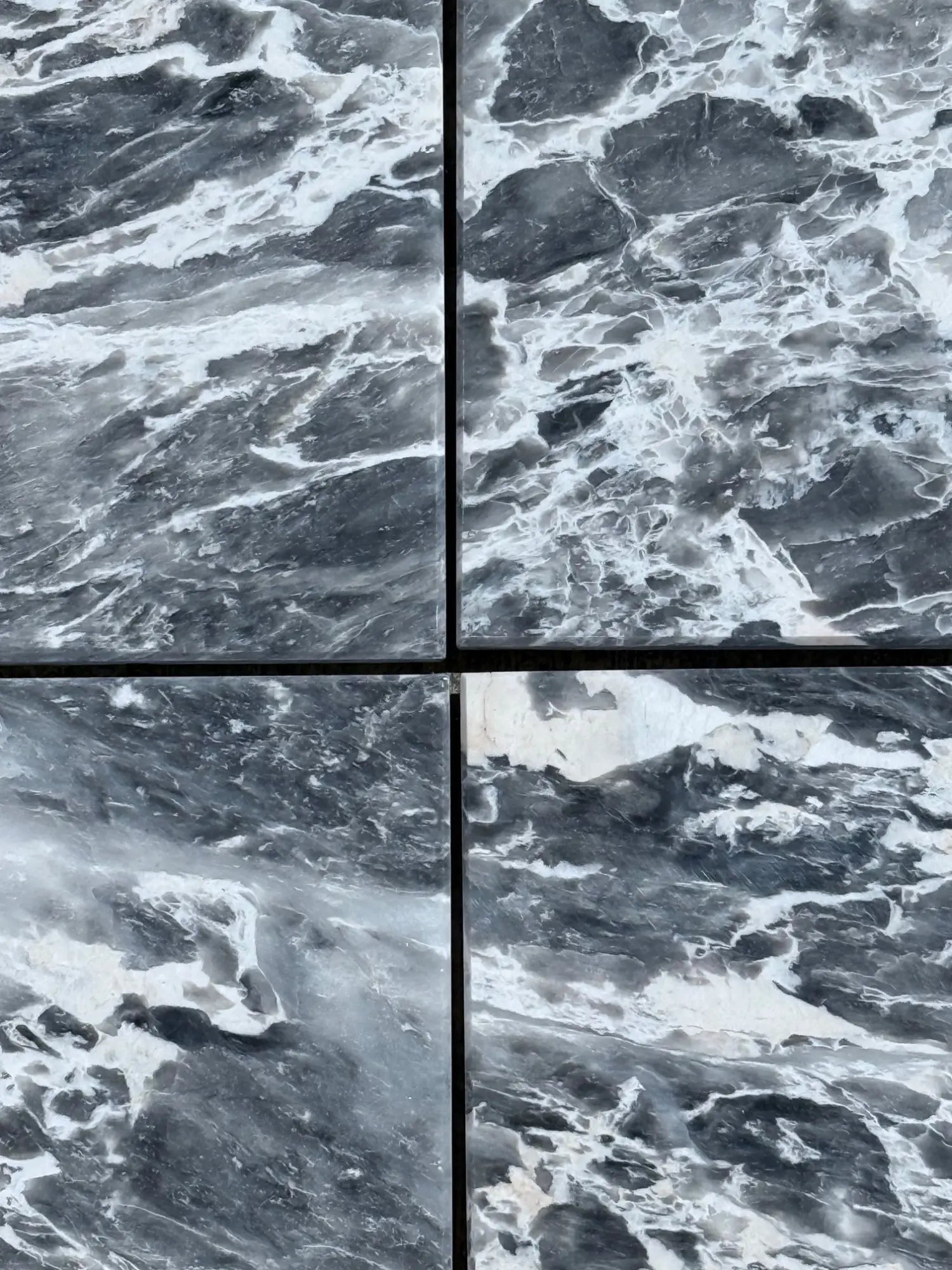 Storm Gray Marble
Storm Gray Marble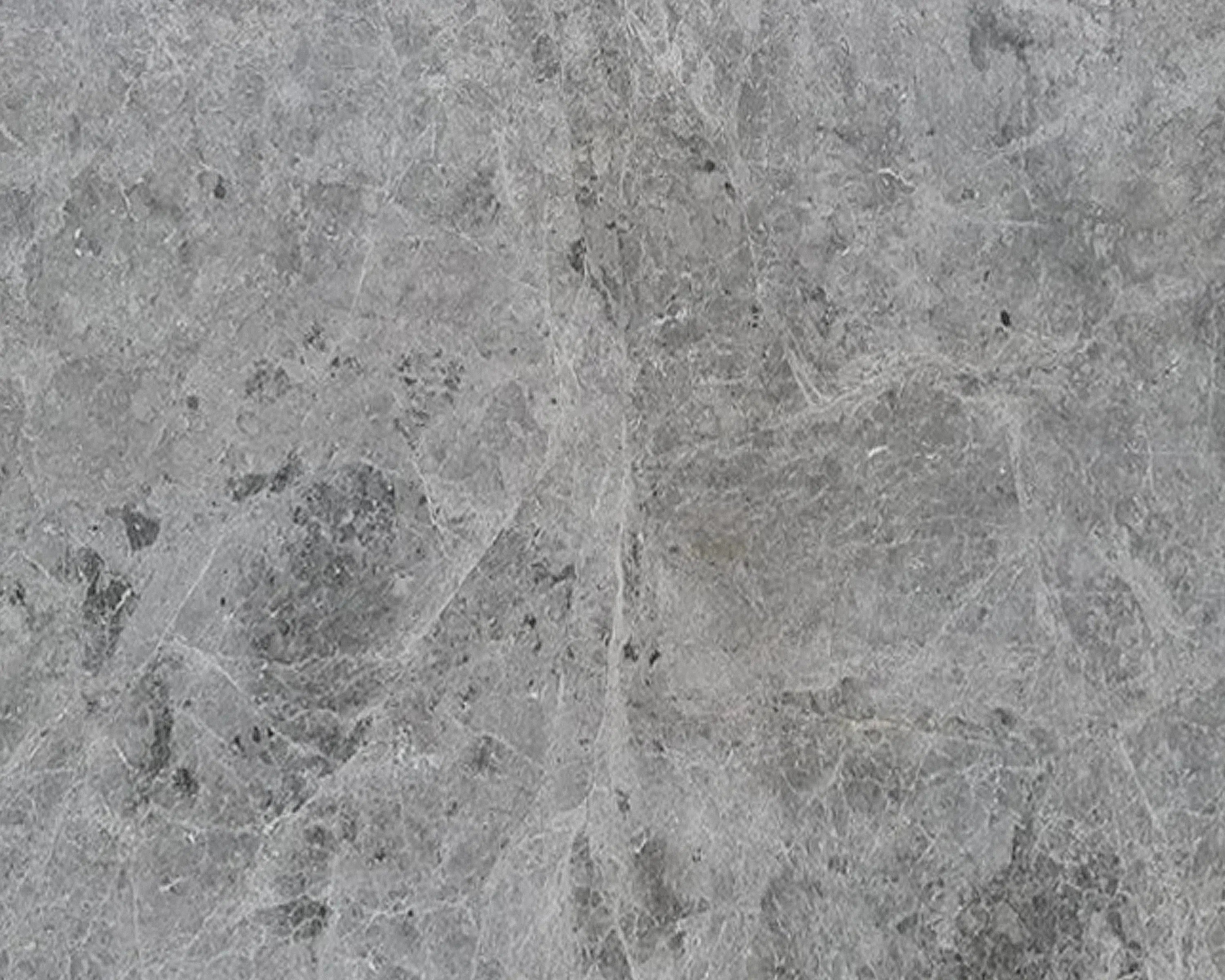 Tundra Gray (Atlantic Gray) Marble
Tundra Gray (Atlantic Gray) Marble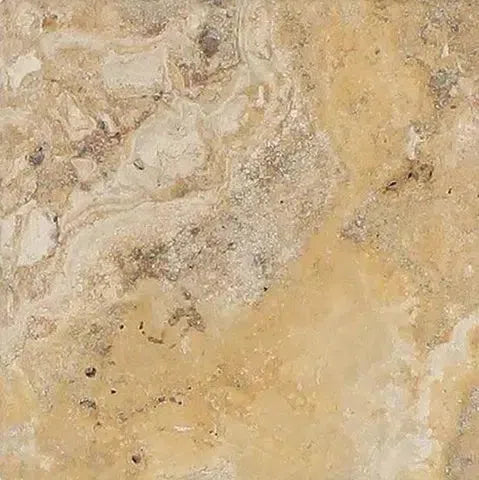 Valencia Travertine
Valencia Travertine Valerenga Travertine
Valerenga Travertine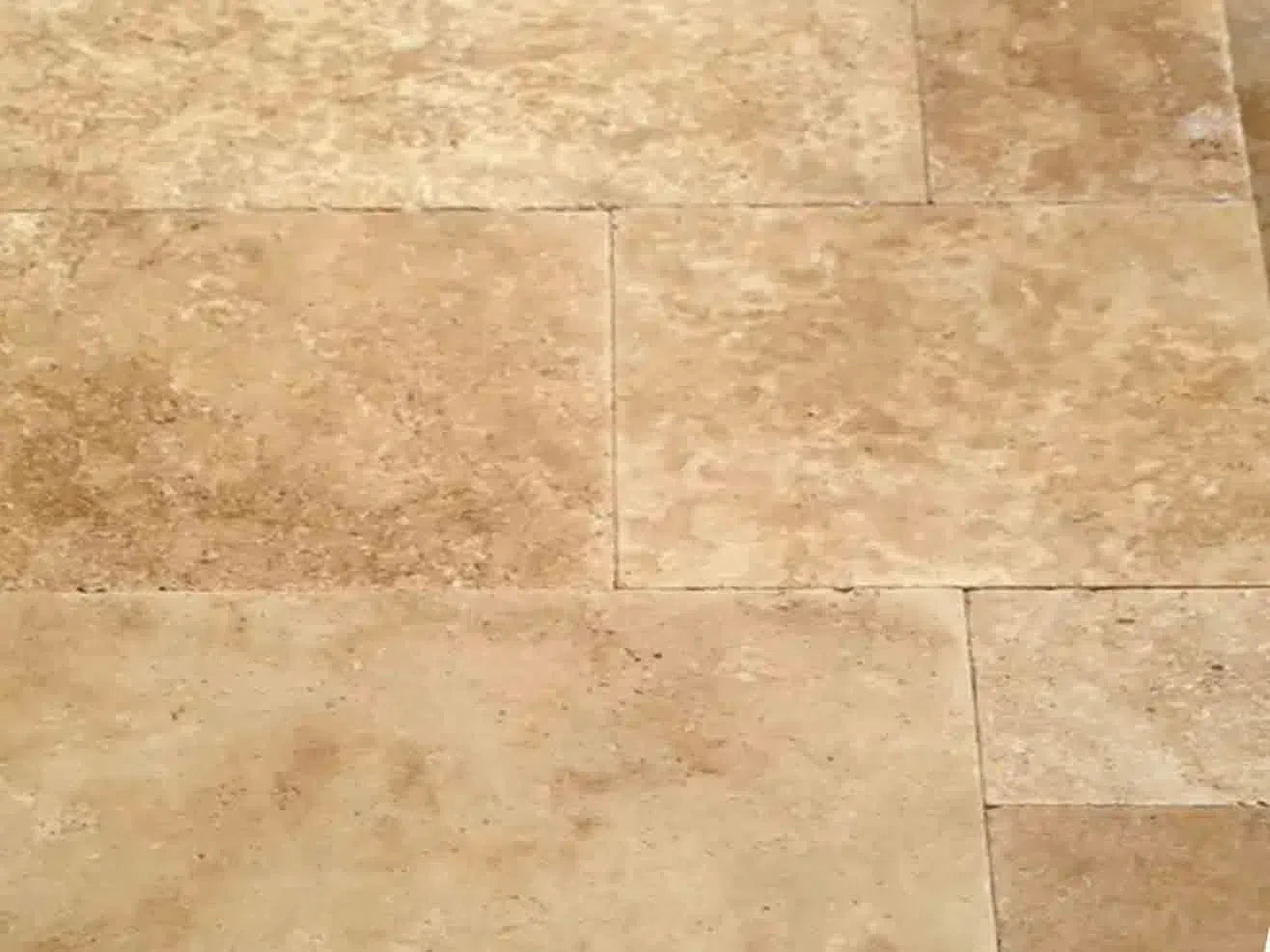 Walnut Travertine
Walnut Travertine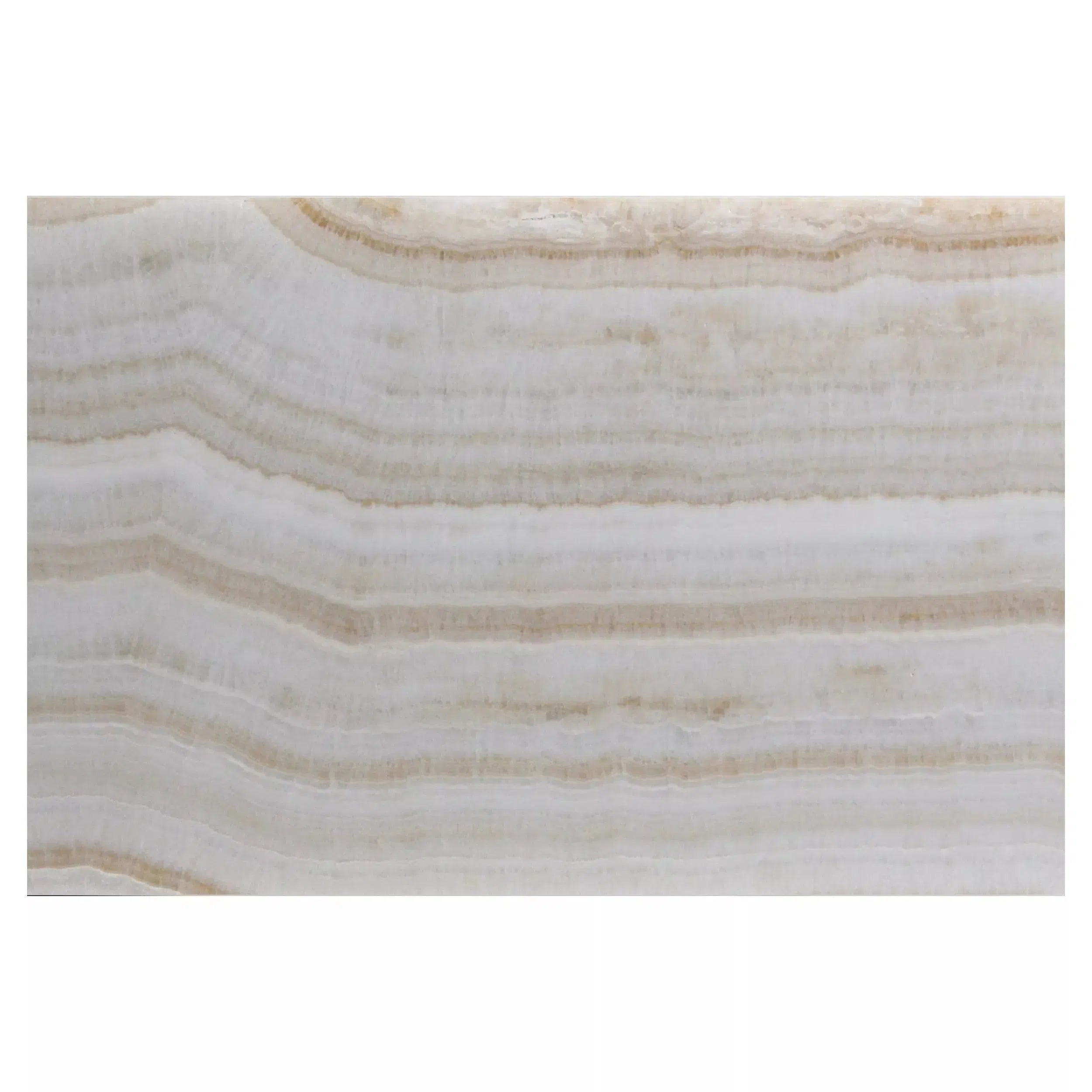 White Onyx Marble
White Onyx Marble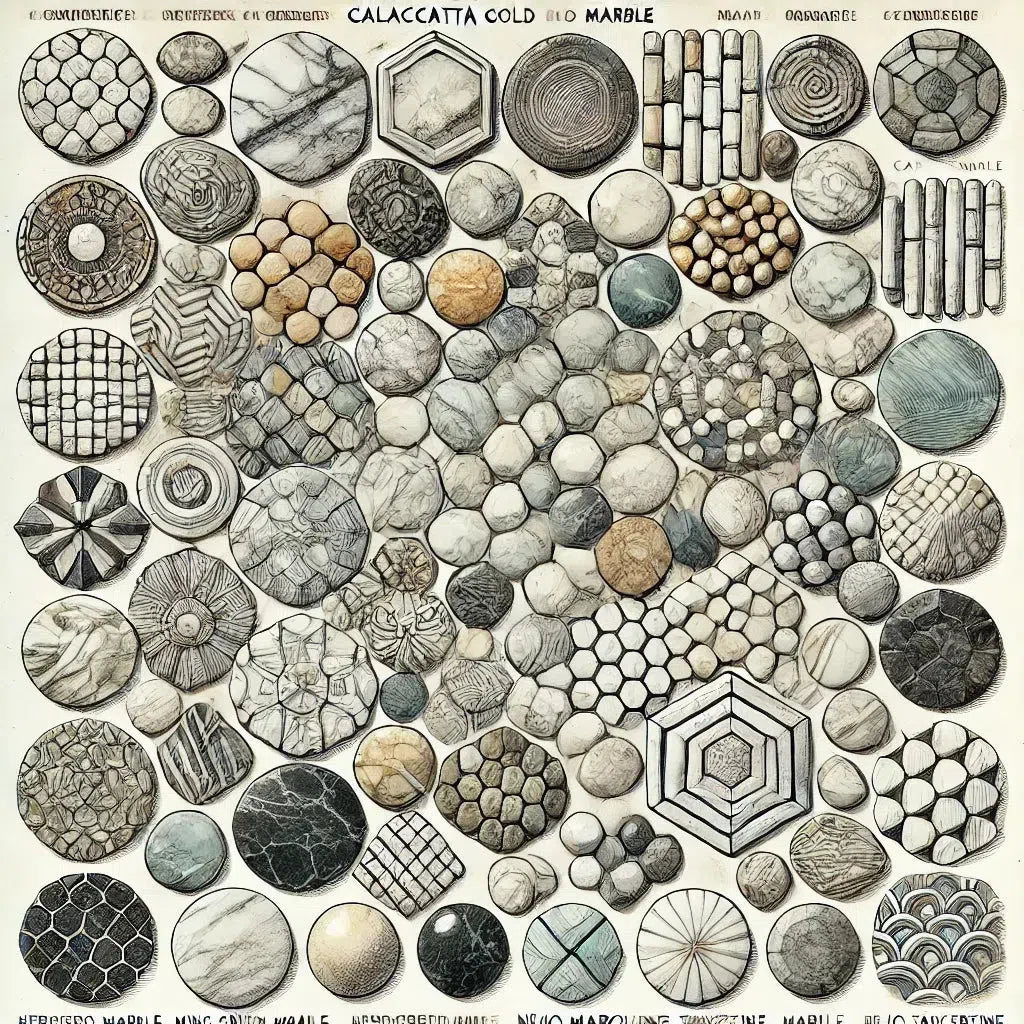 Shop By Type
Shop By Type
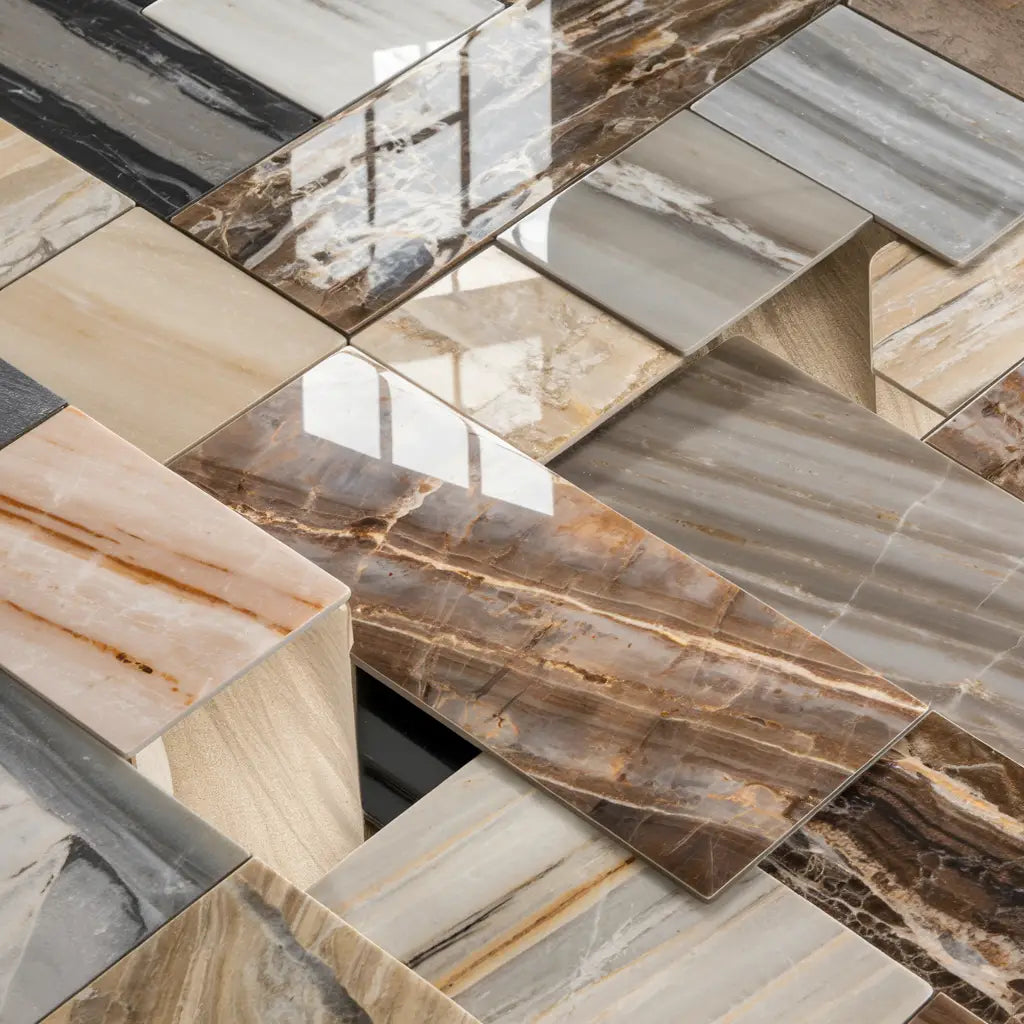 Marble Tiles
Marble Tiles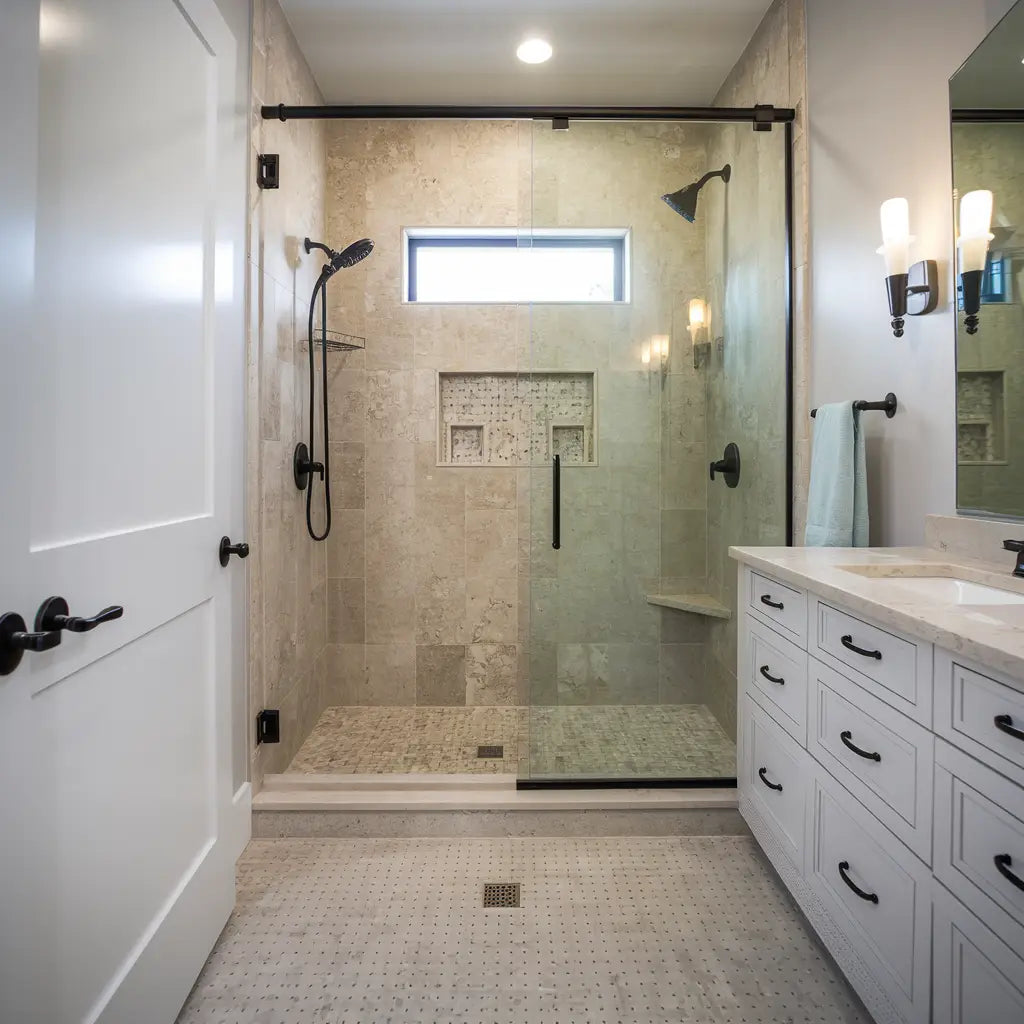 Marble Mosaic
Marble Mosaic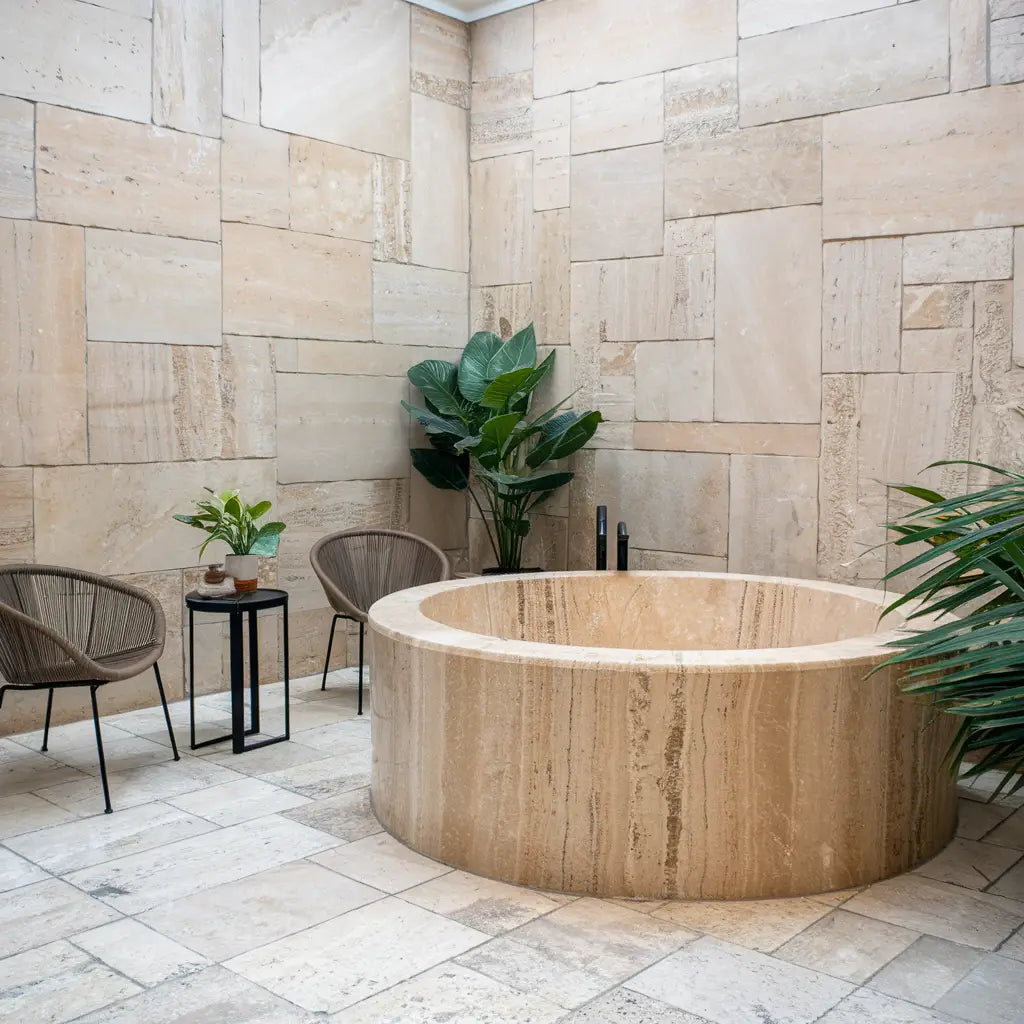 Travertine Tiles
Travertine Tiles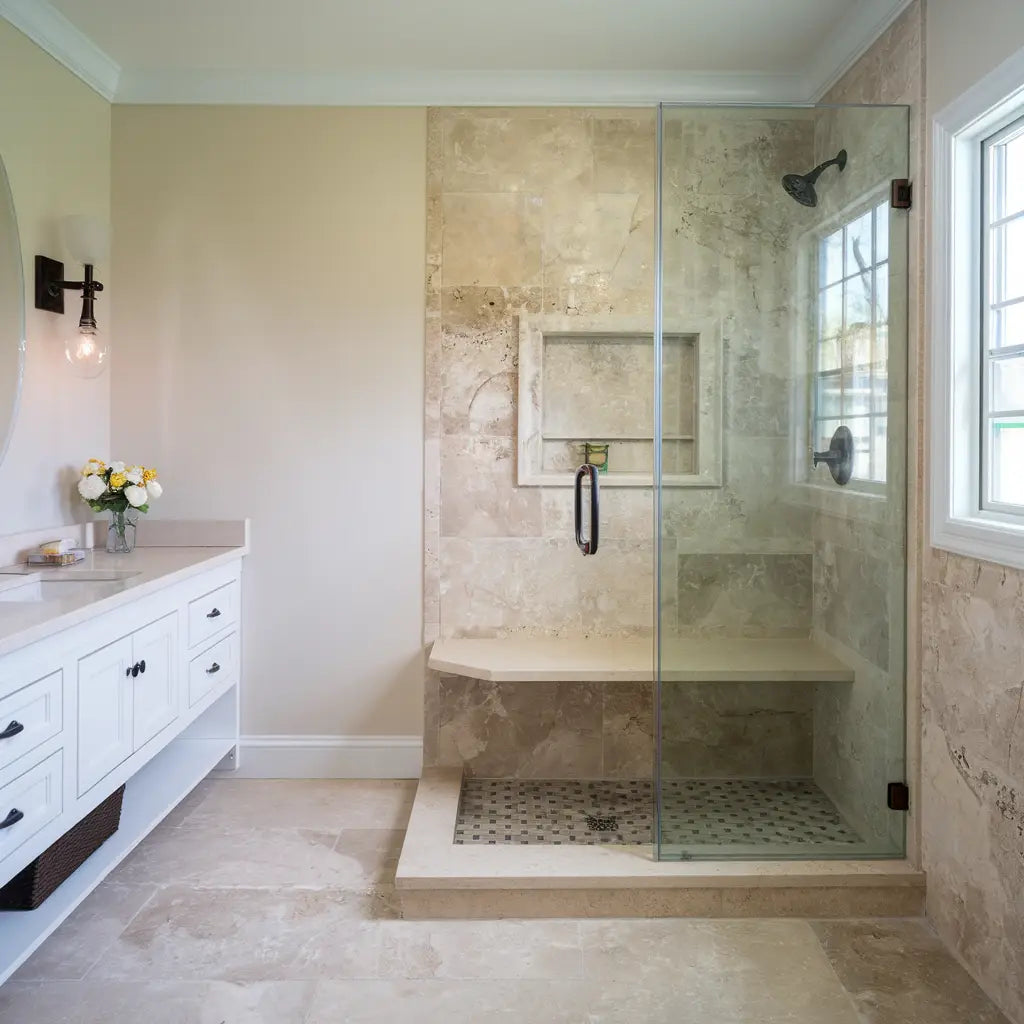 Travertine Mosaic
Travertine Mosaic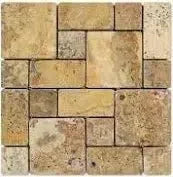 4 pcs Versailles Pattern / French Pattern Set
4 pcs Versailles Pattern / French Pattern Set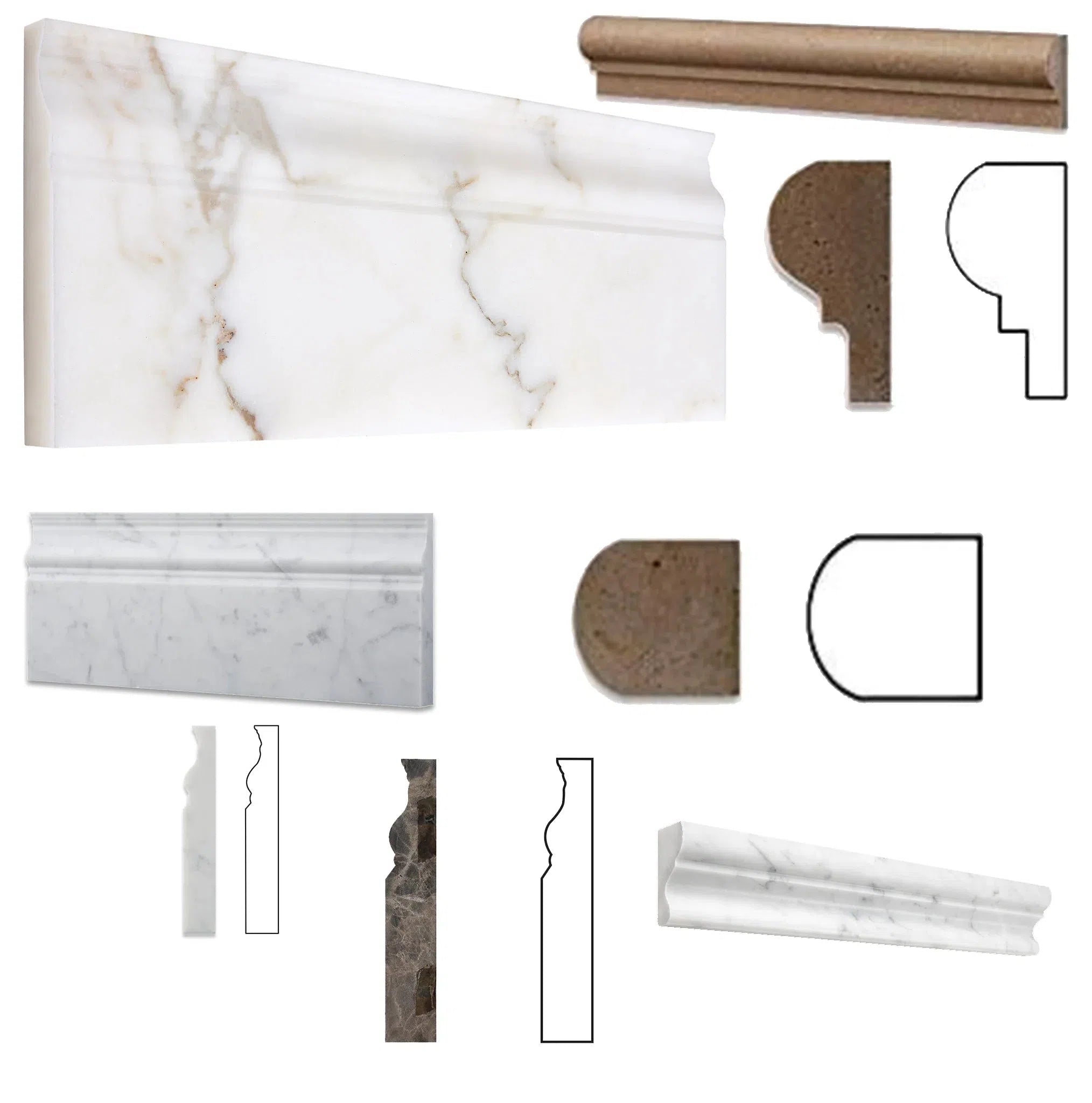 Molding/Trim
Molding/Trim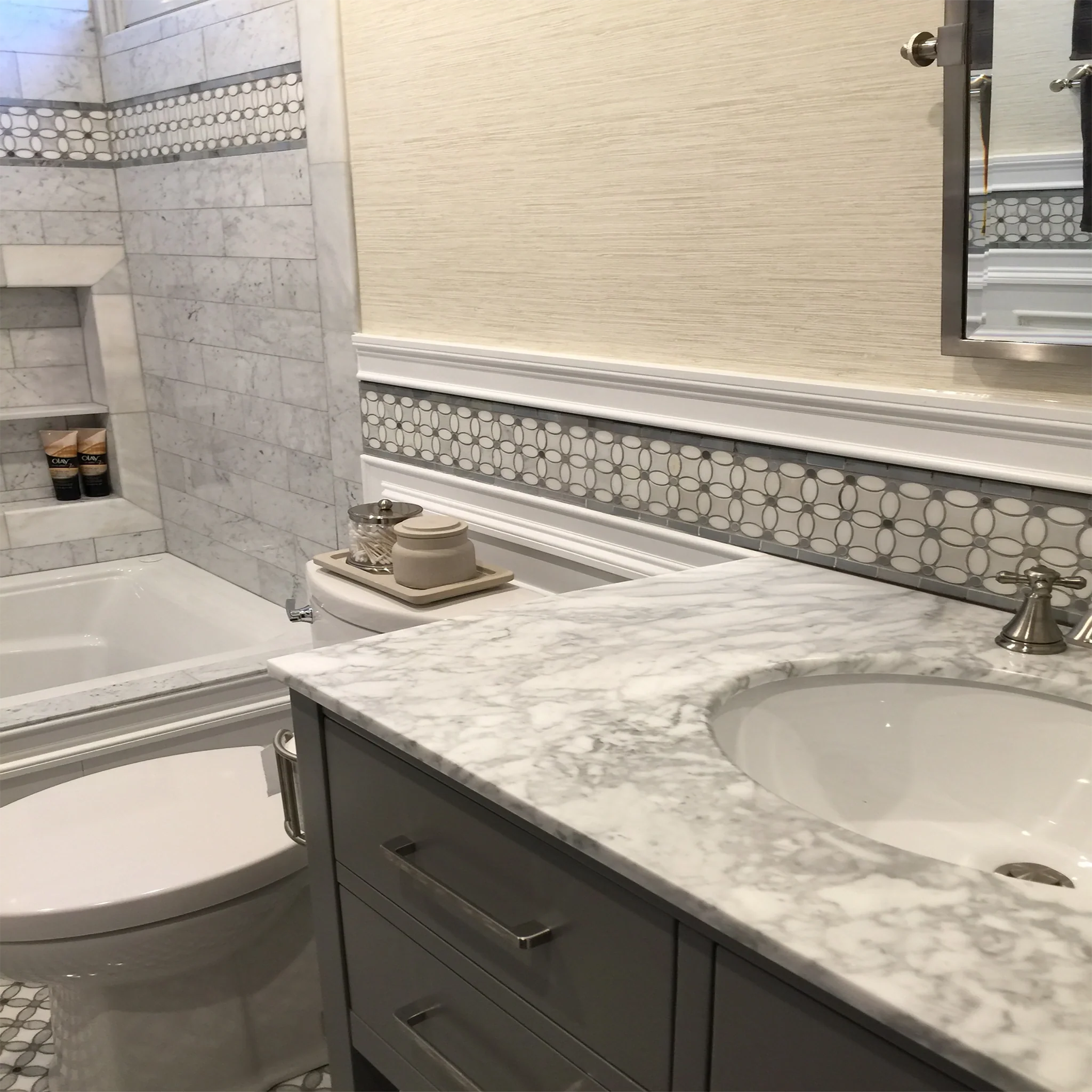 Border/Listello
Border/Listello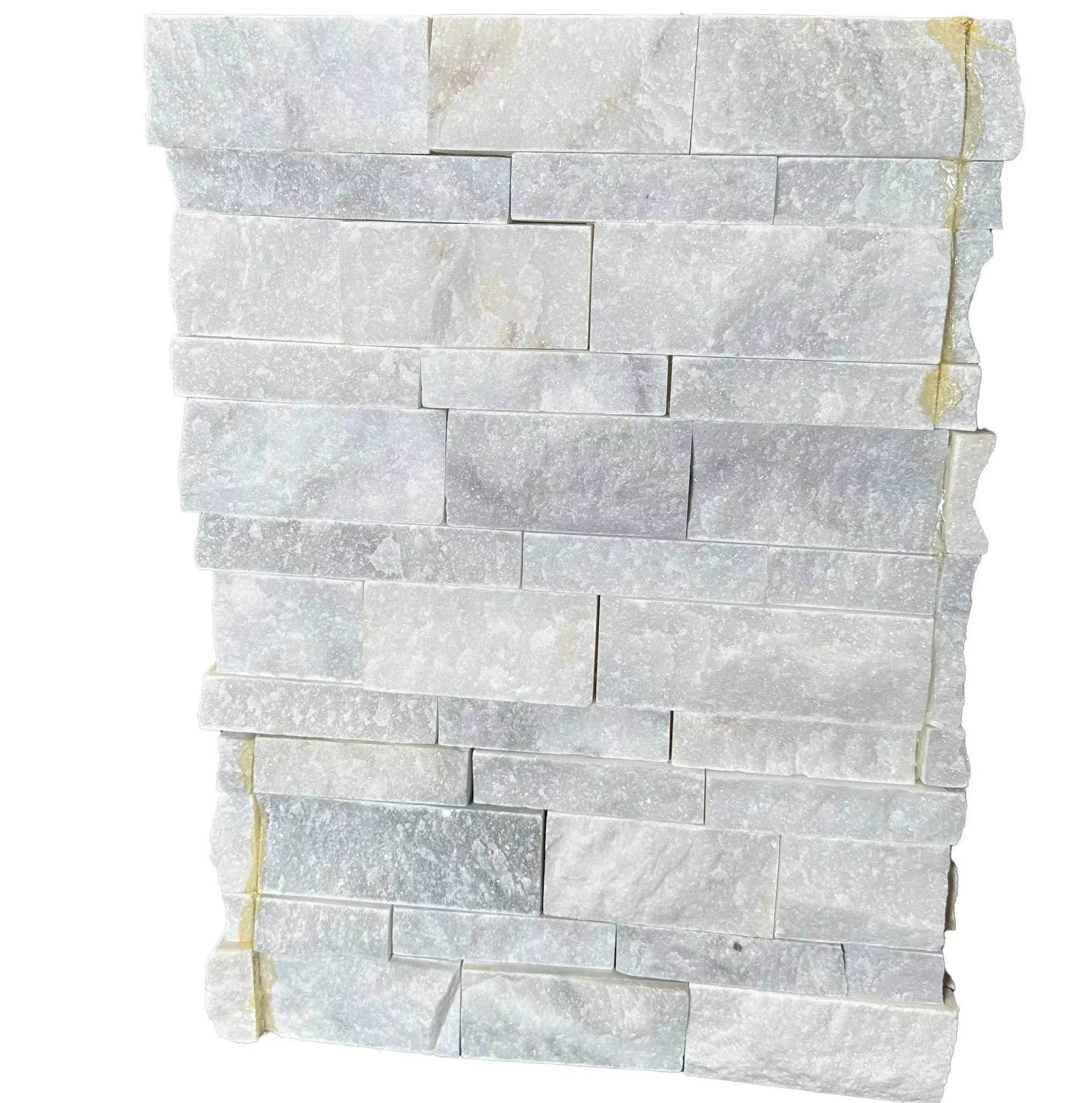 Ledger-Panel
Ledger-Panel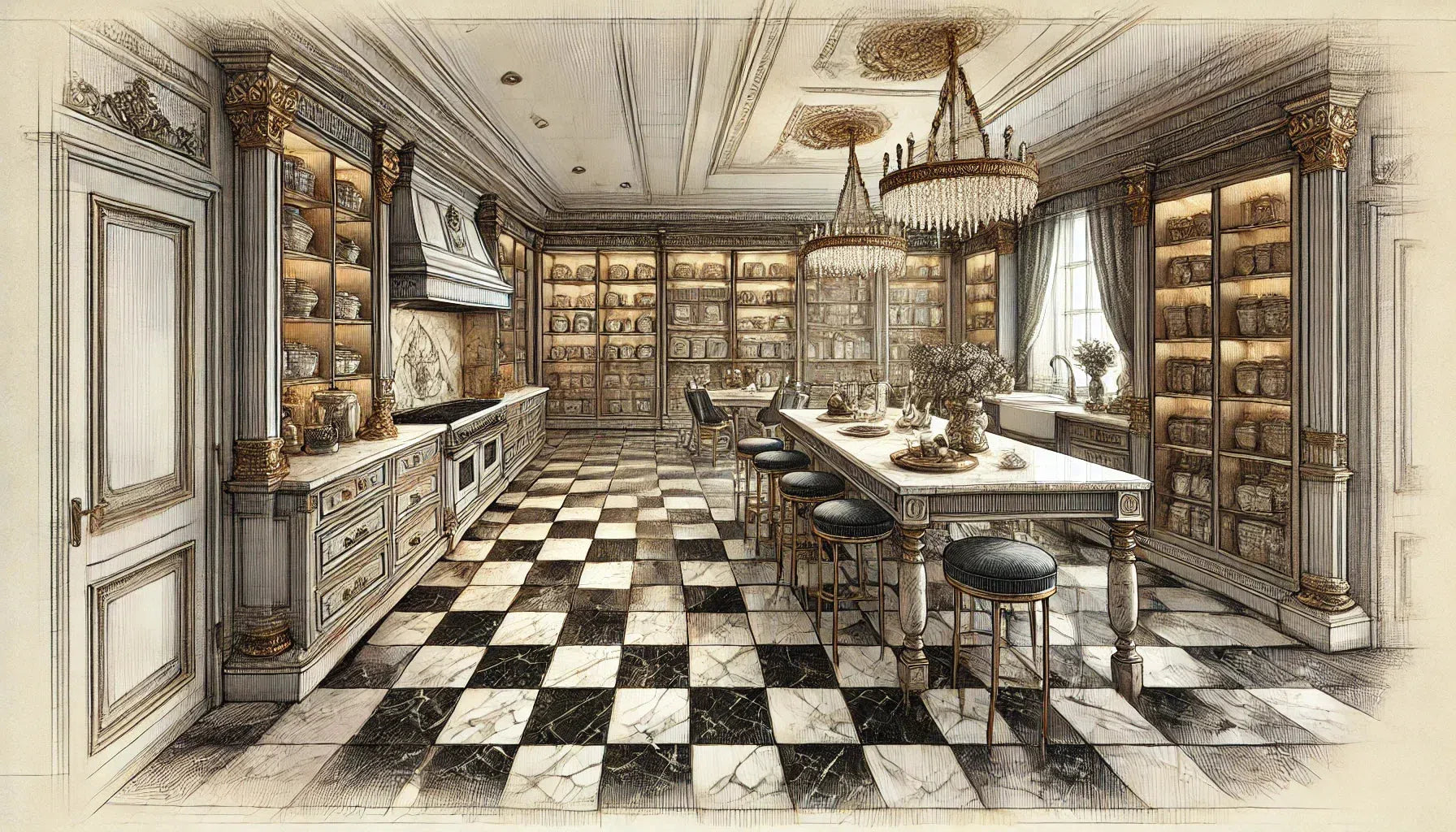 Checkerboard
Checkerboard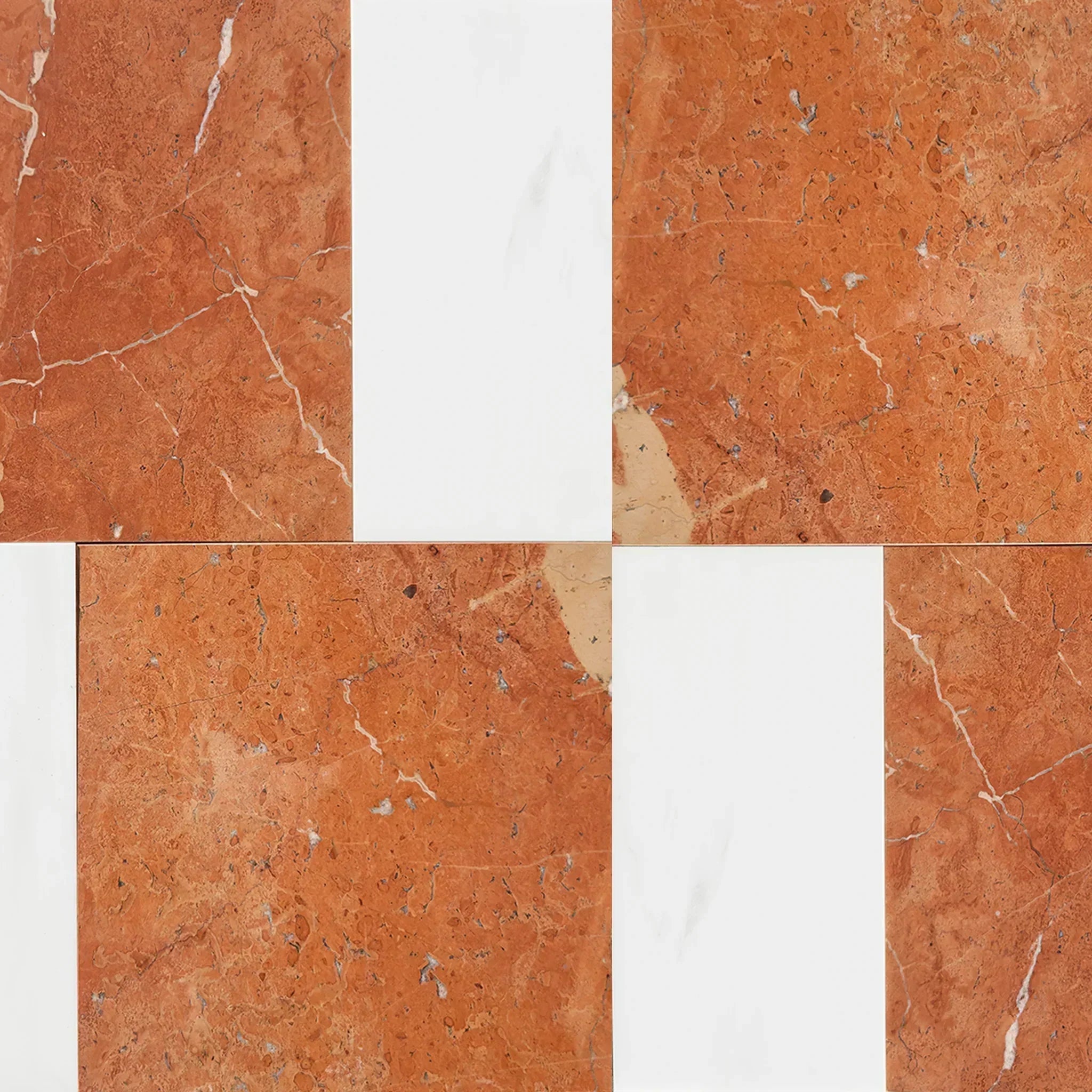 Patterned Tile Collection
Patterned Tile Collection 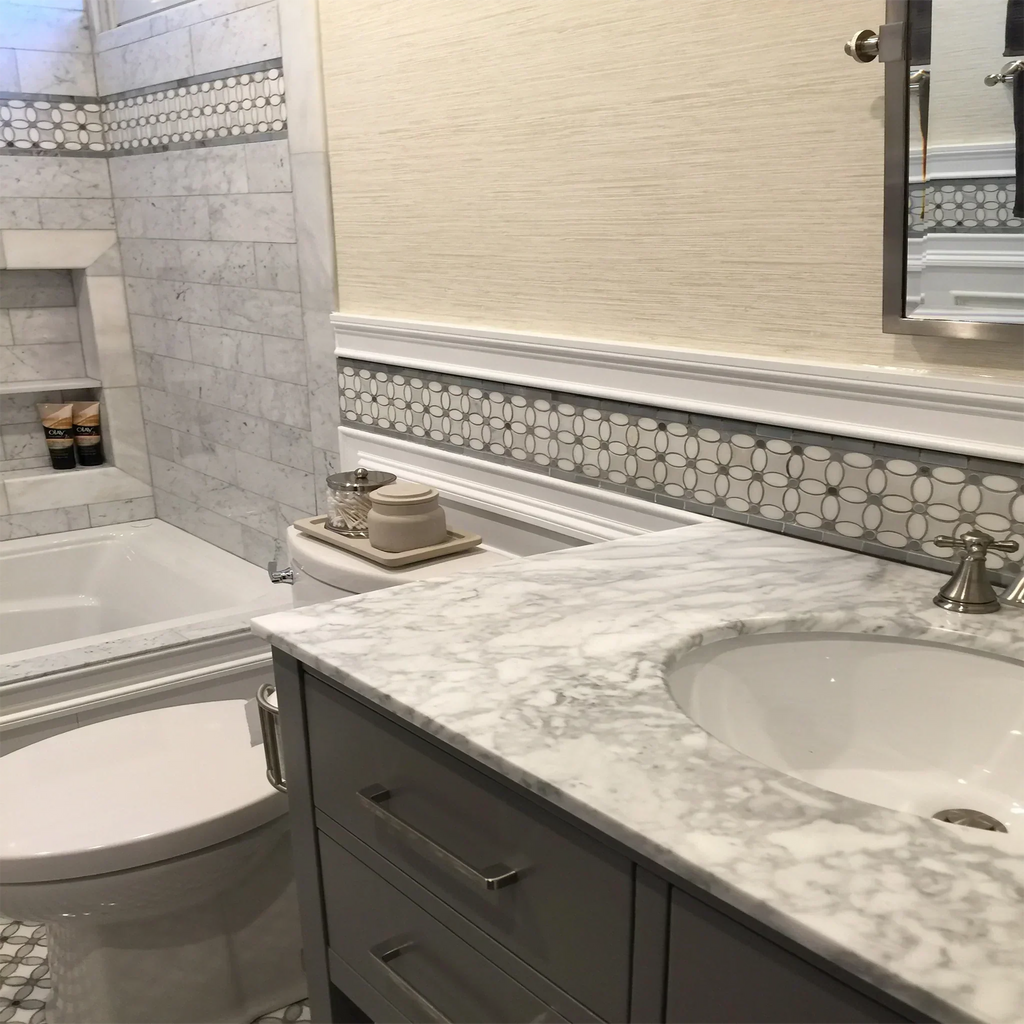 Shop By Finish
Shop By Finish
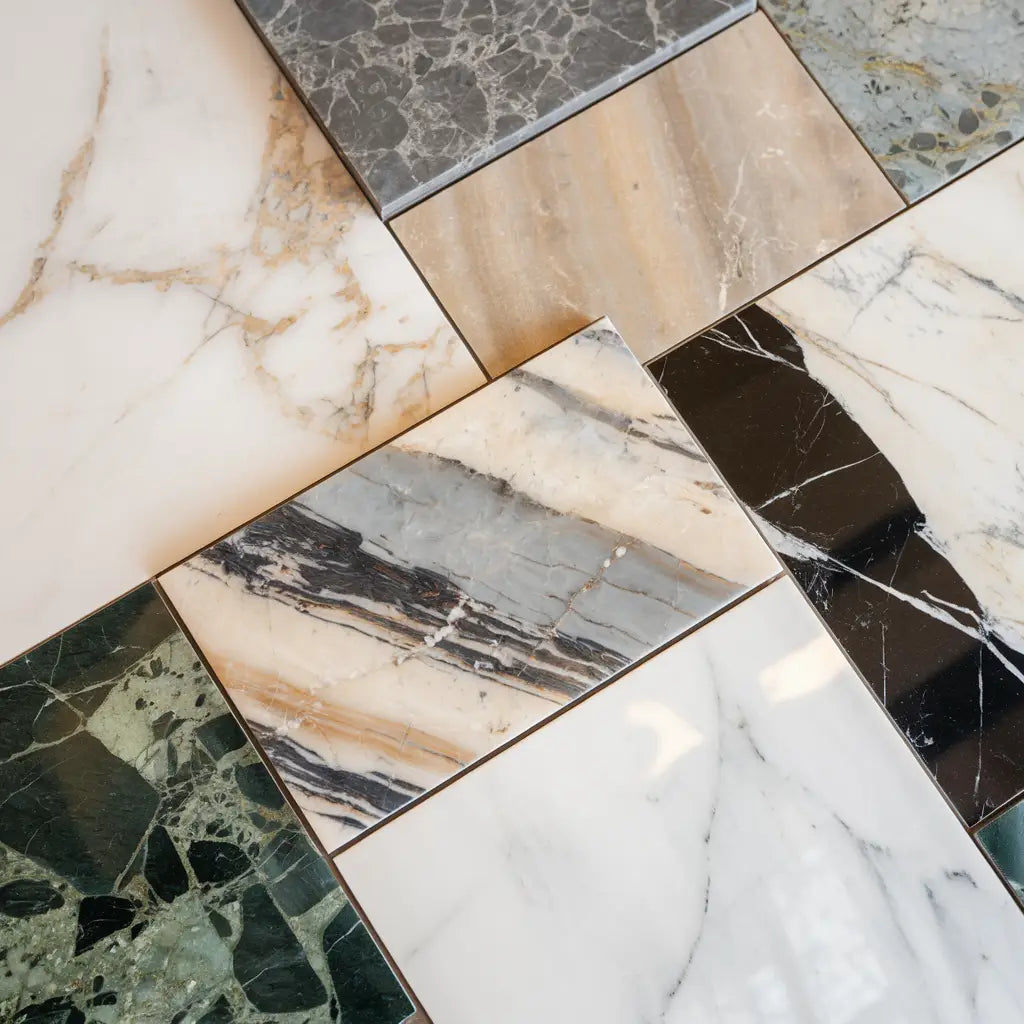 Polished
Polished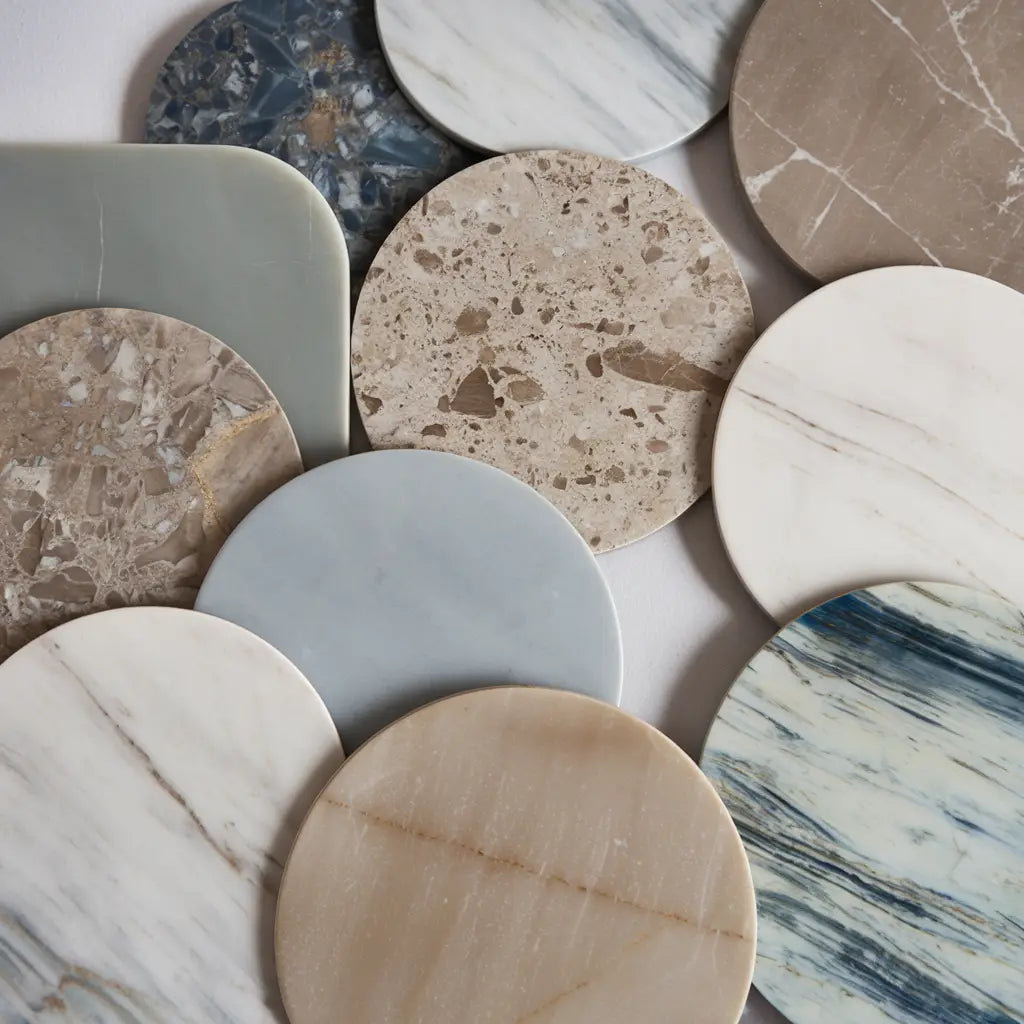 Honed
Honed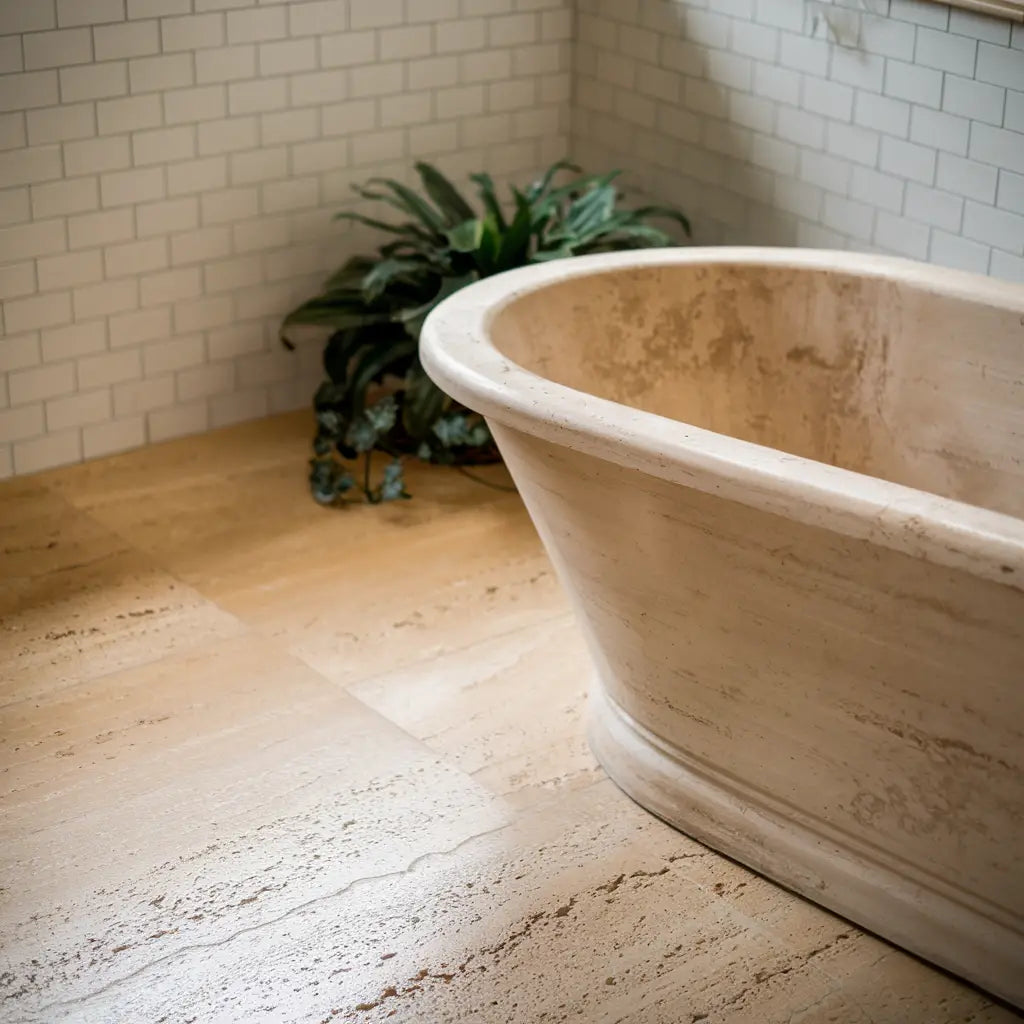 Brushed
Brushed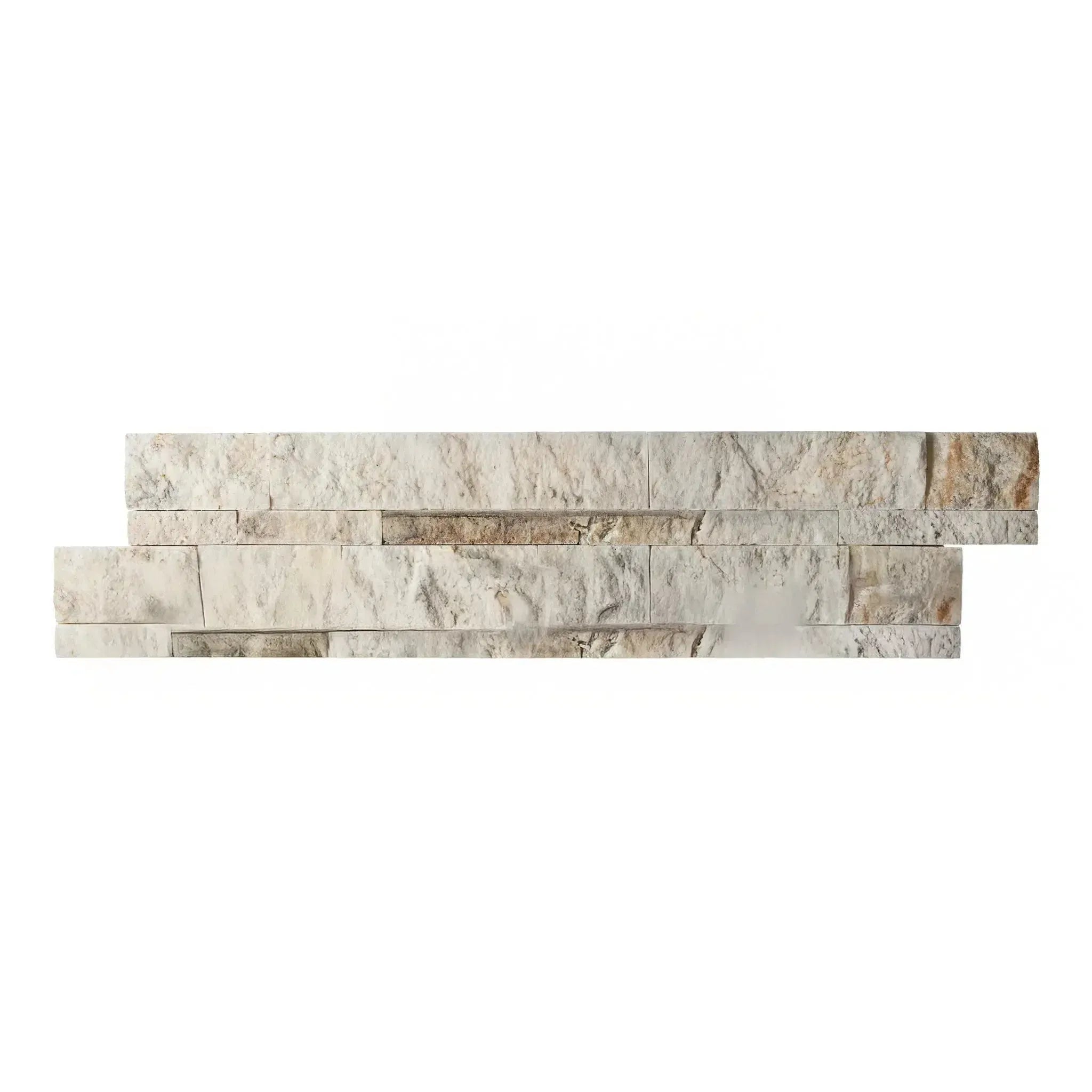 Split Face
Split Face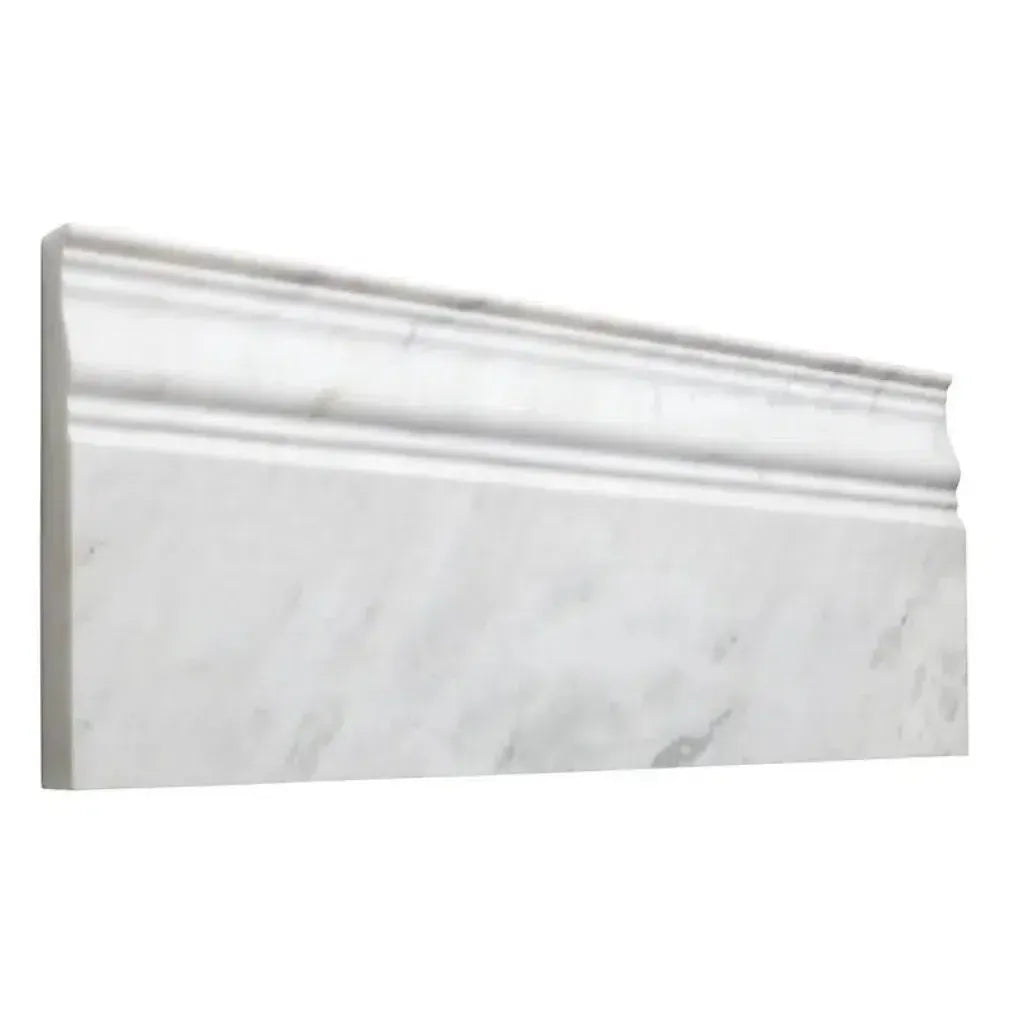 Textured
Textured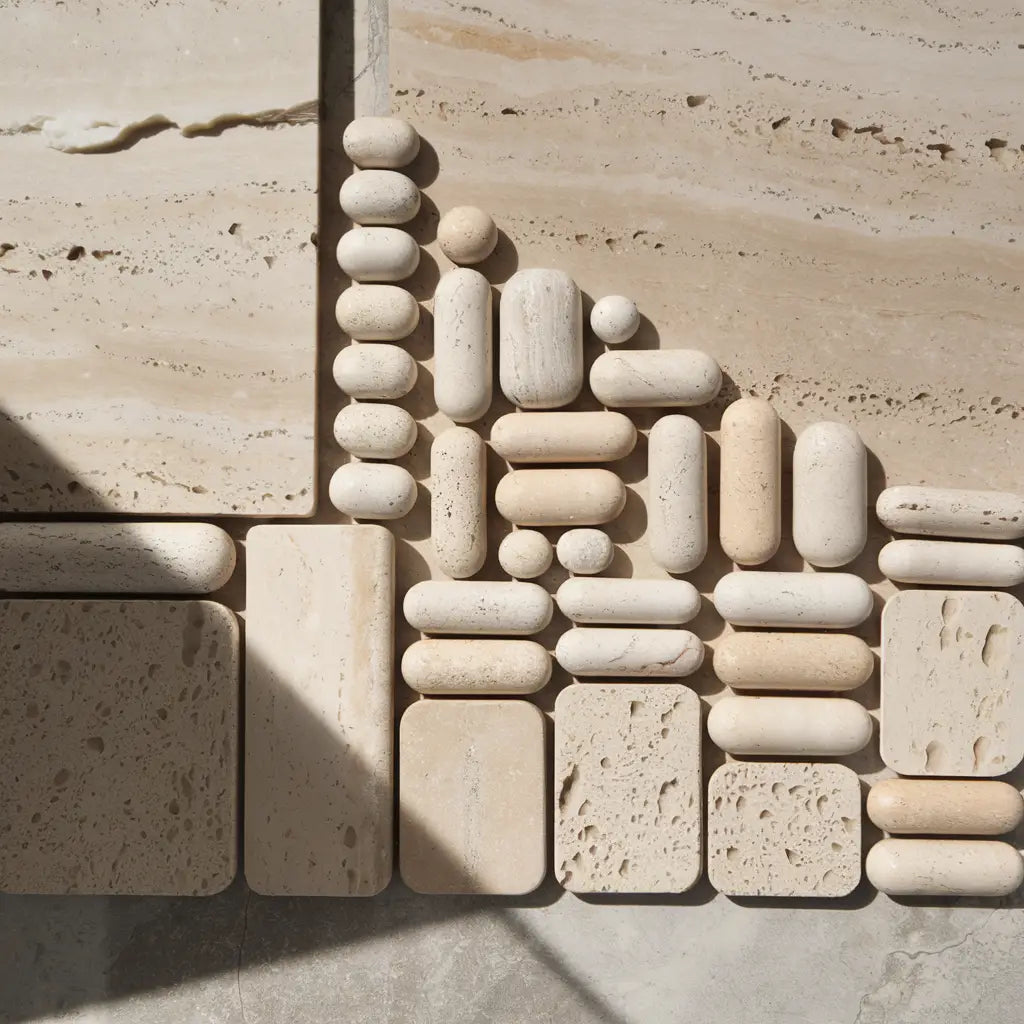 Tumbled
Tumbled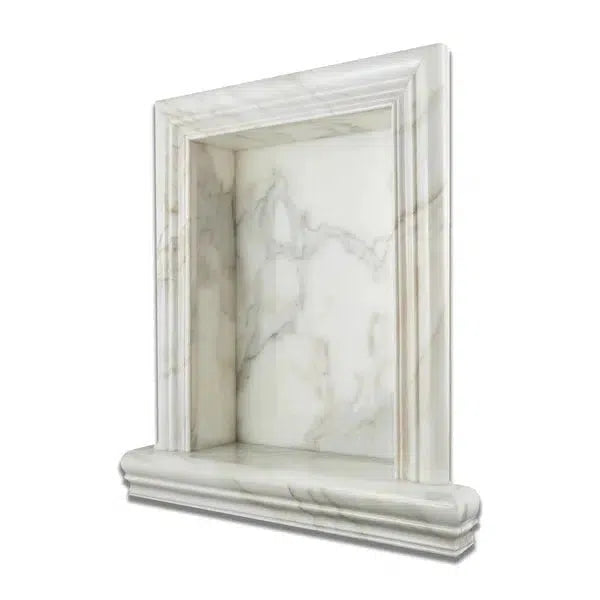 Accessories
Accessories
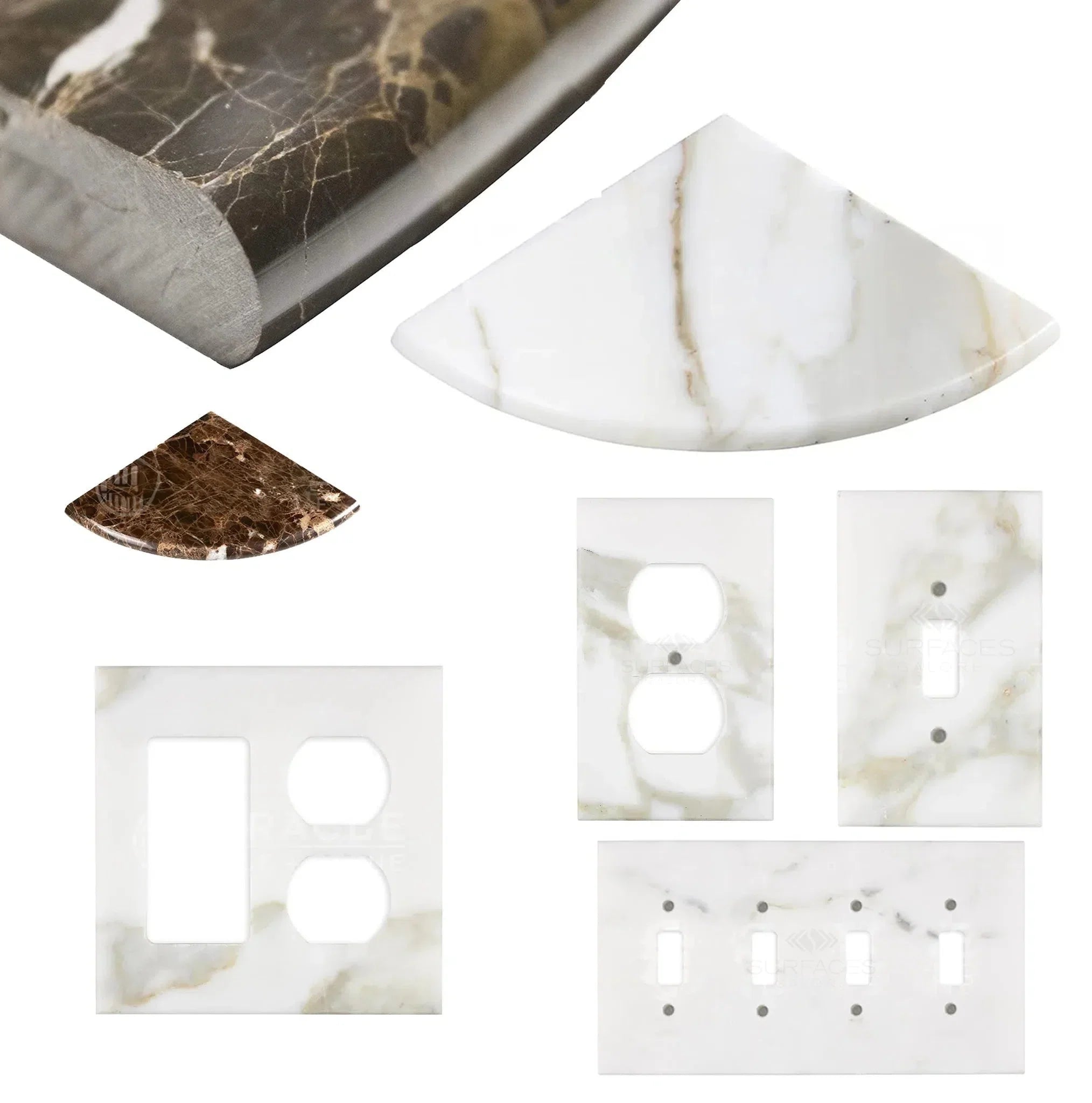 Wall Plate / Switch Plate
Wall Plate / Switch Plate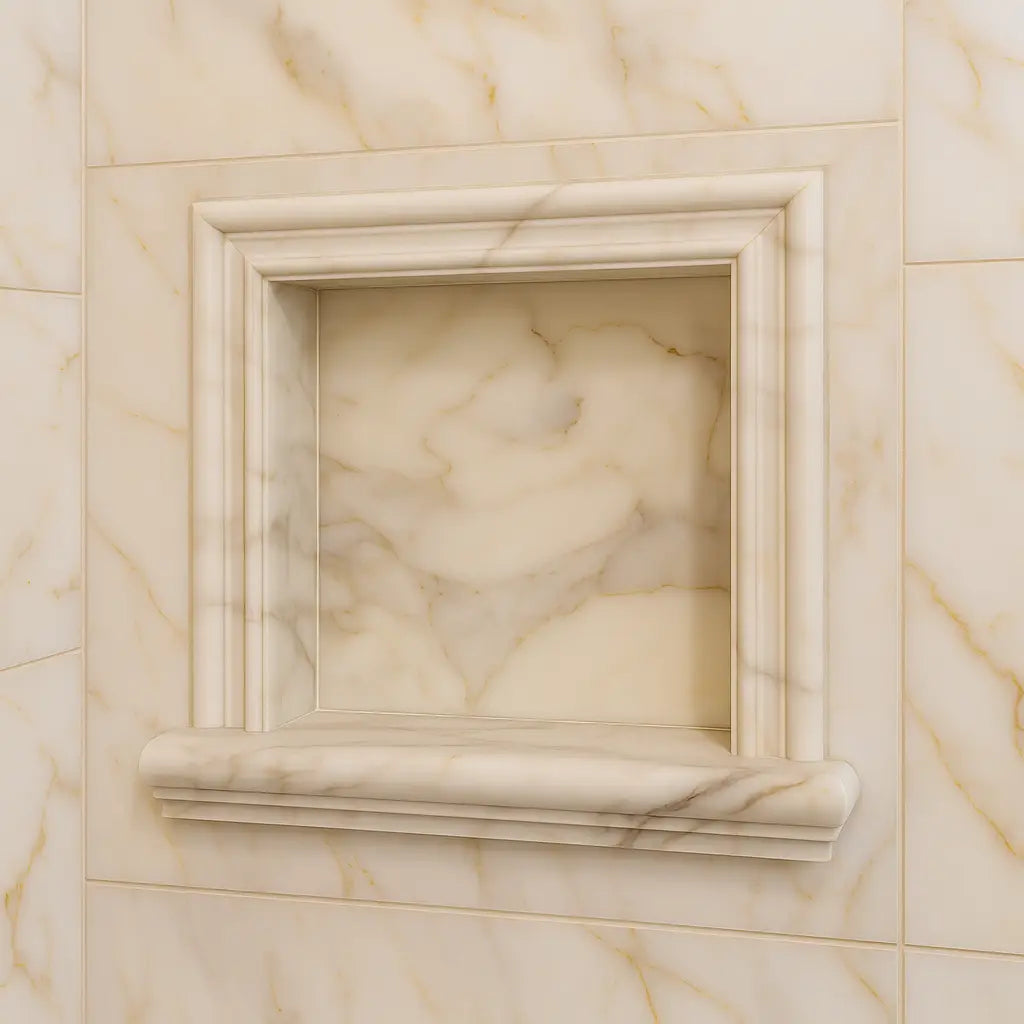 Shampoo Niche
Shampoo Niche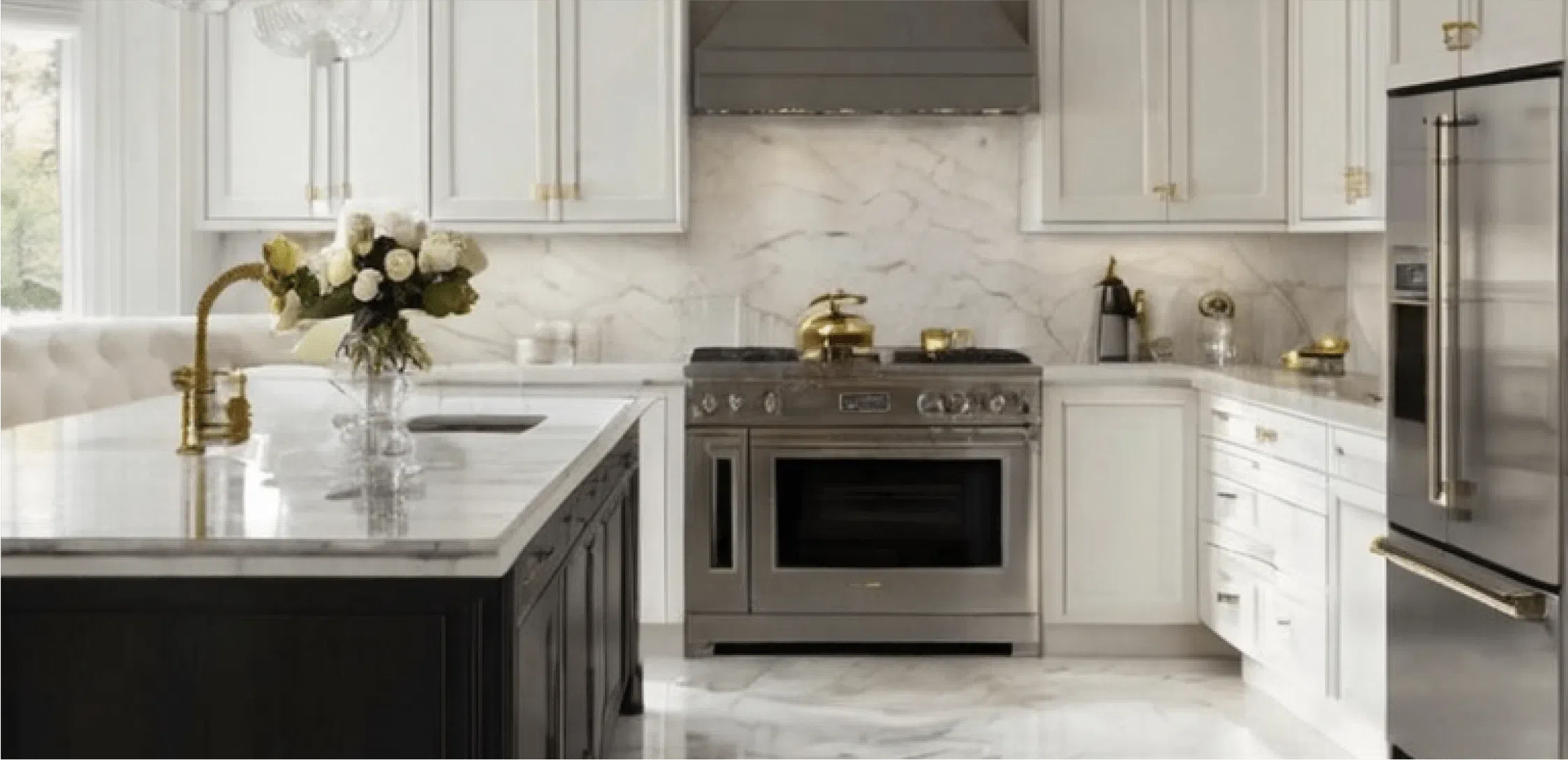 Corner Shelf
Corner Shelf Clearance
Clearance





Leave a comment